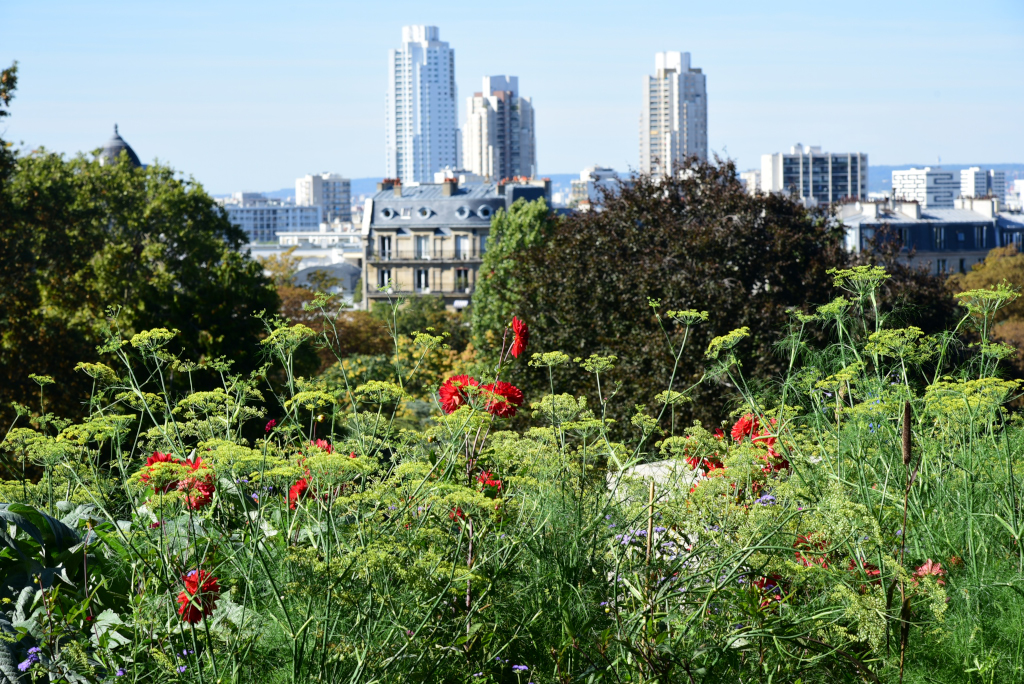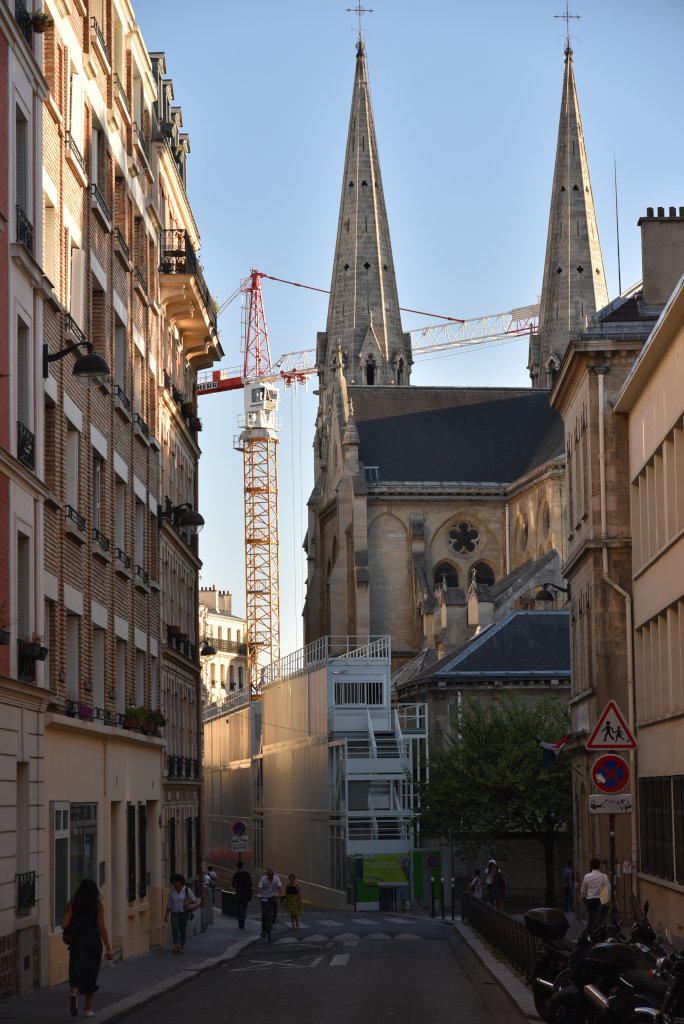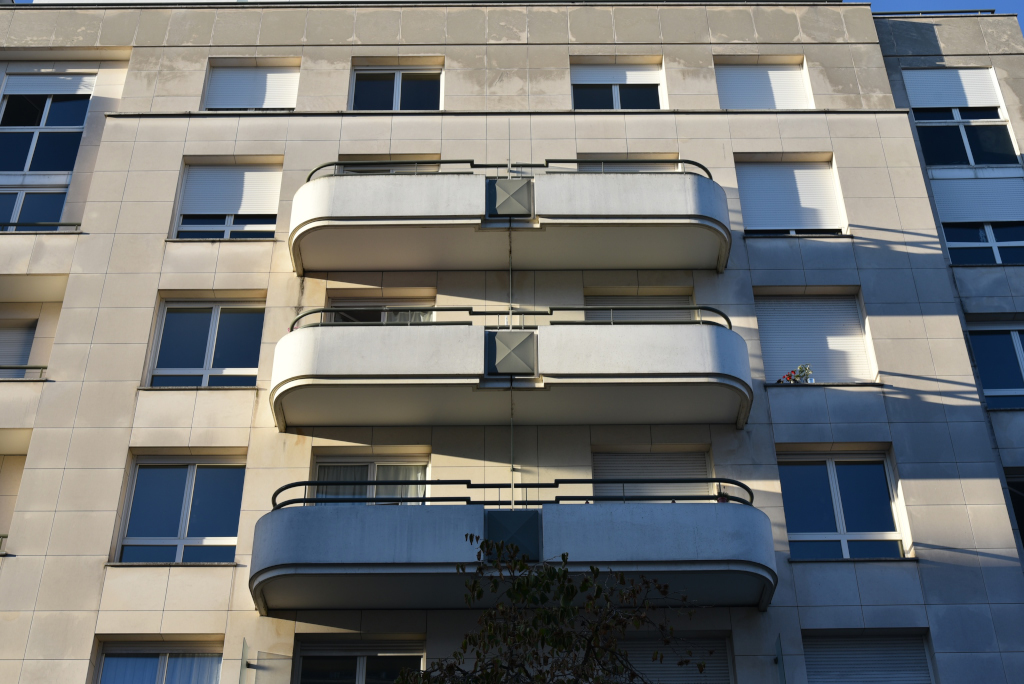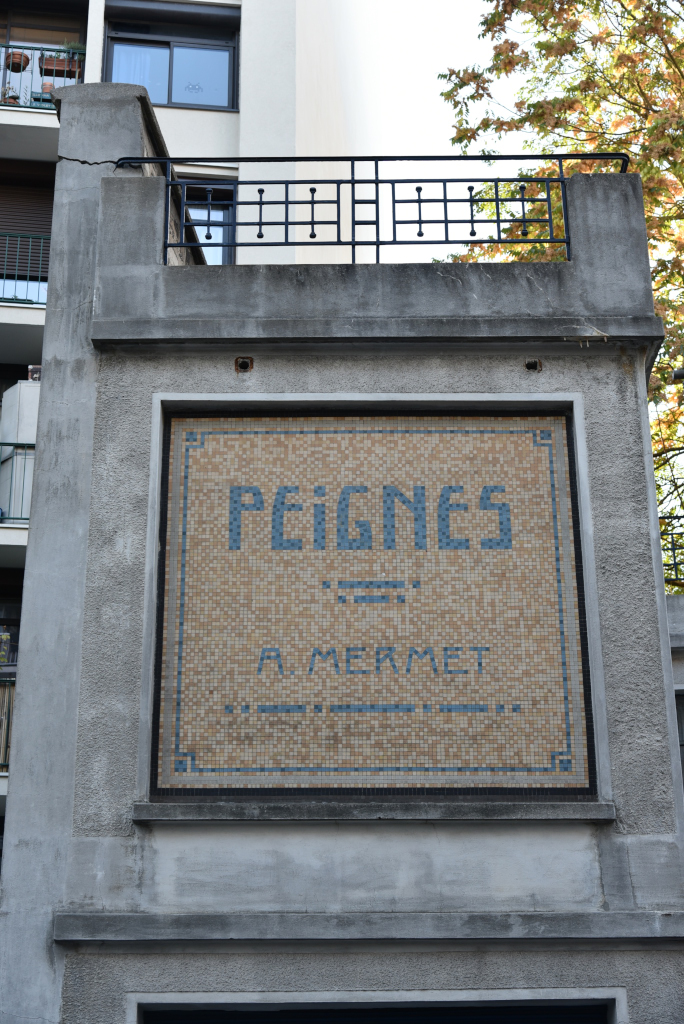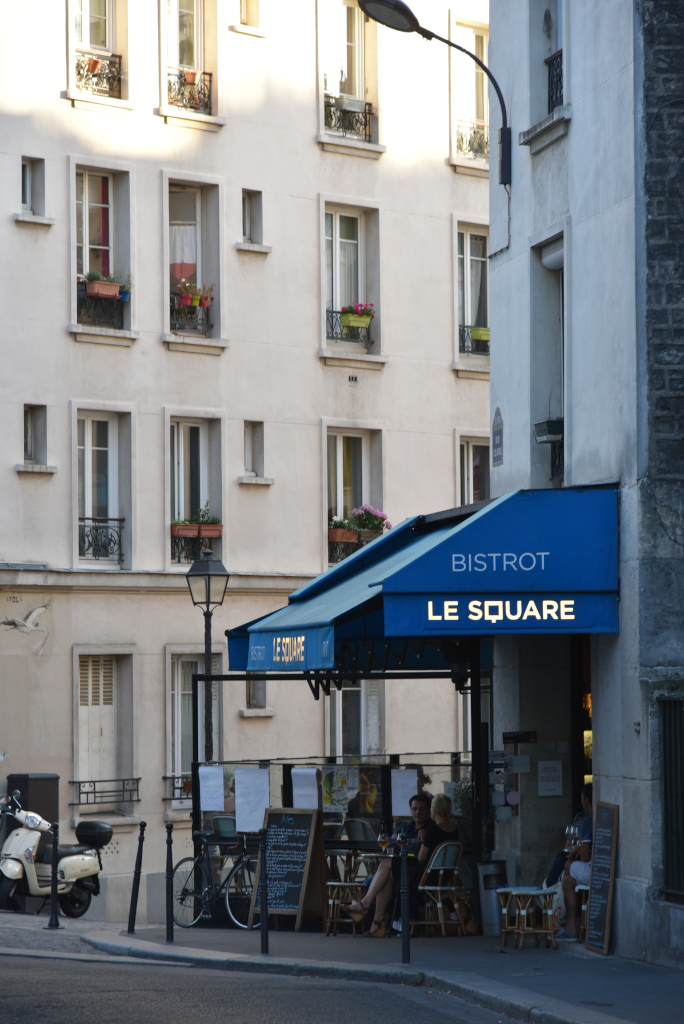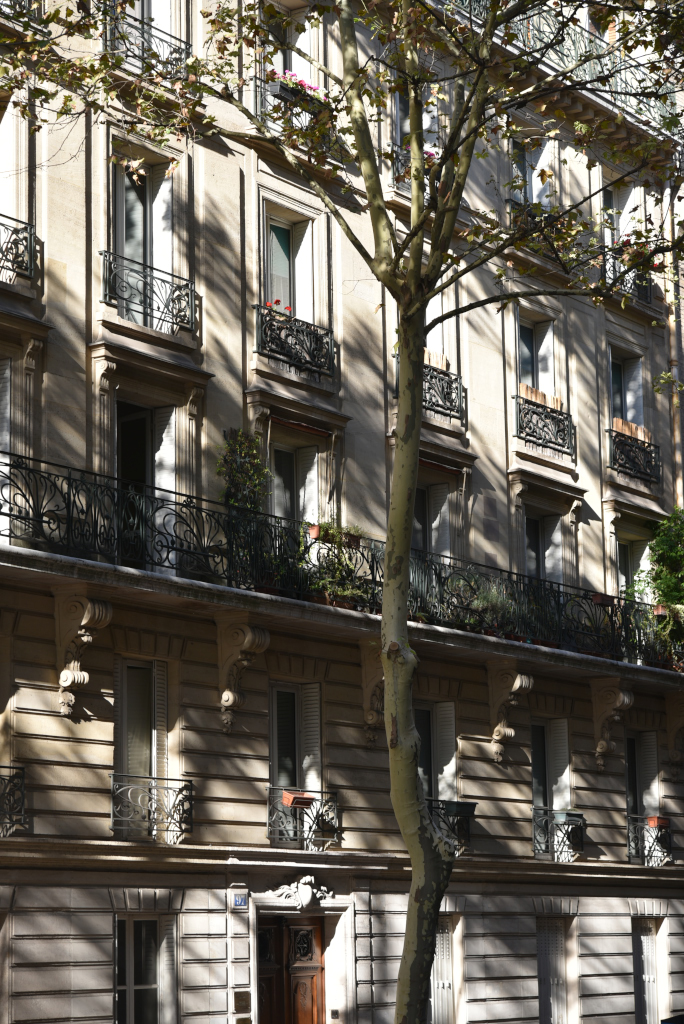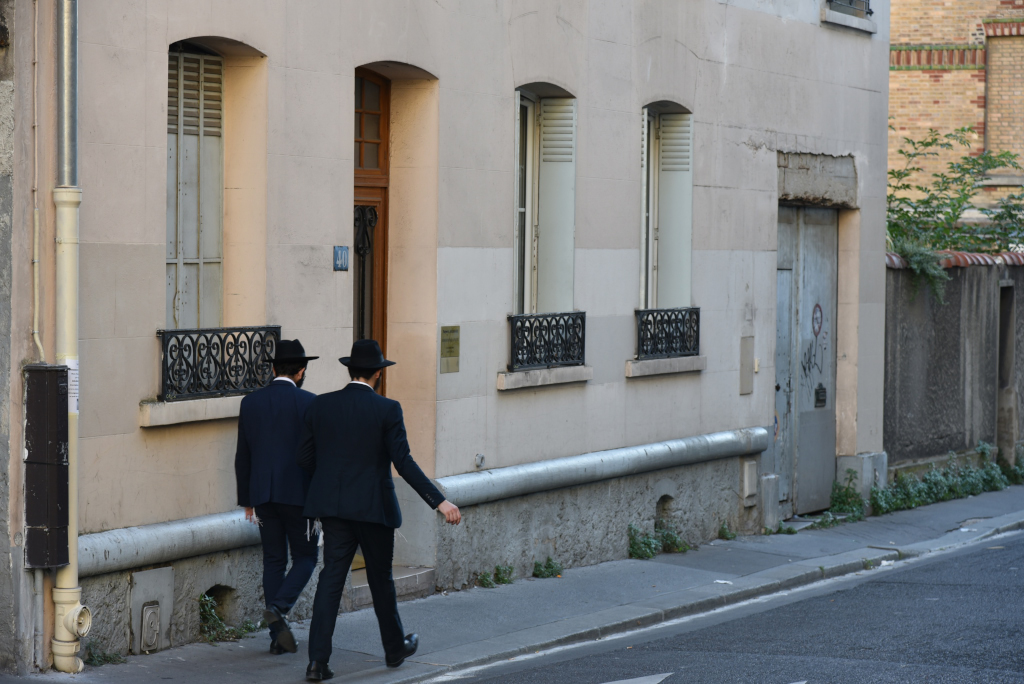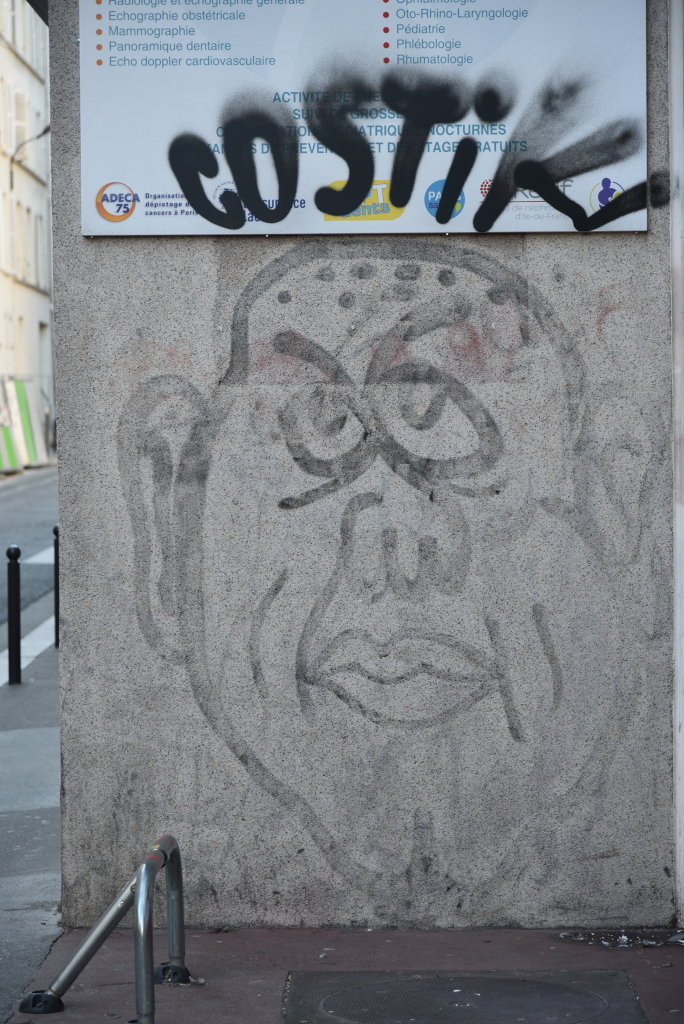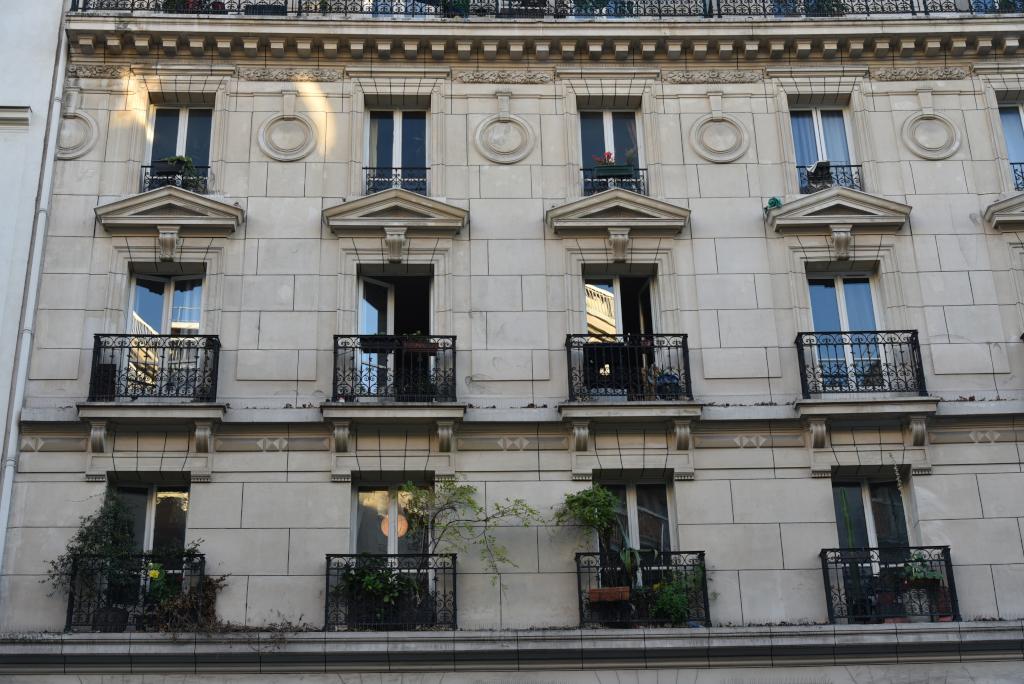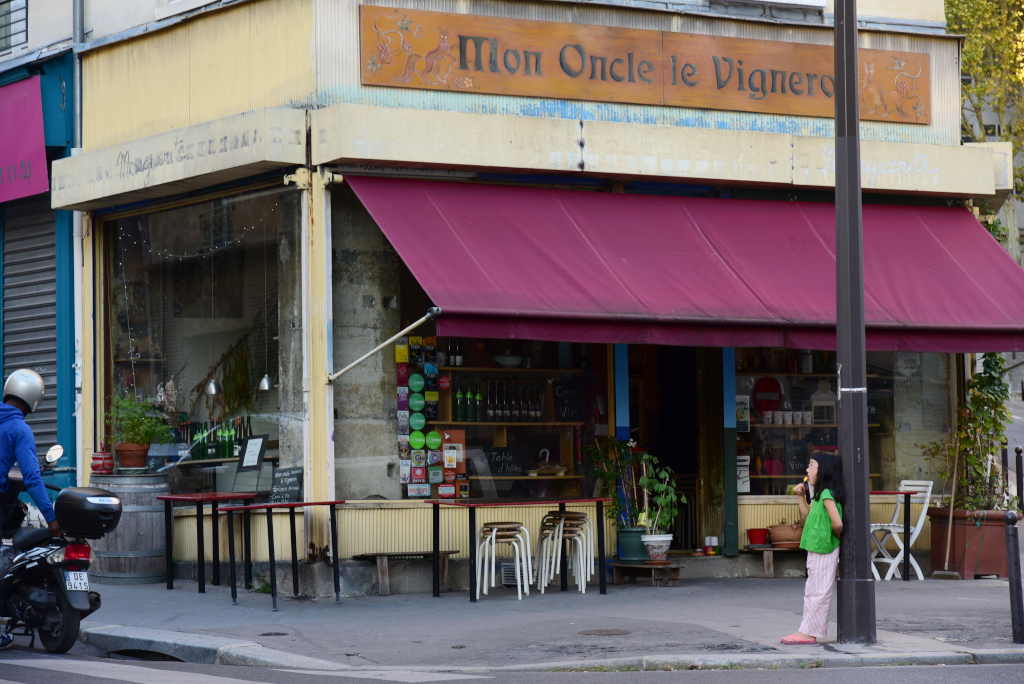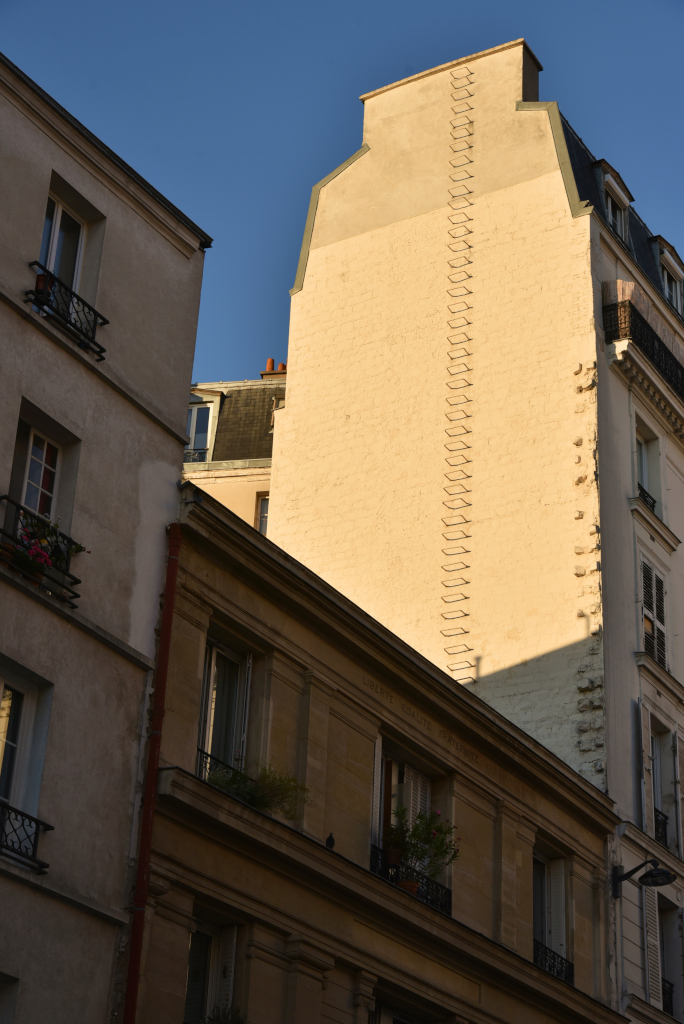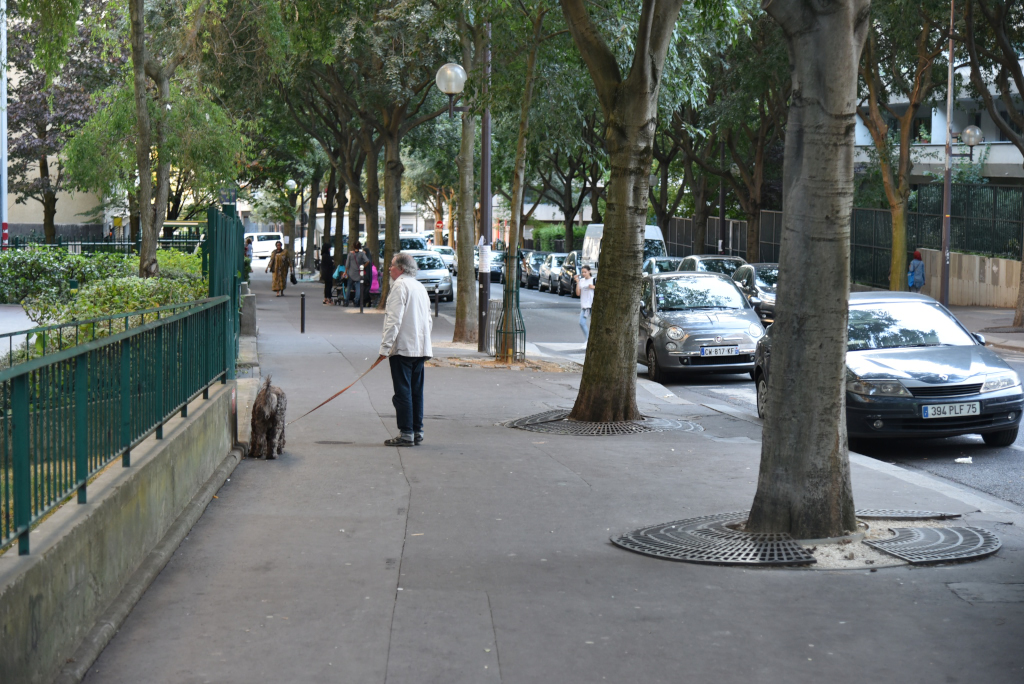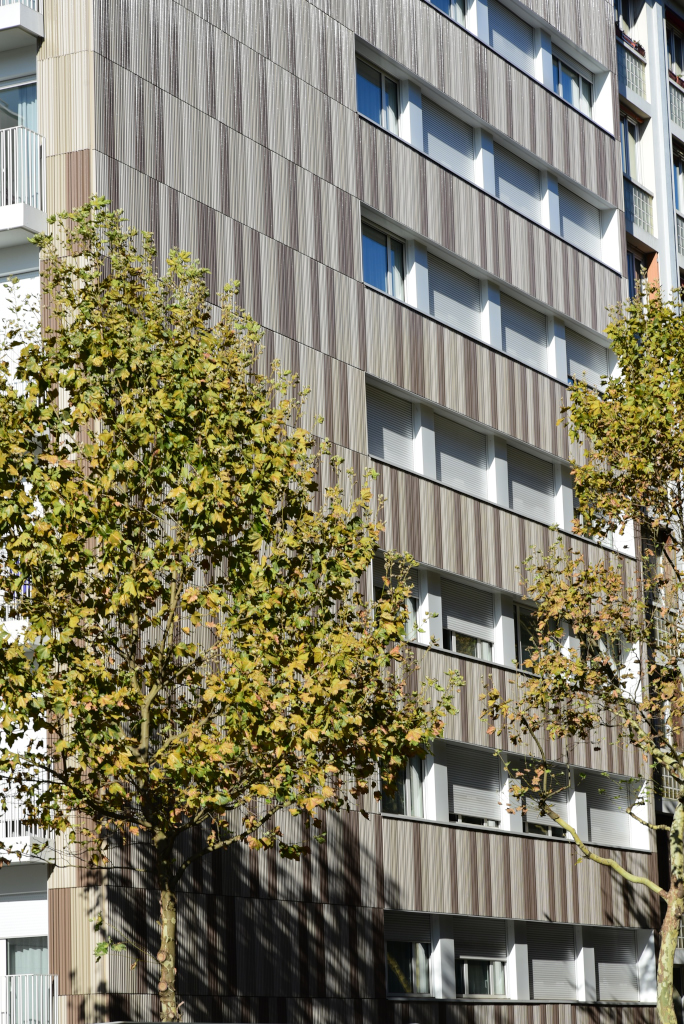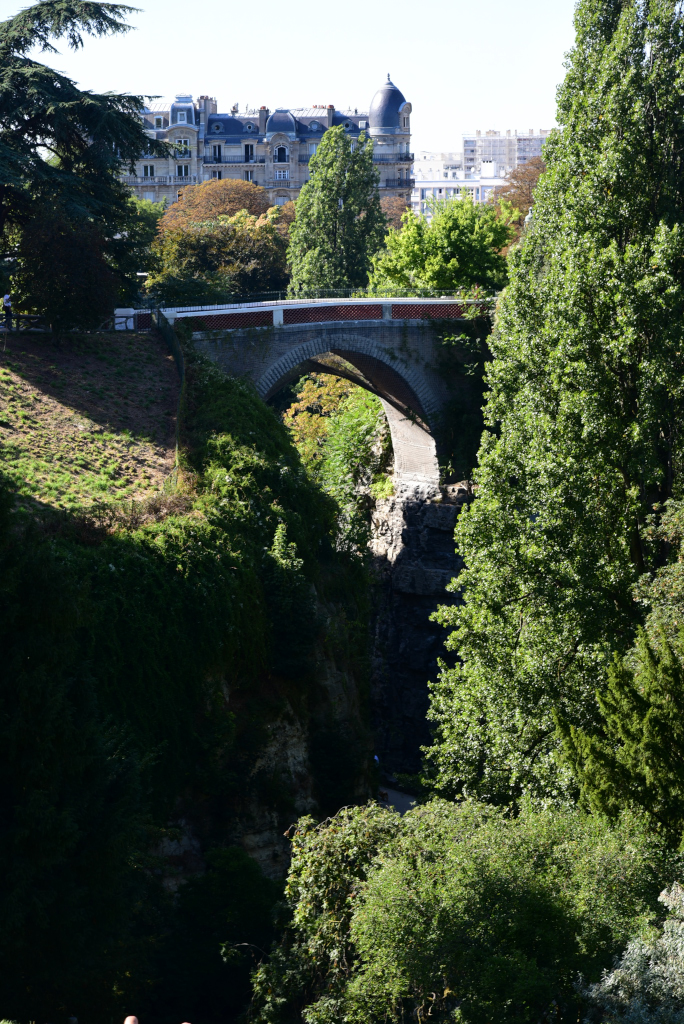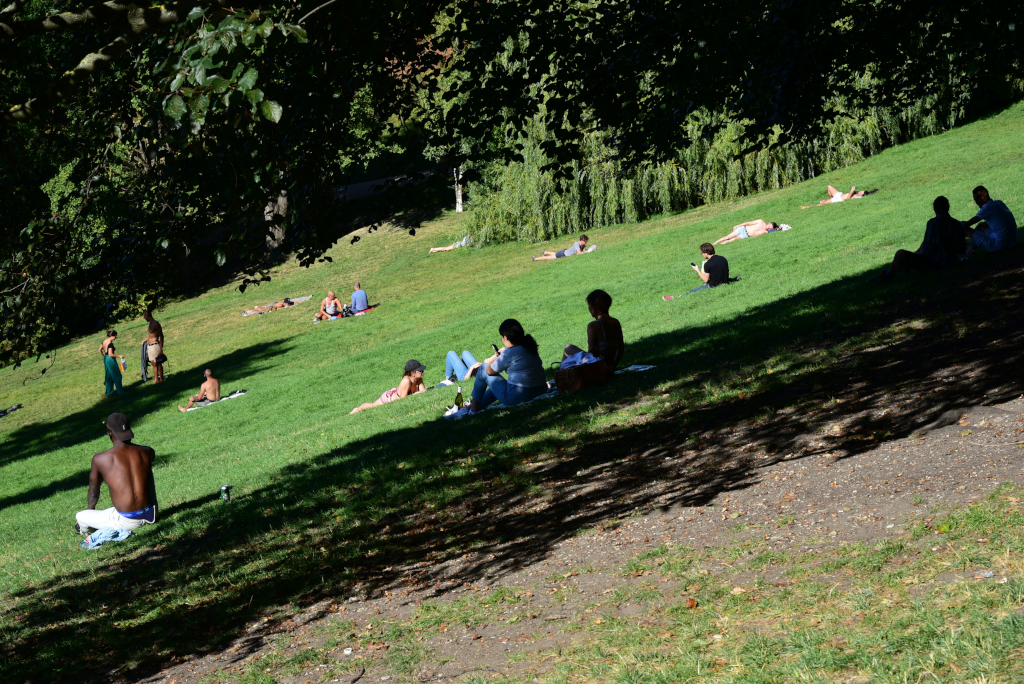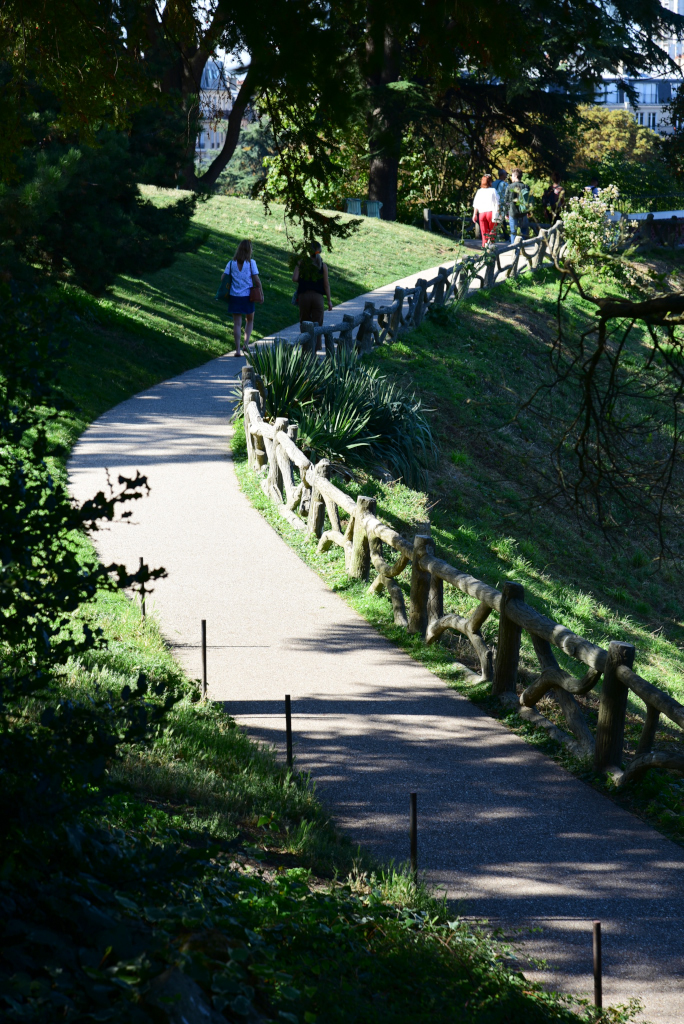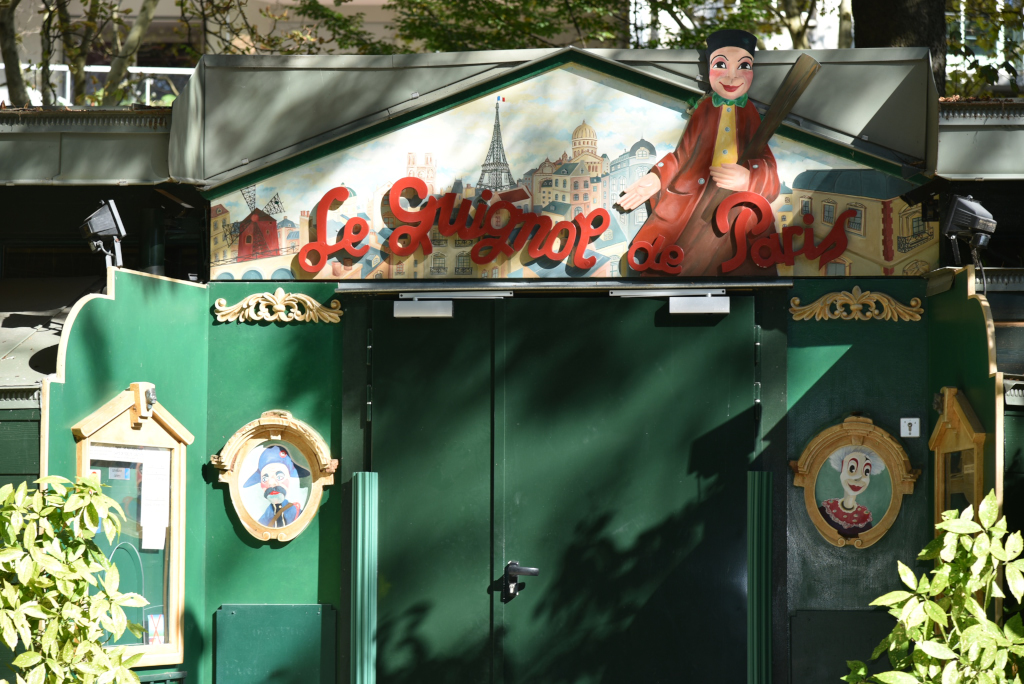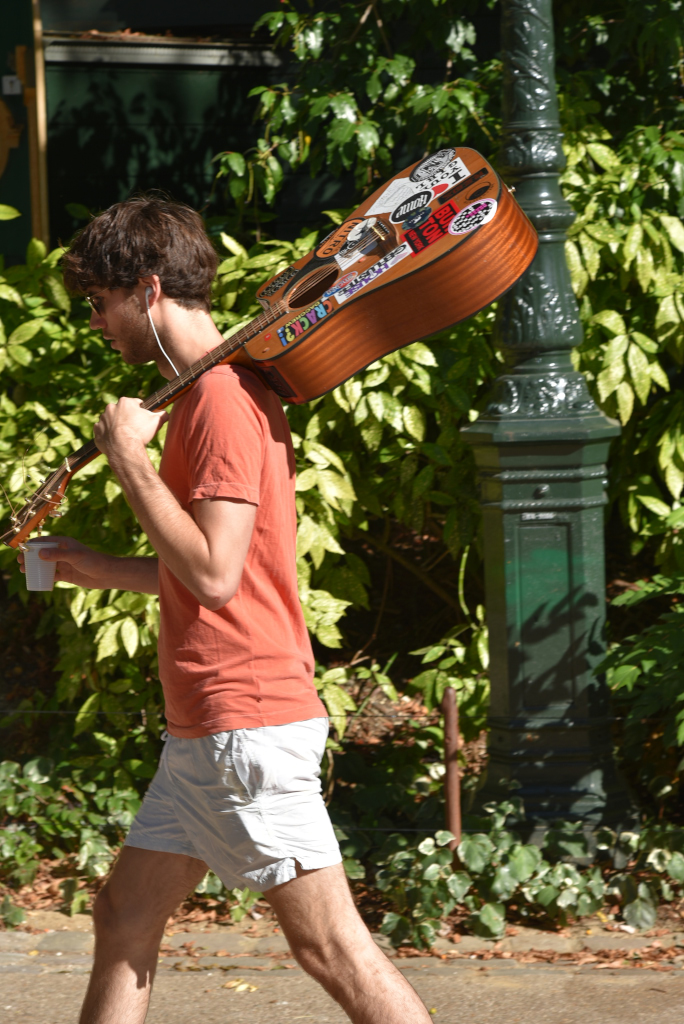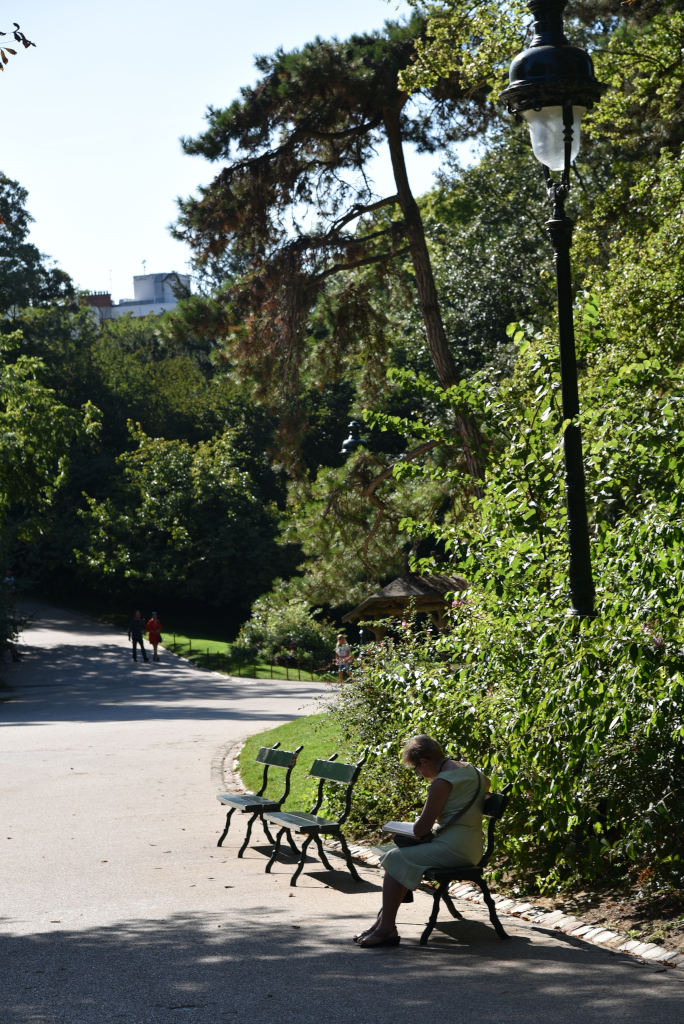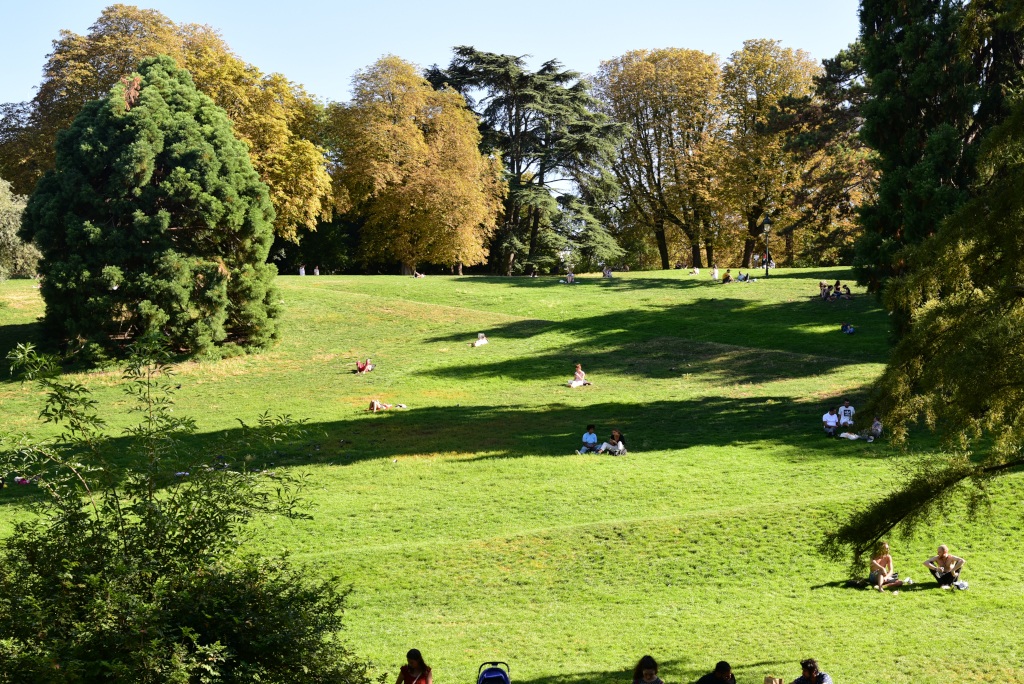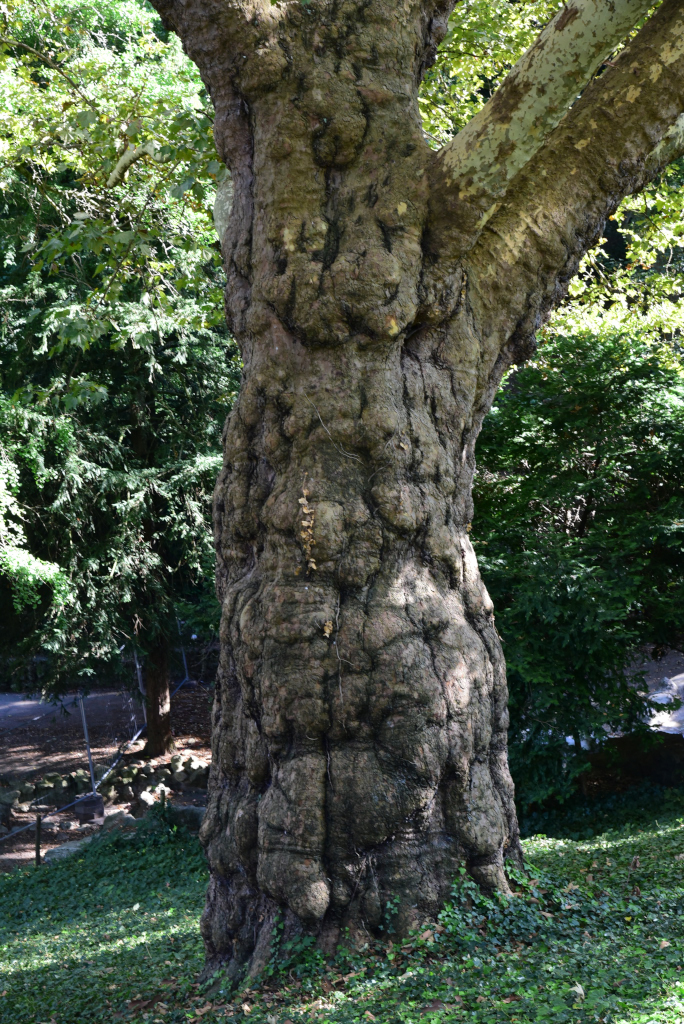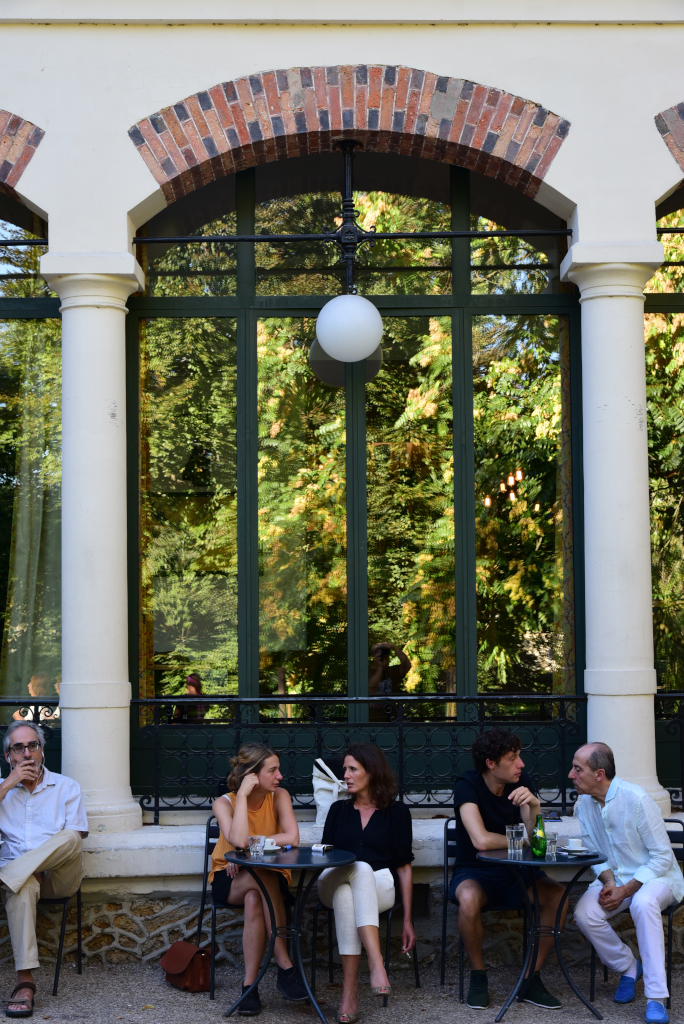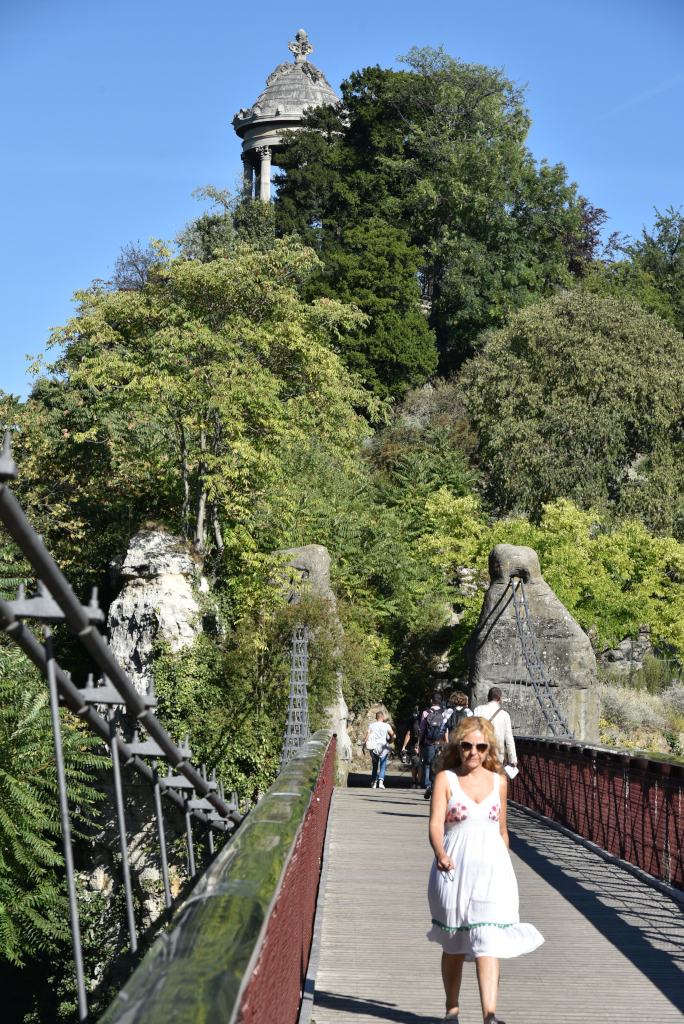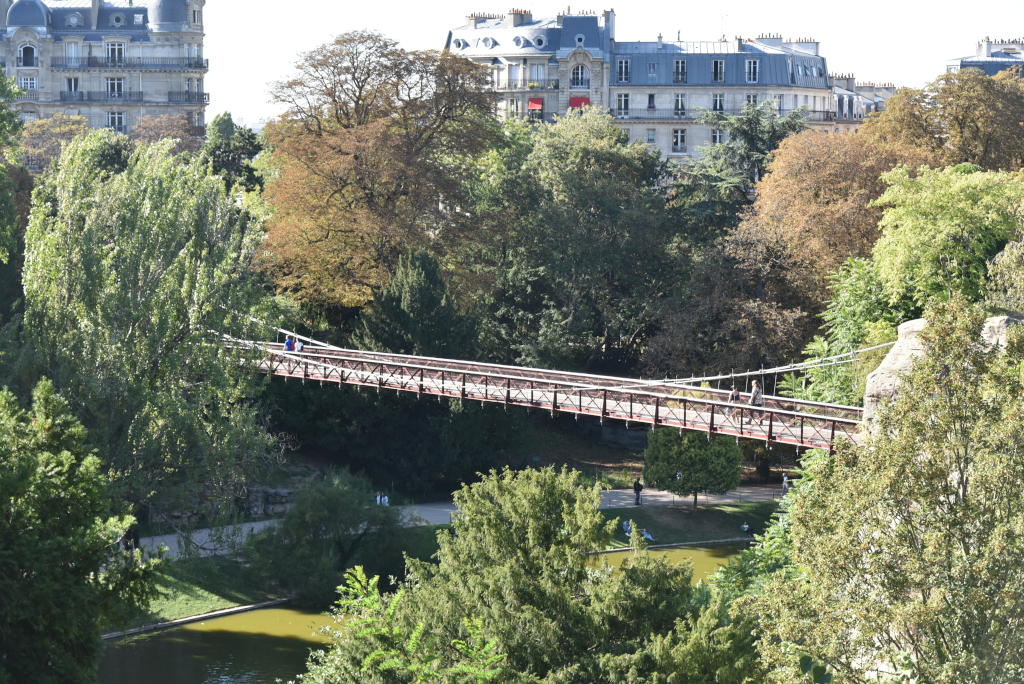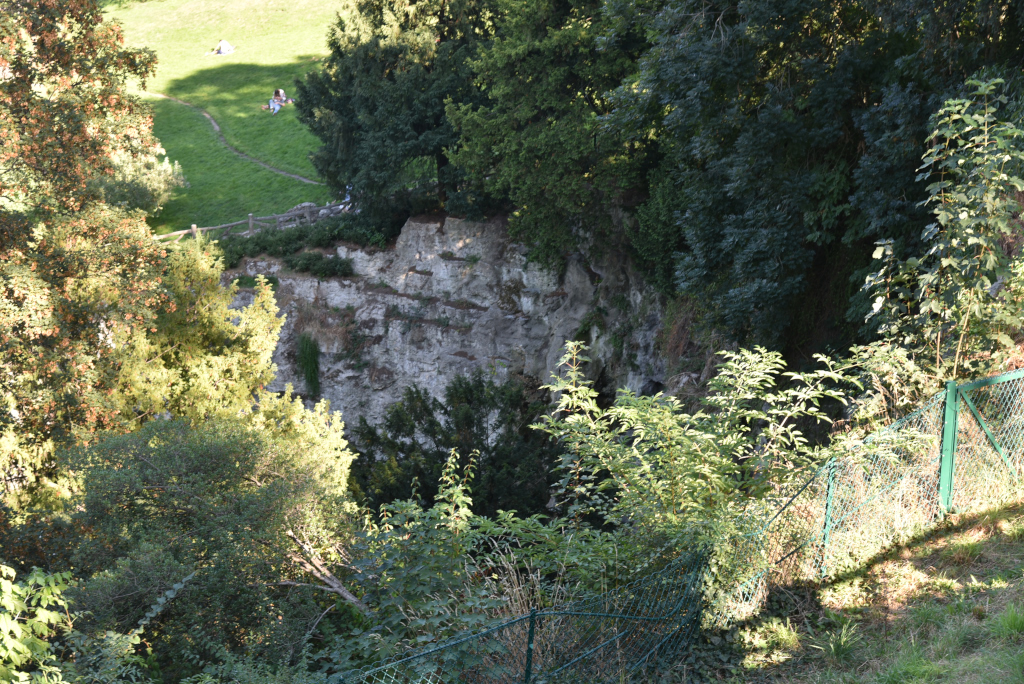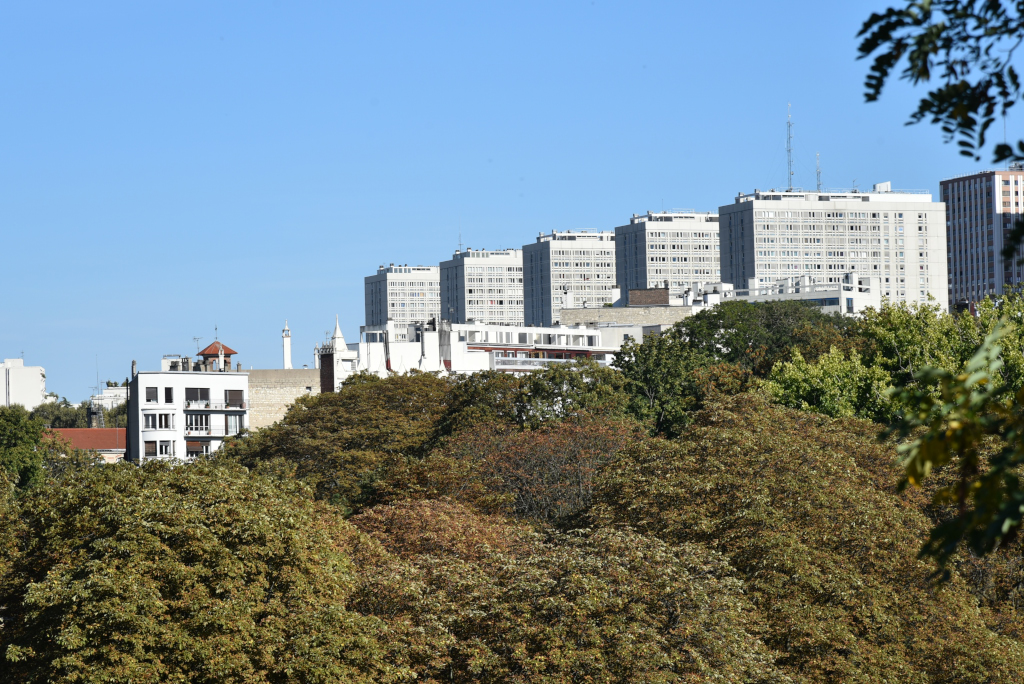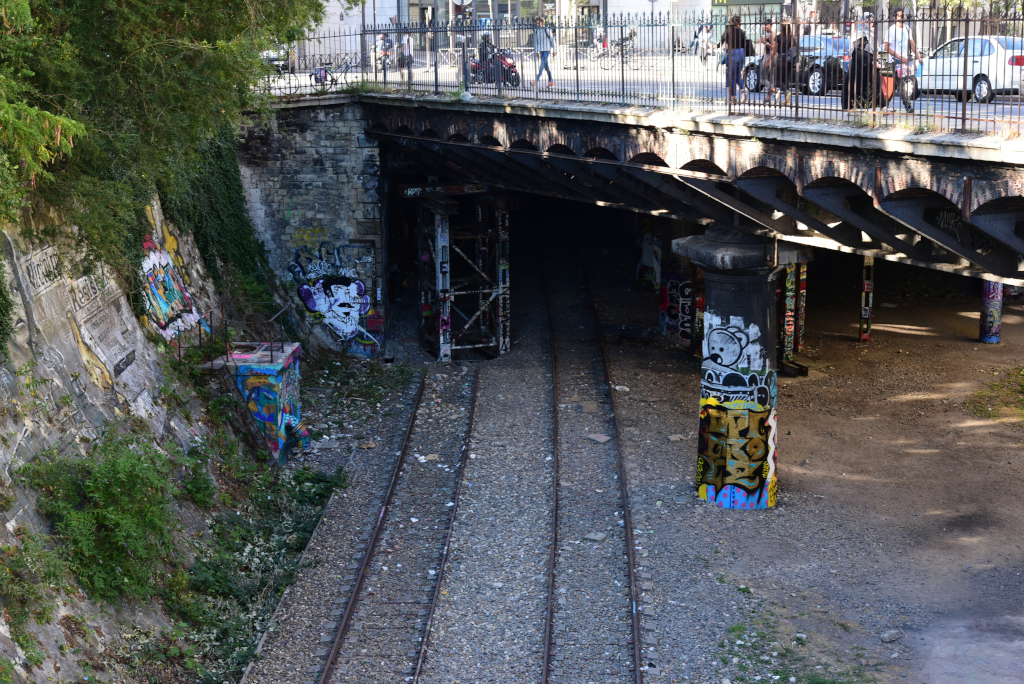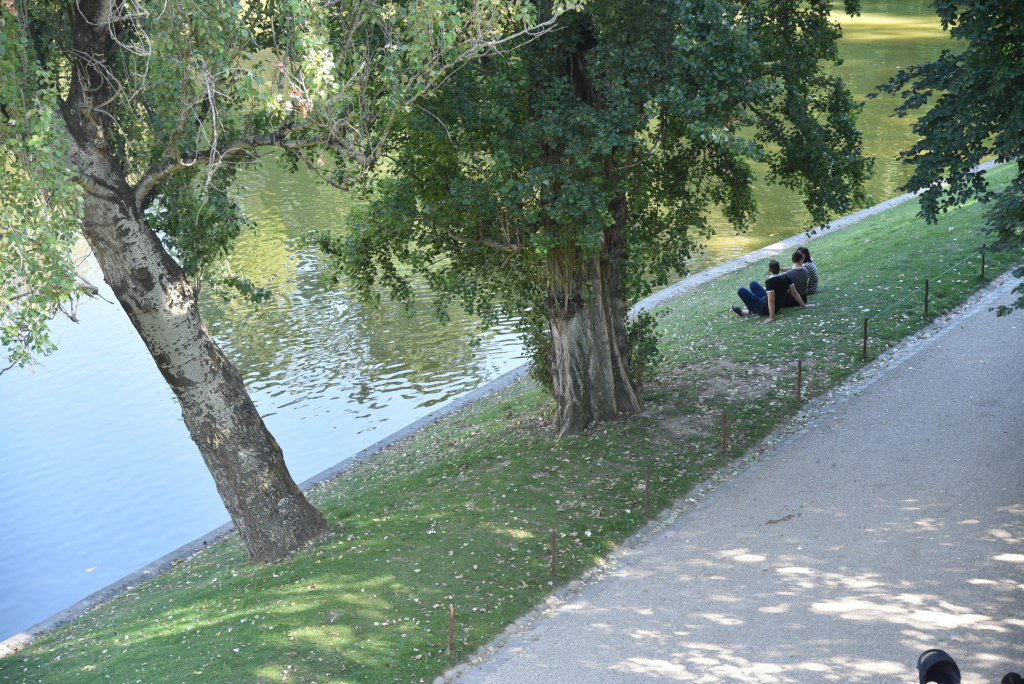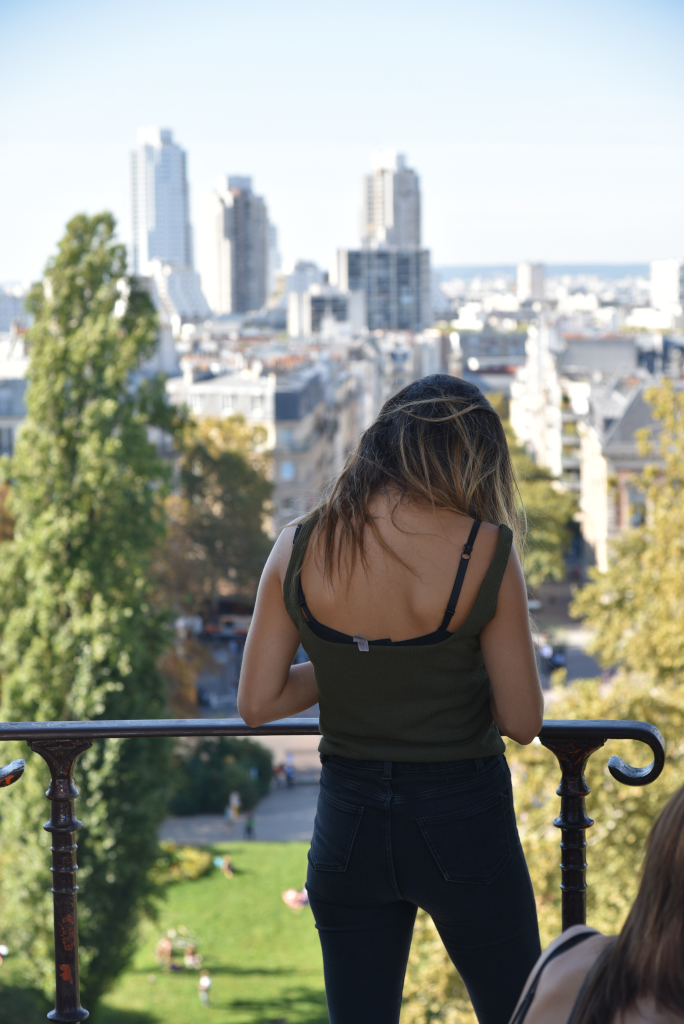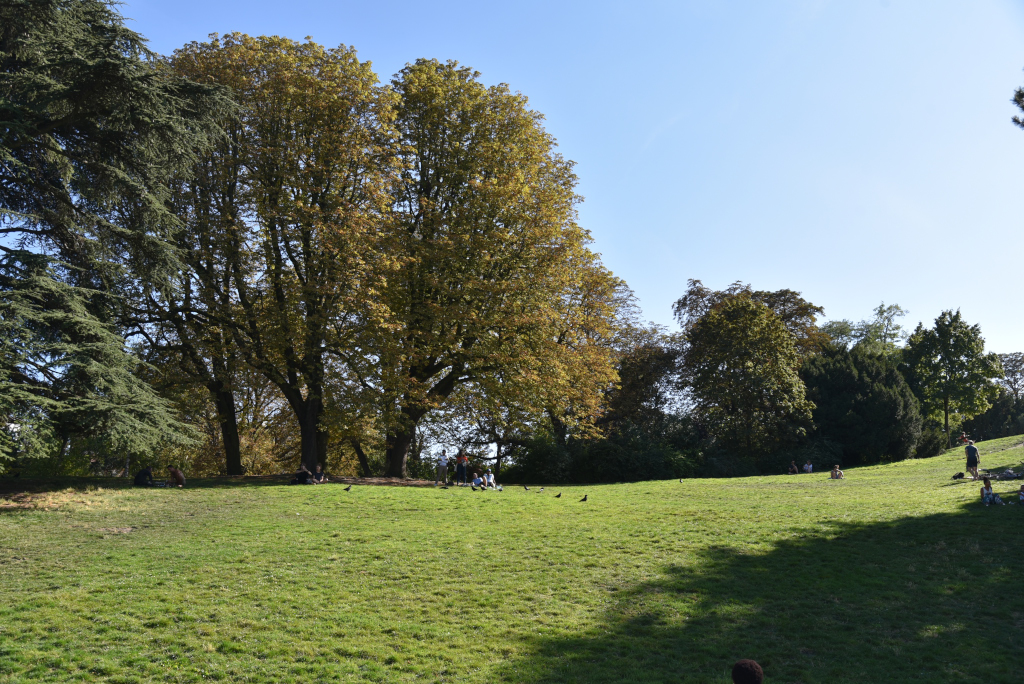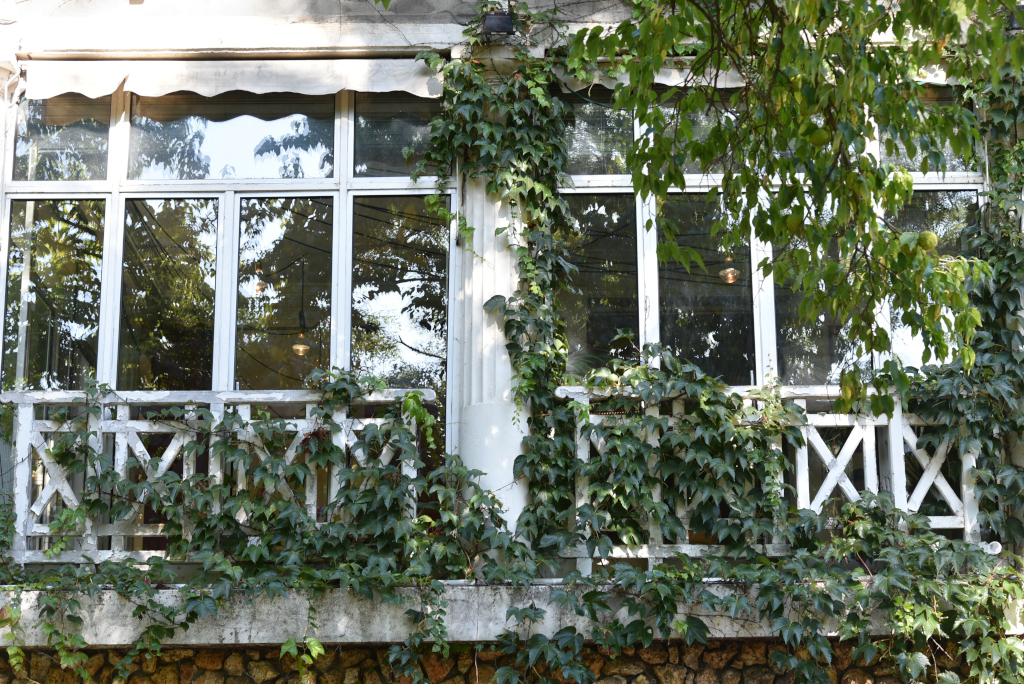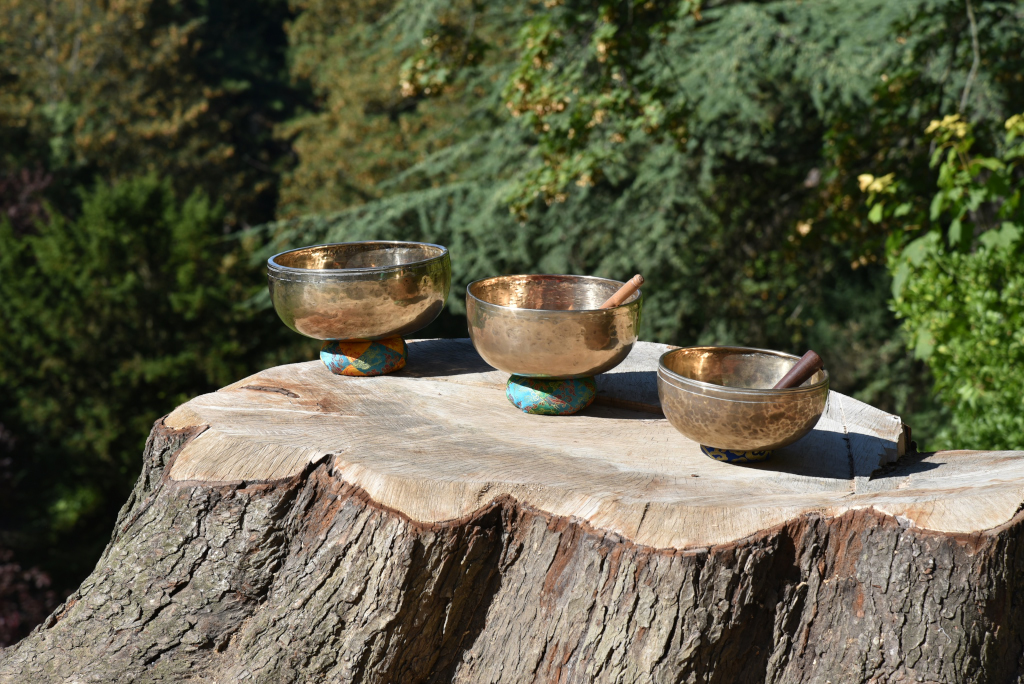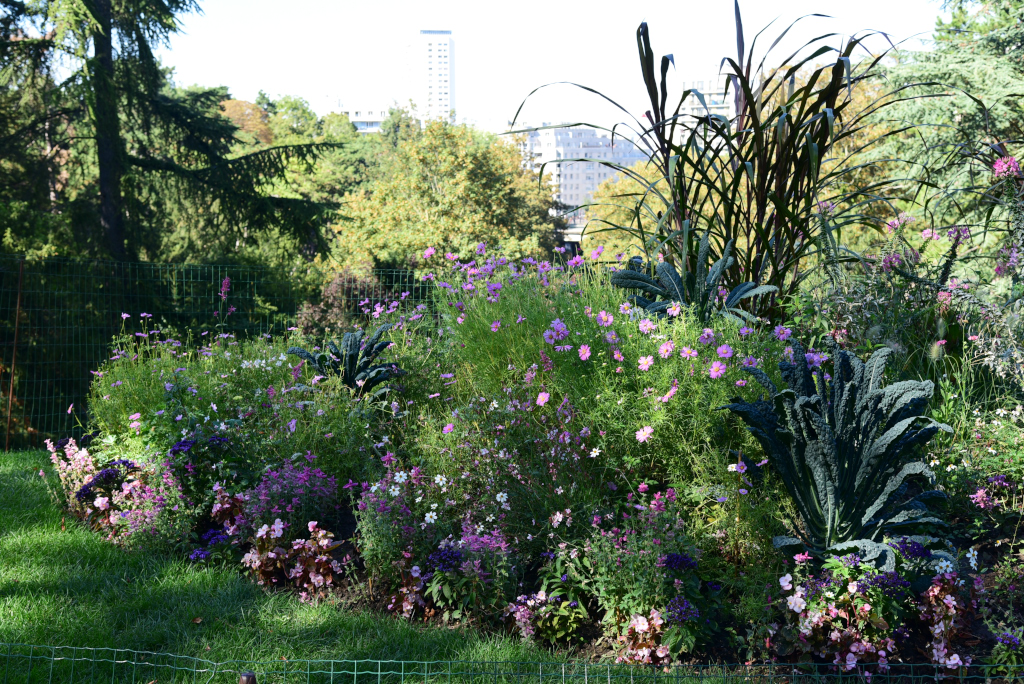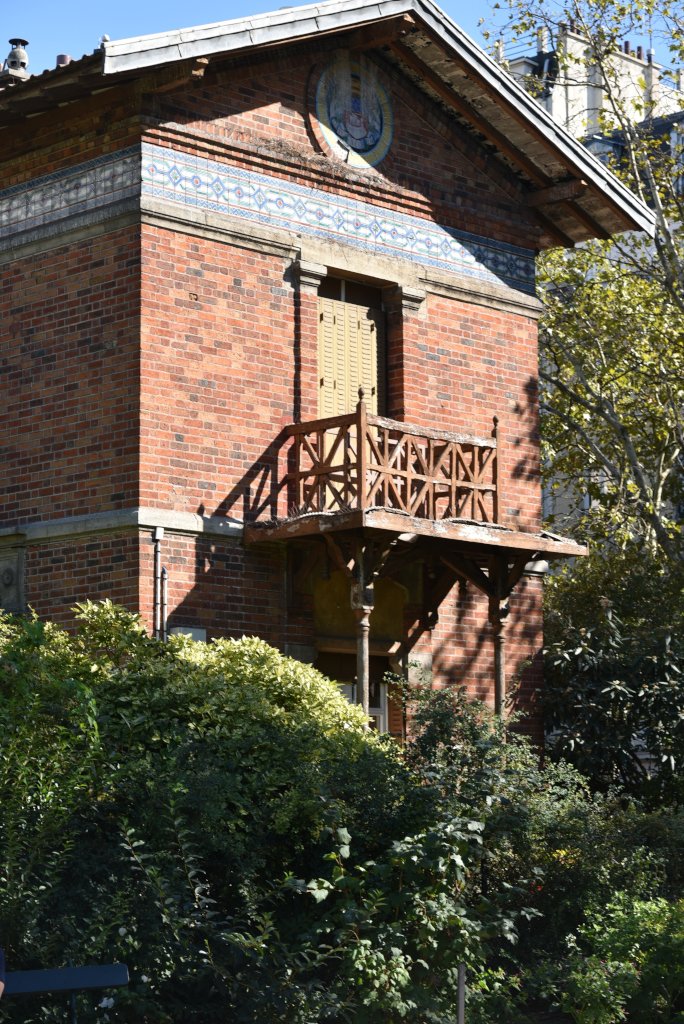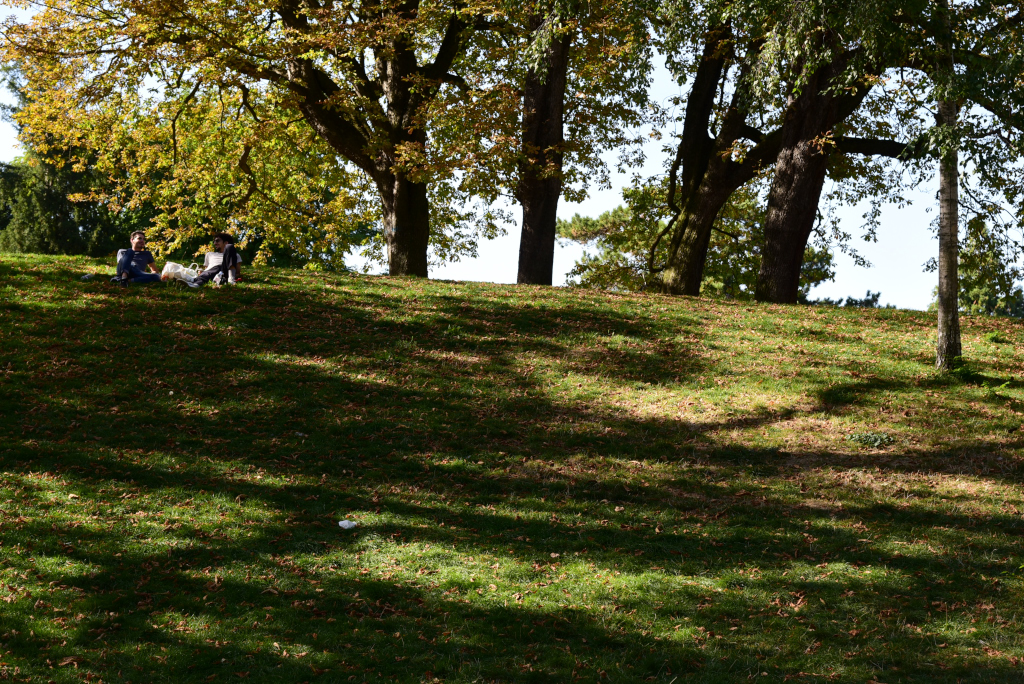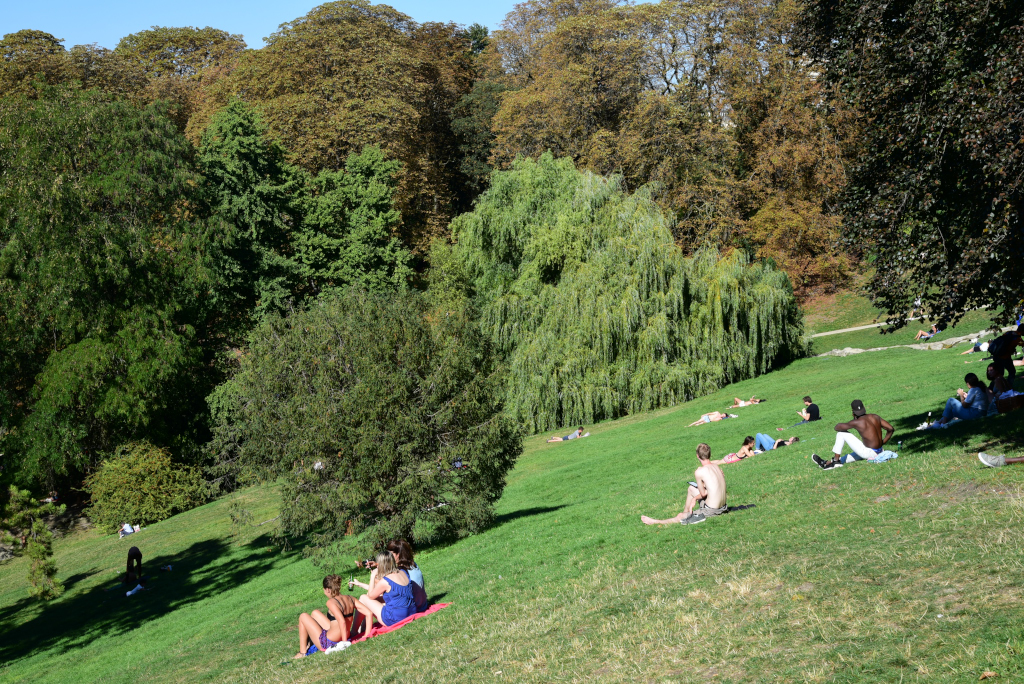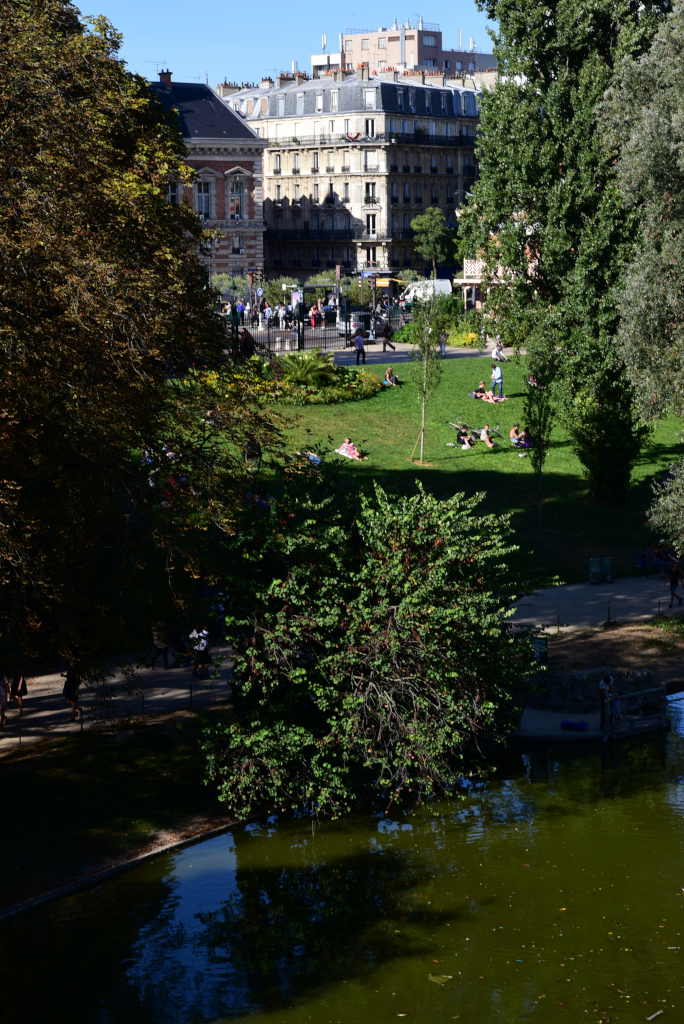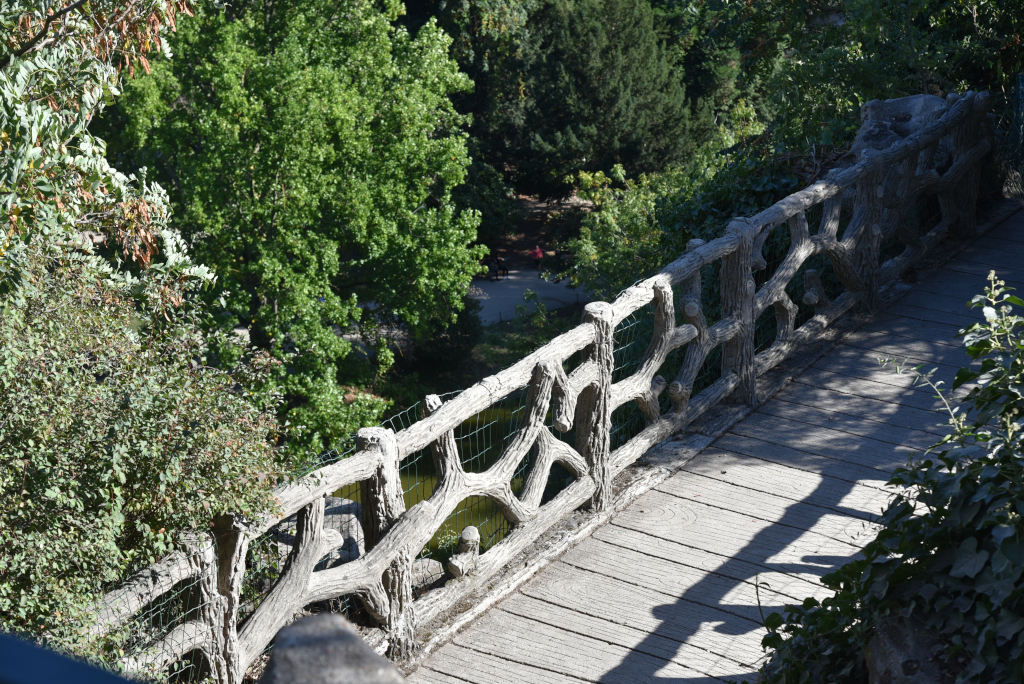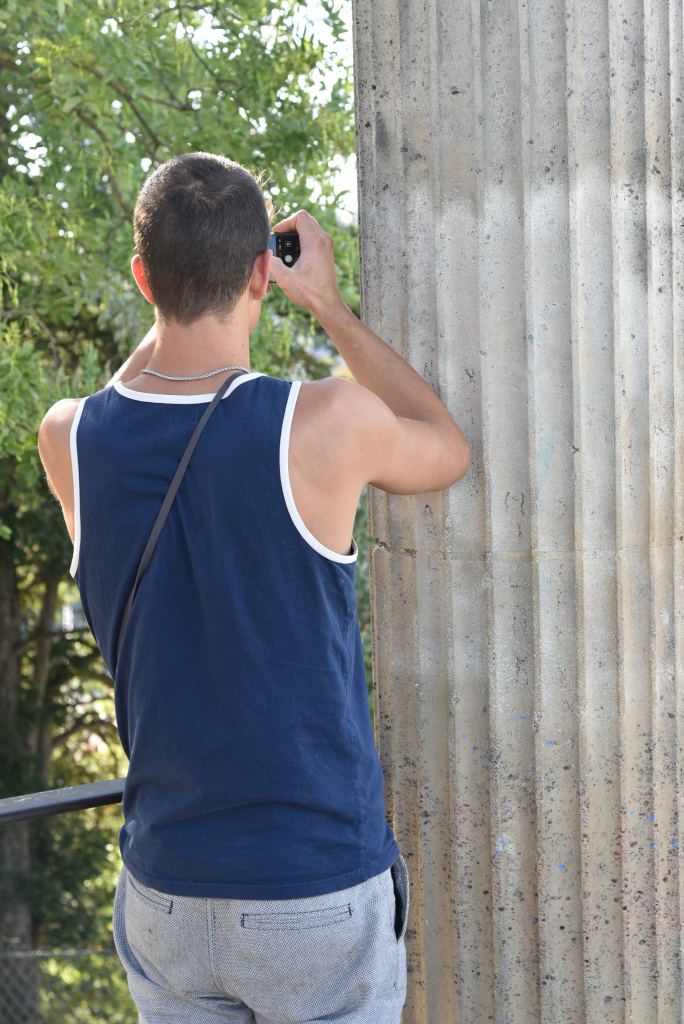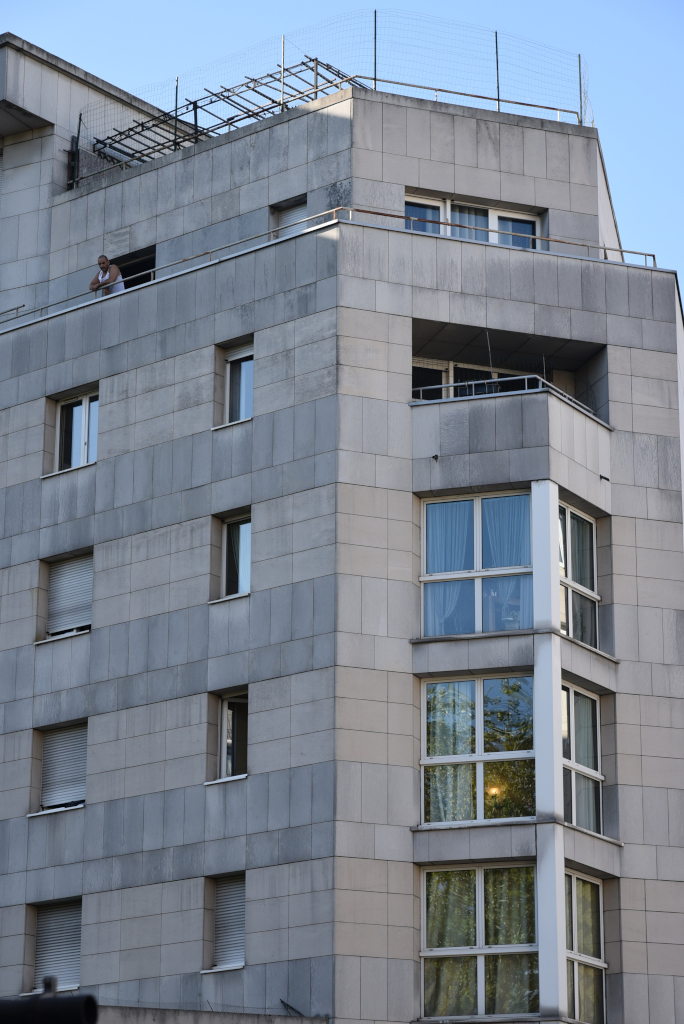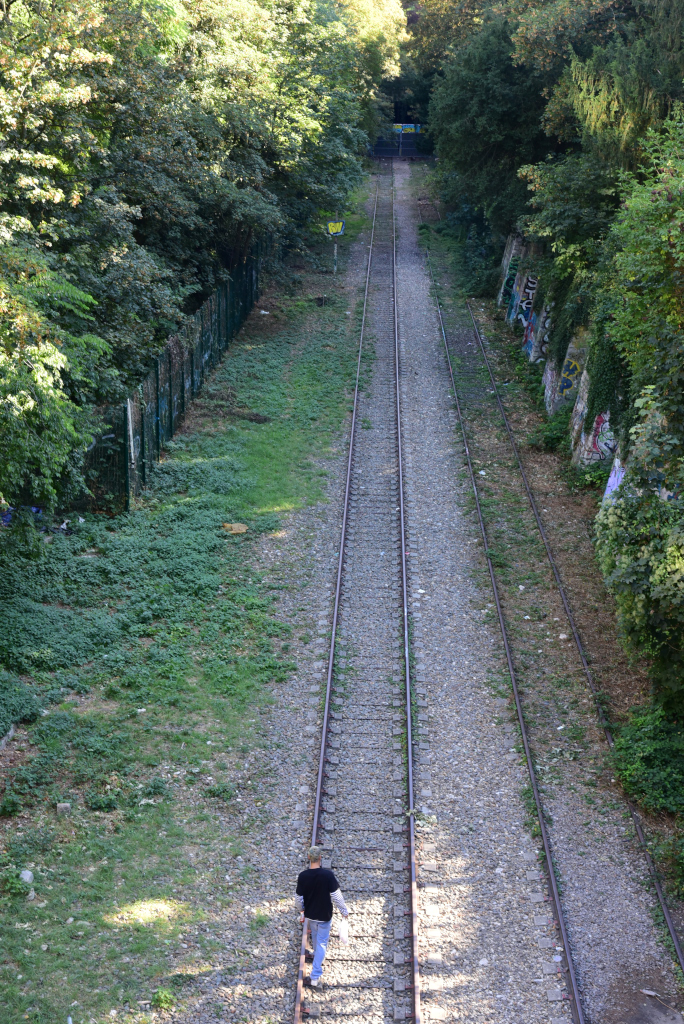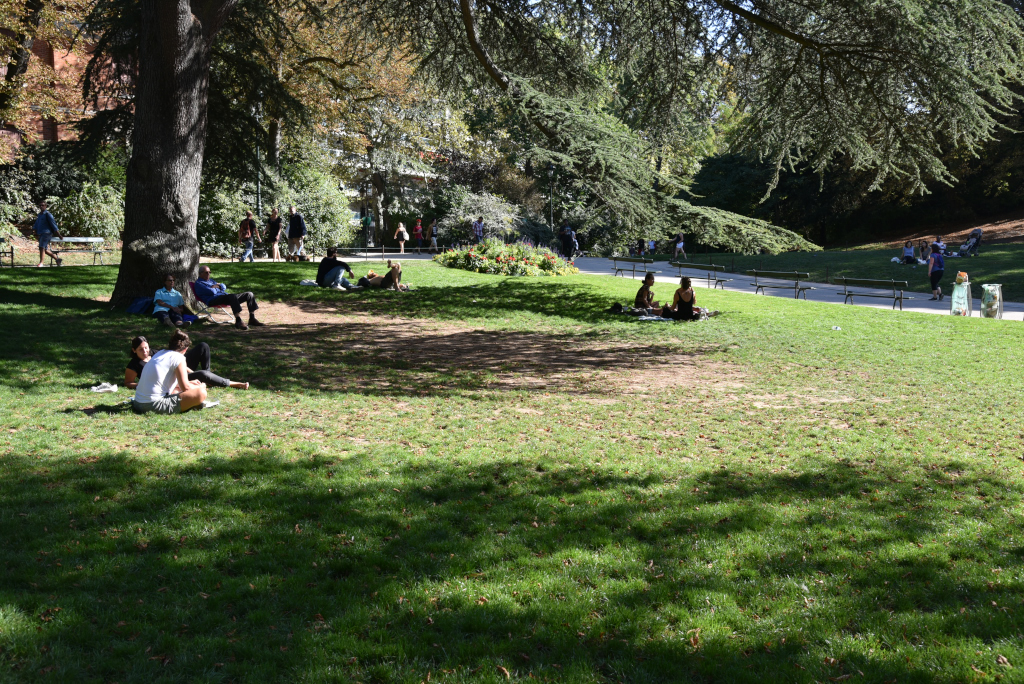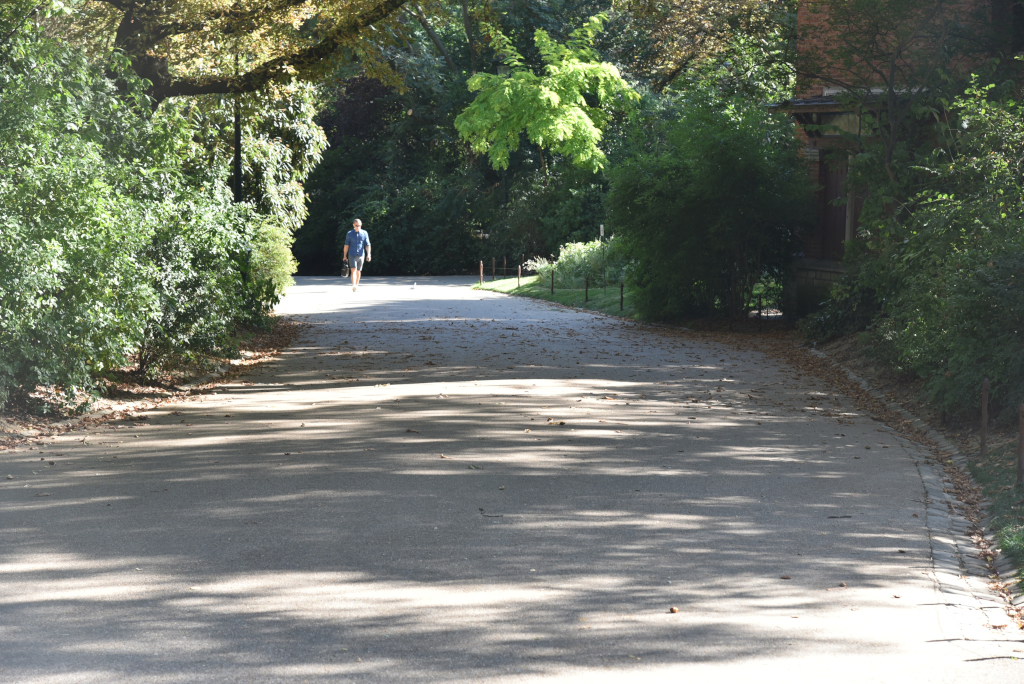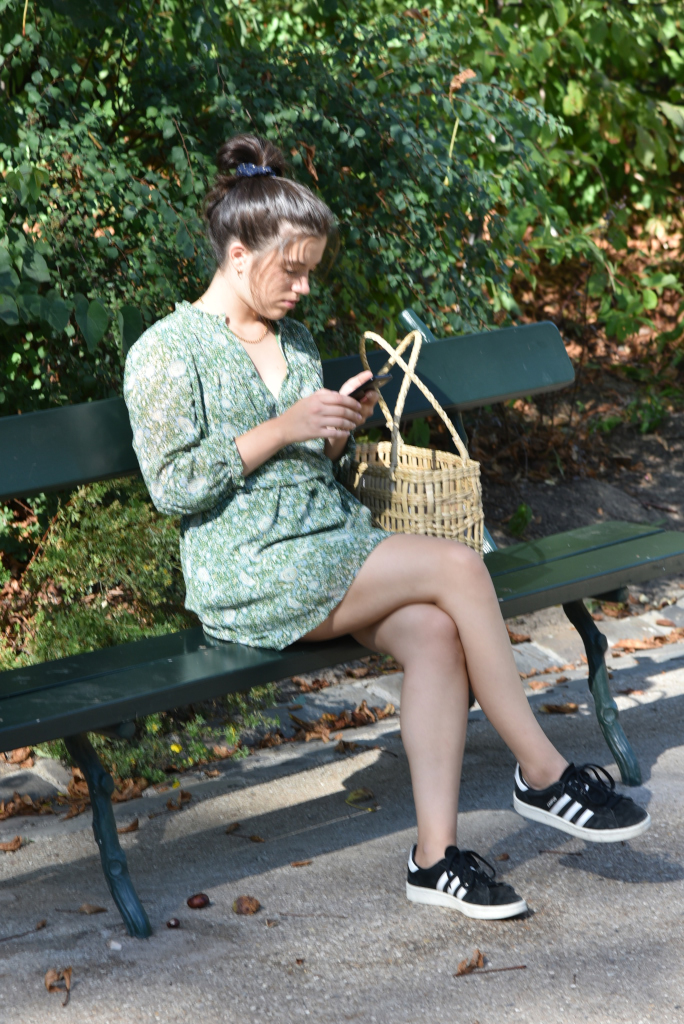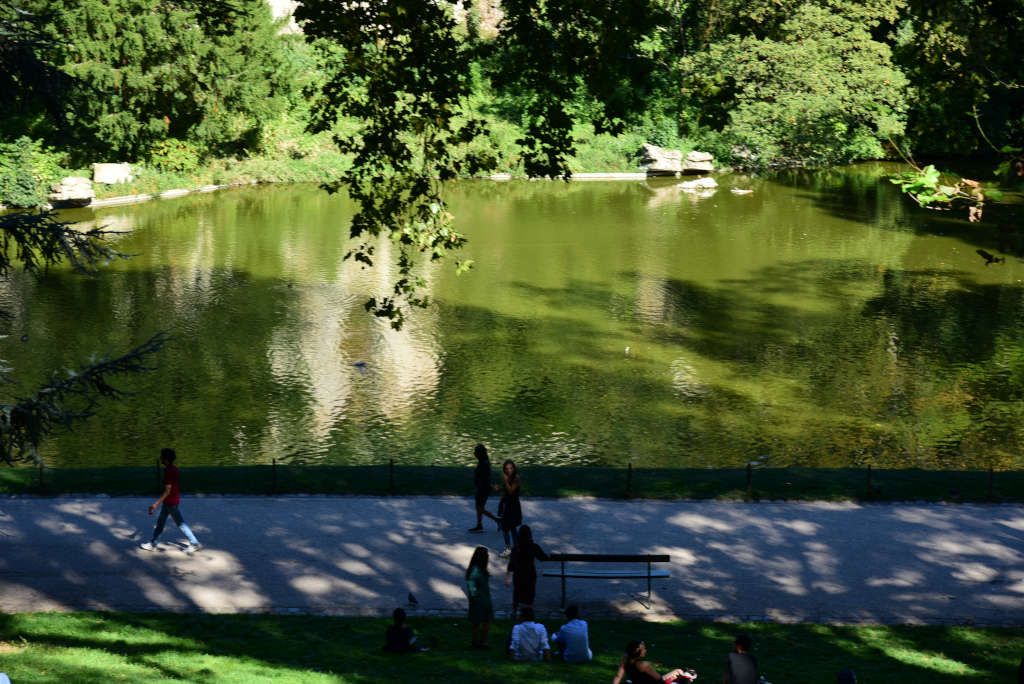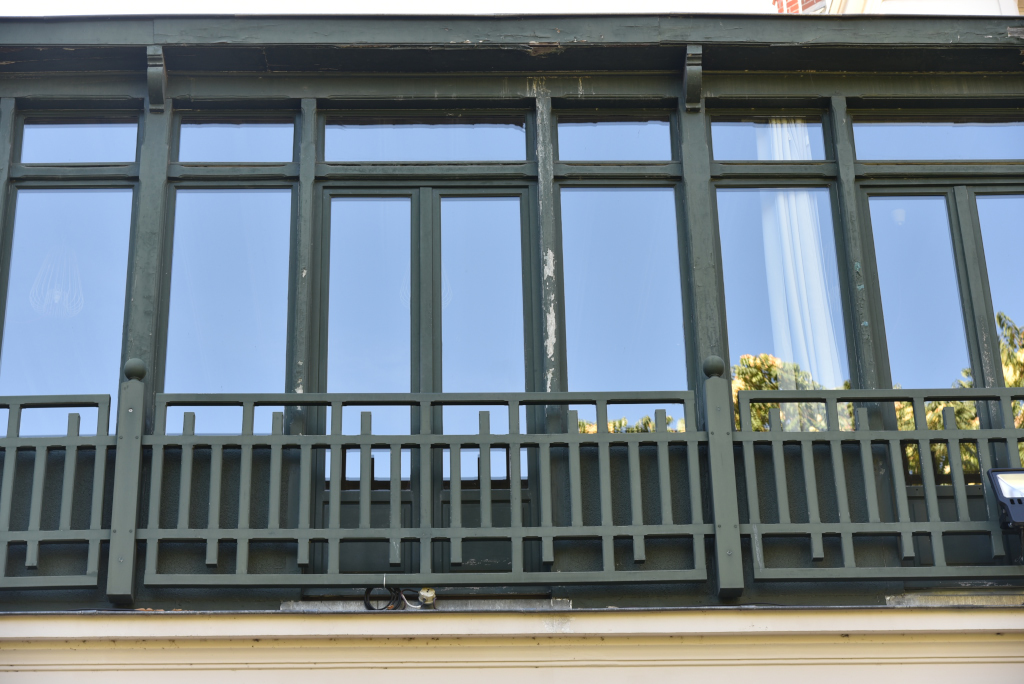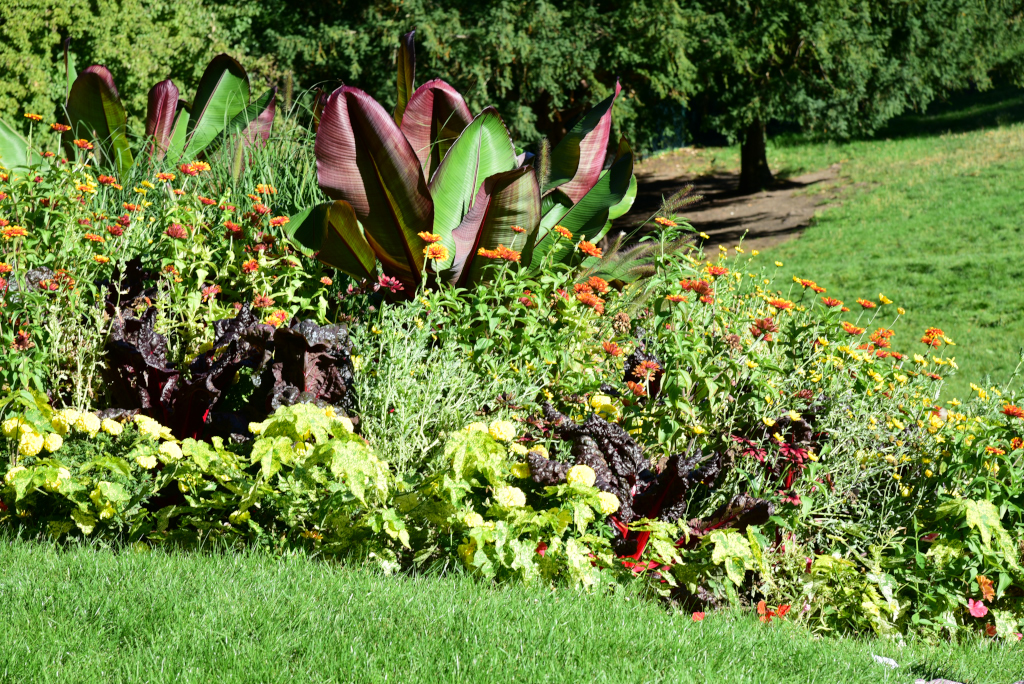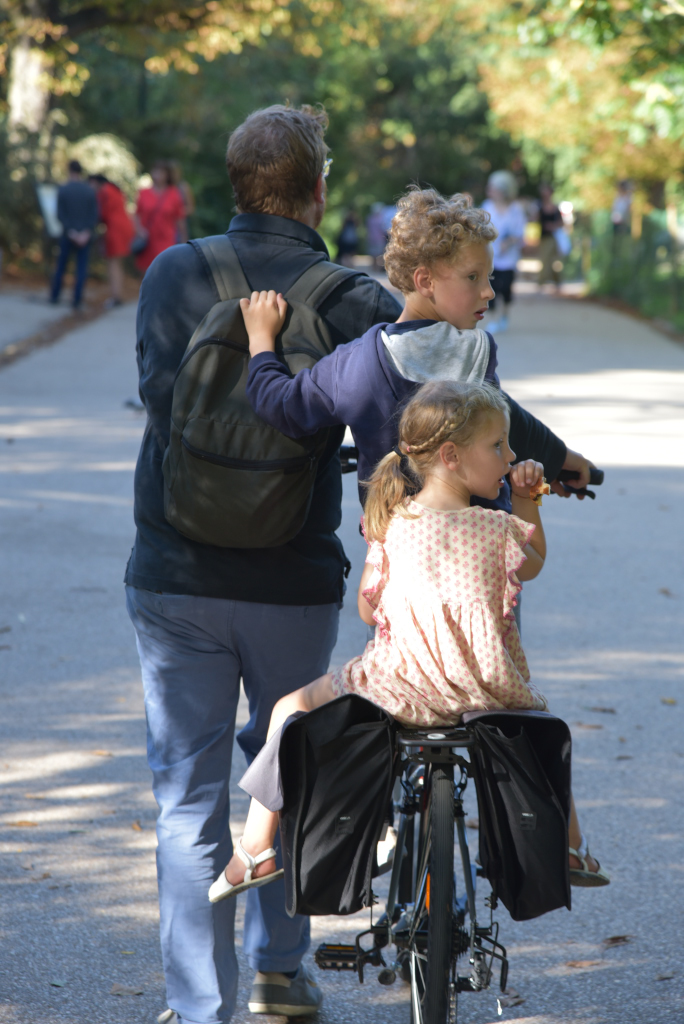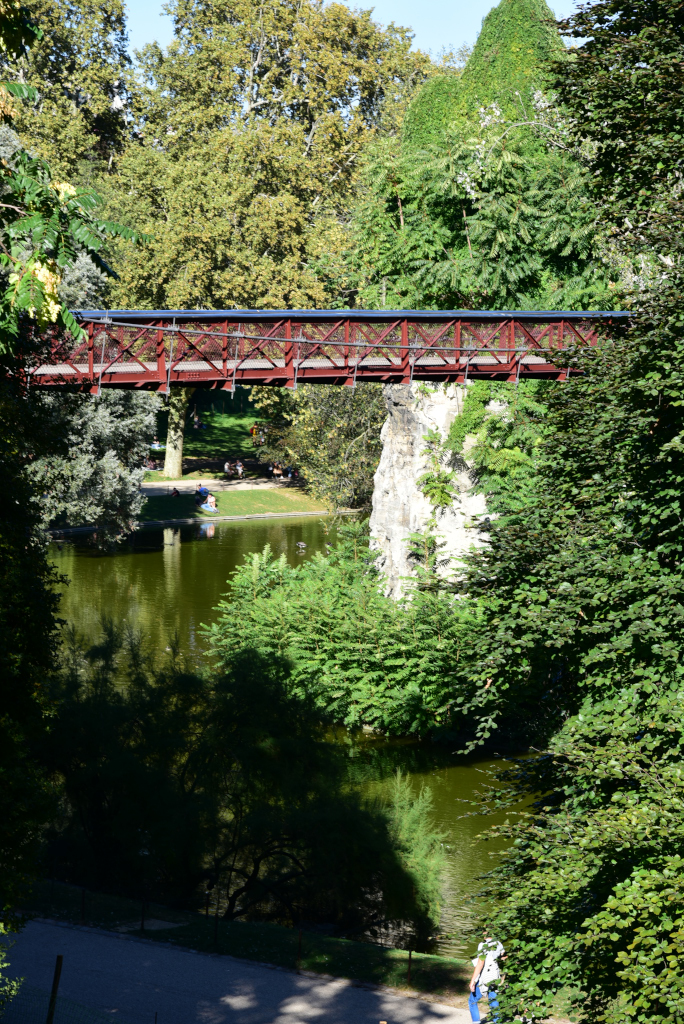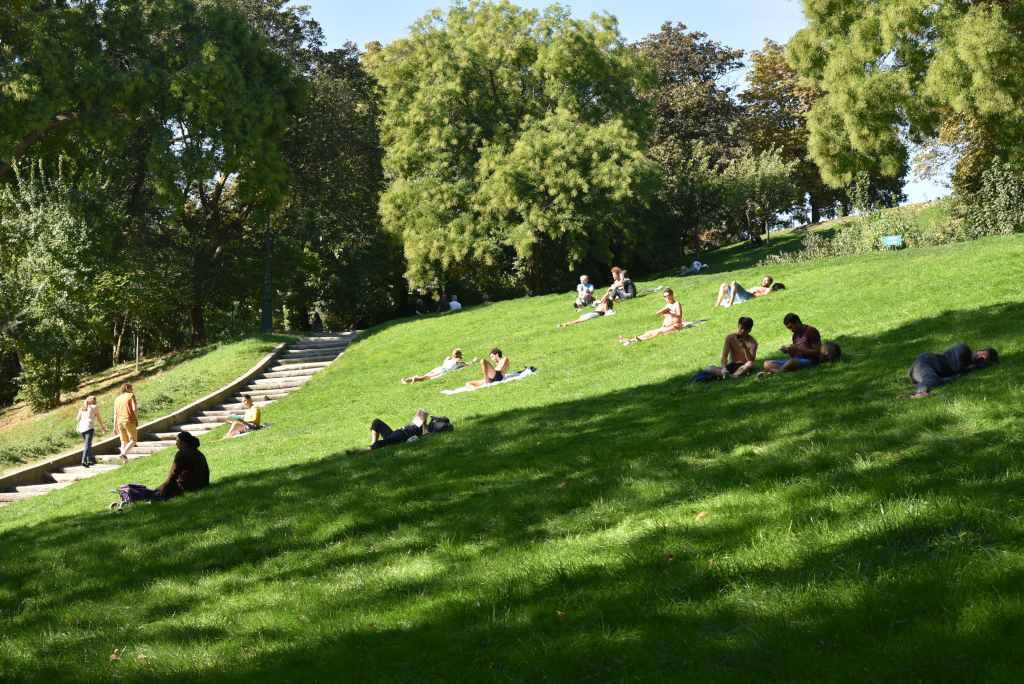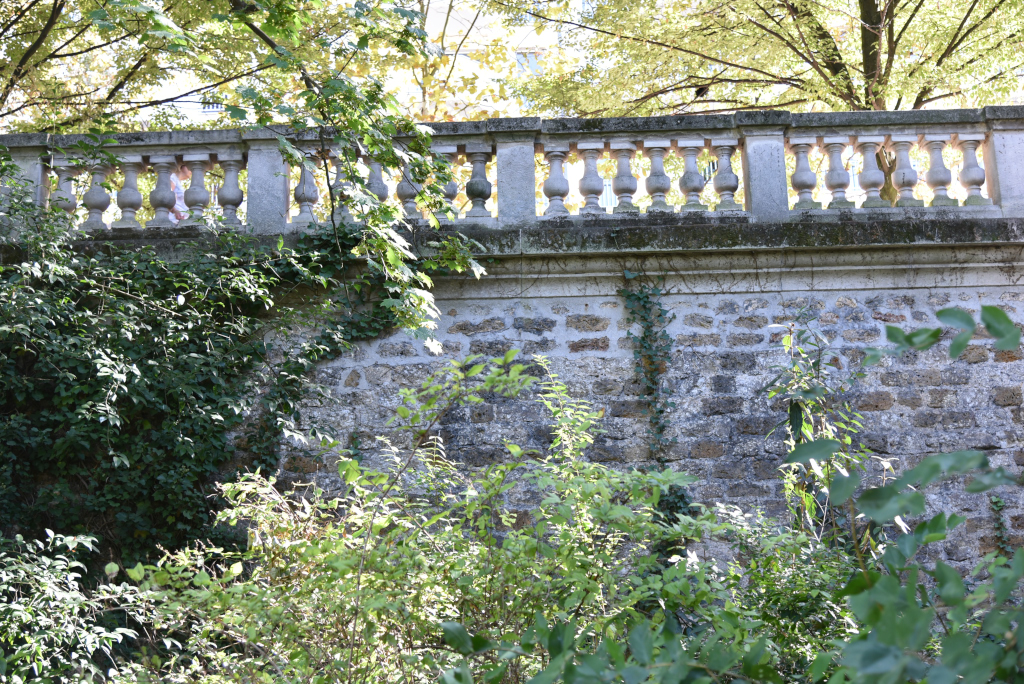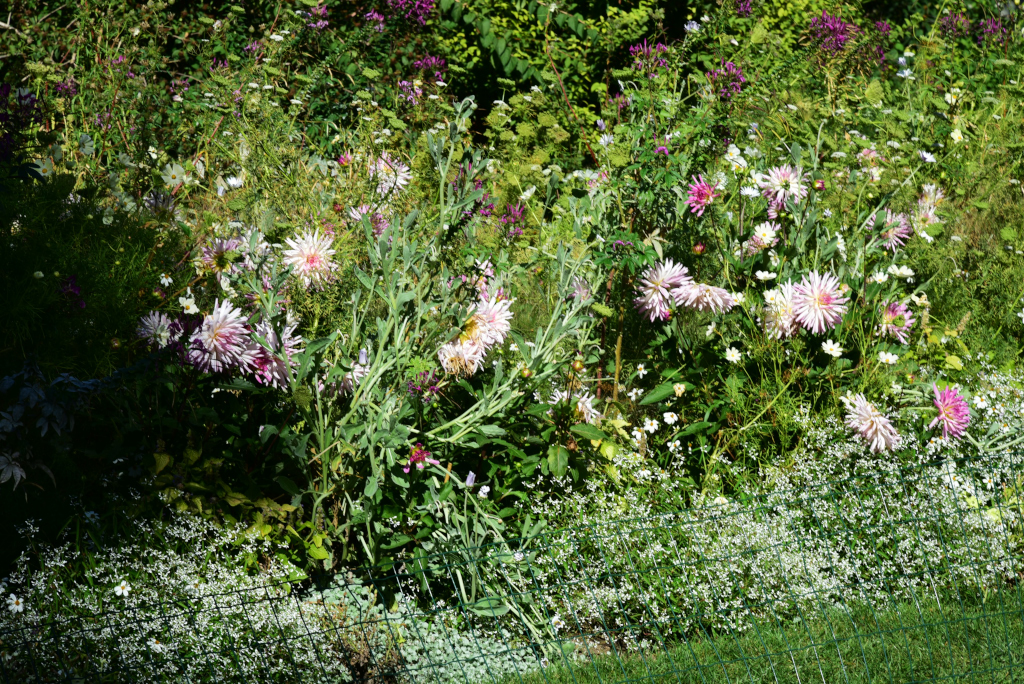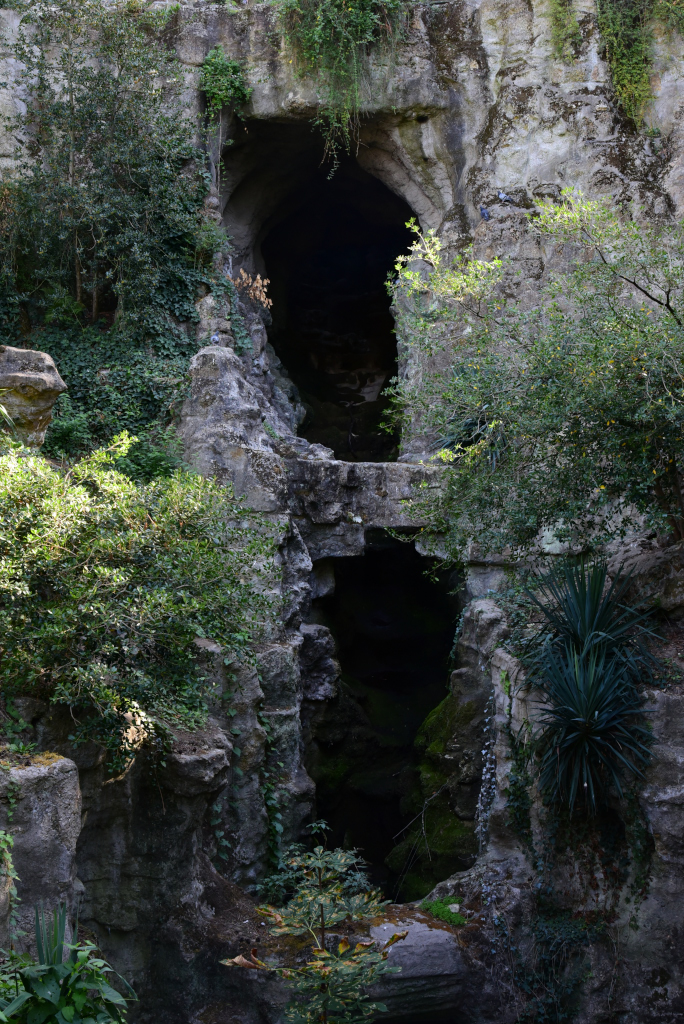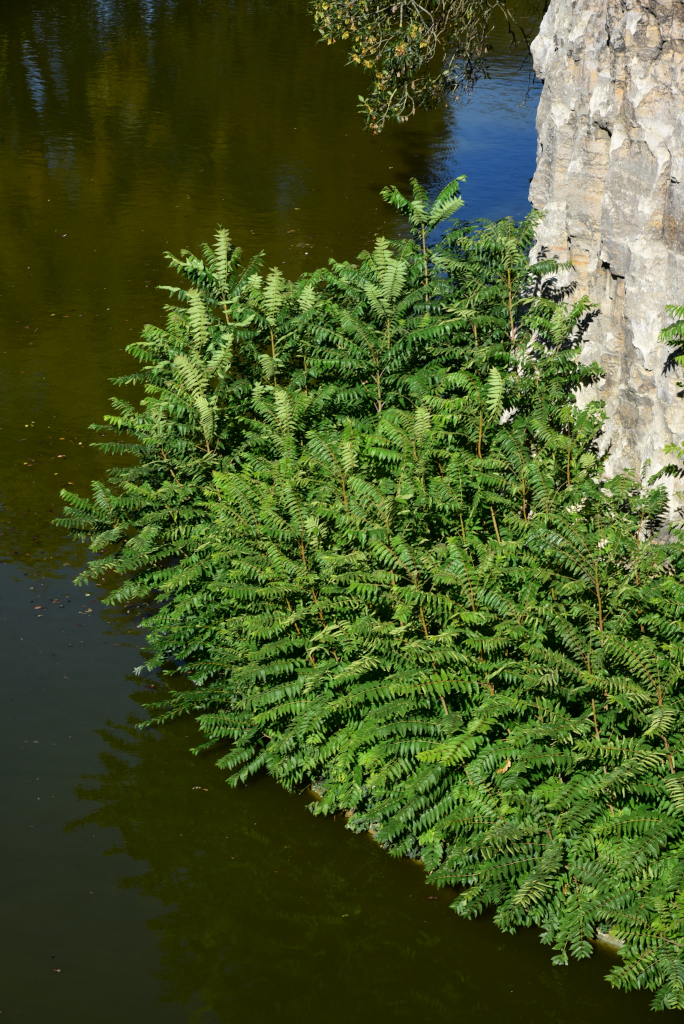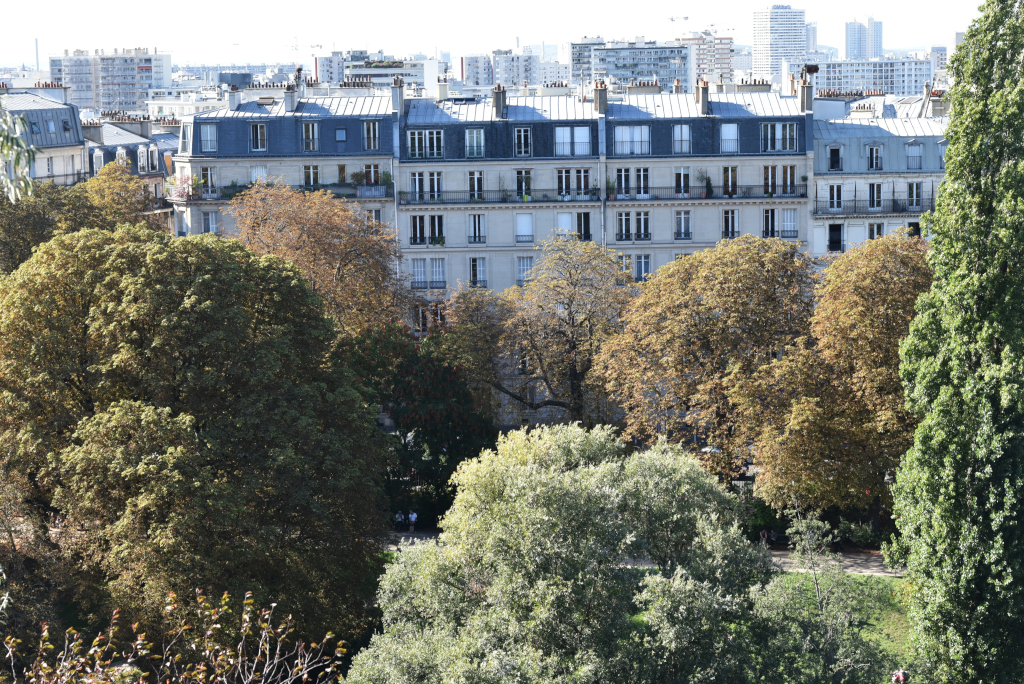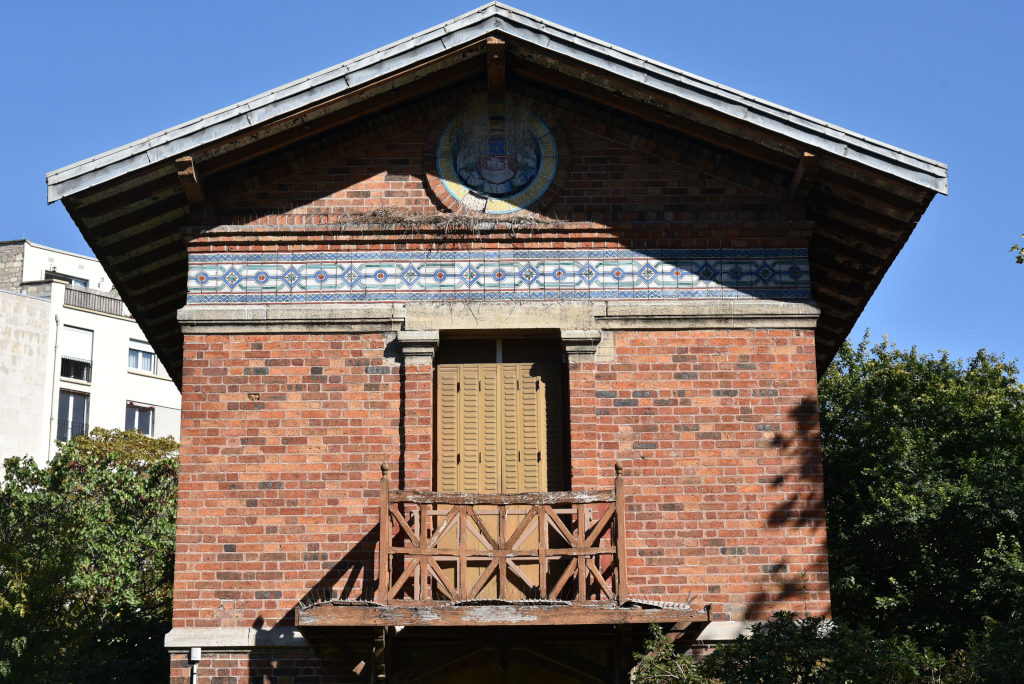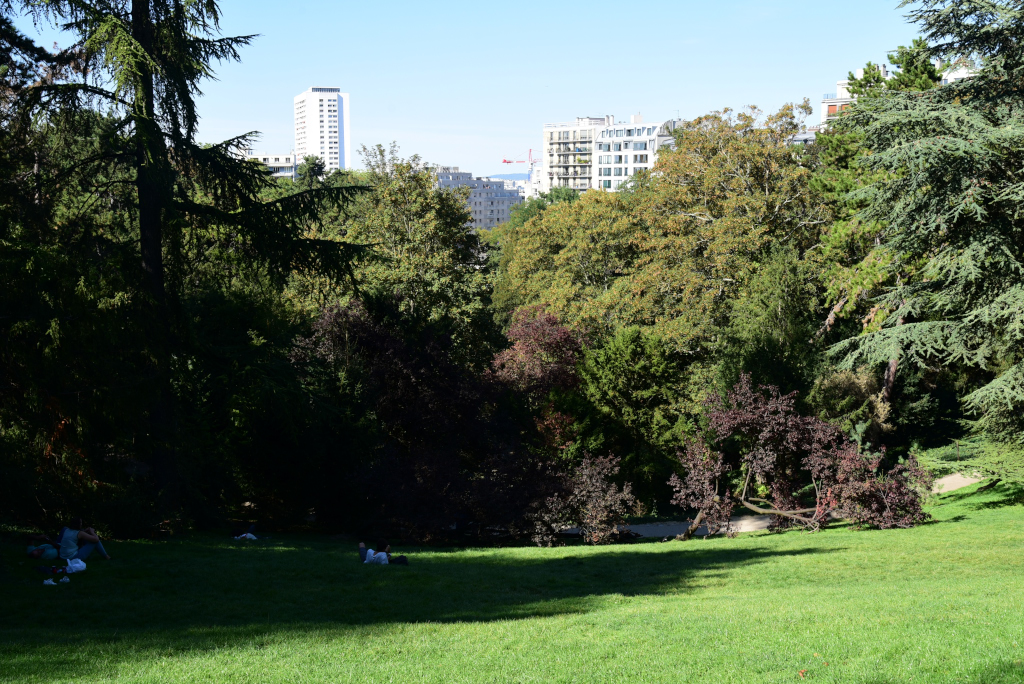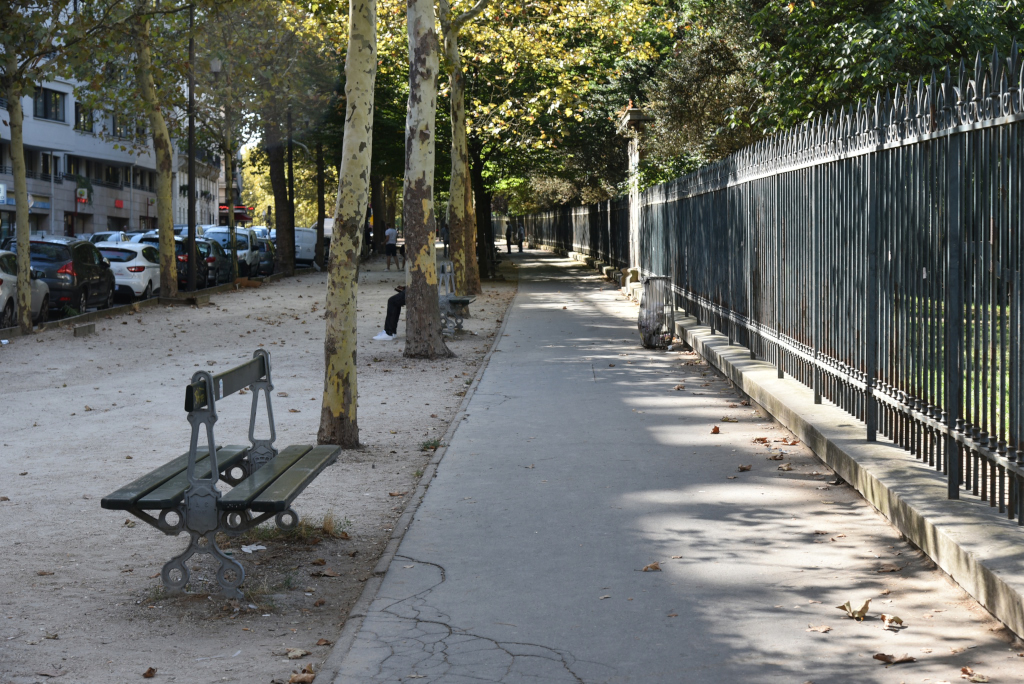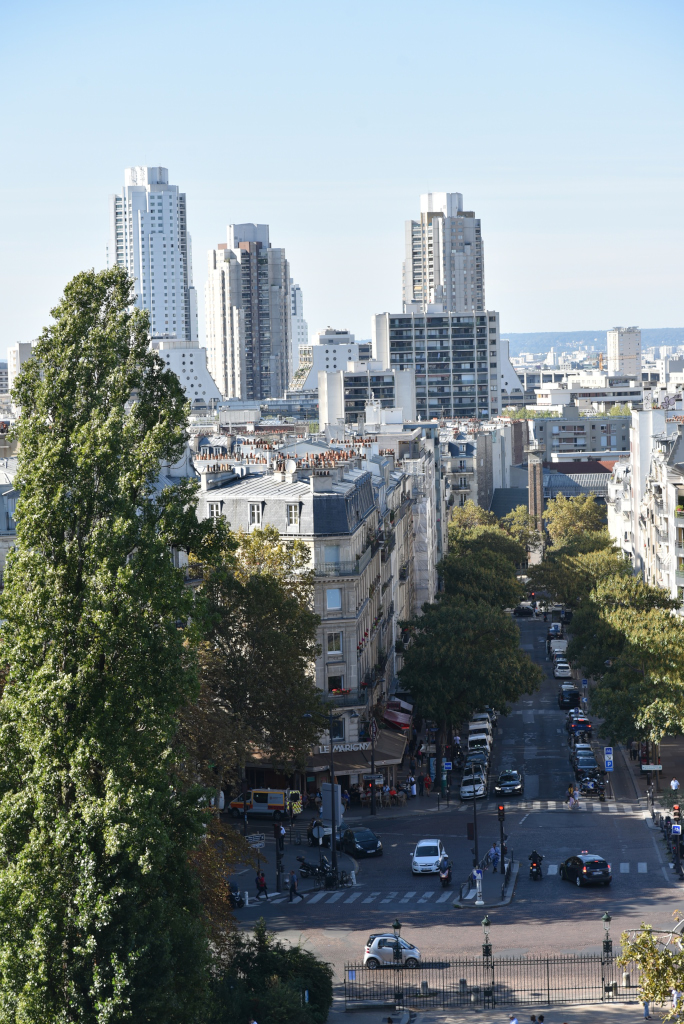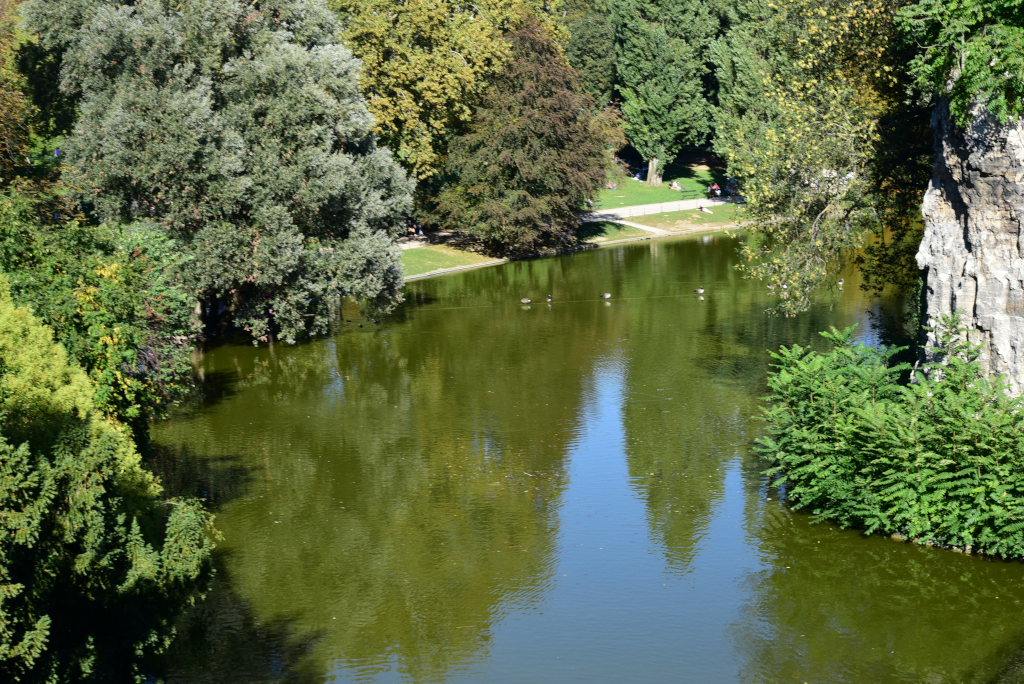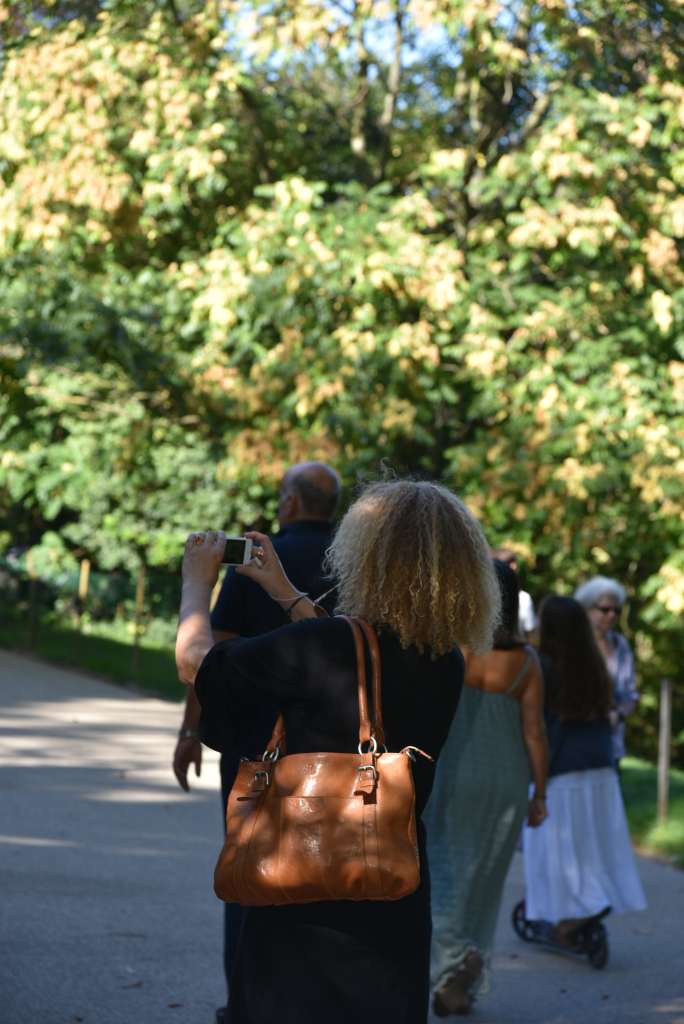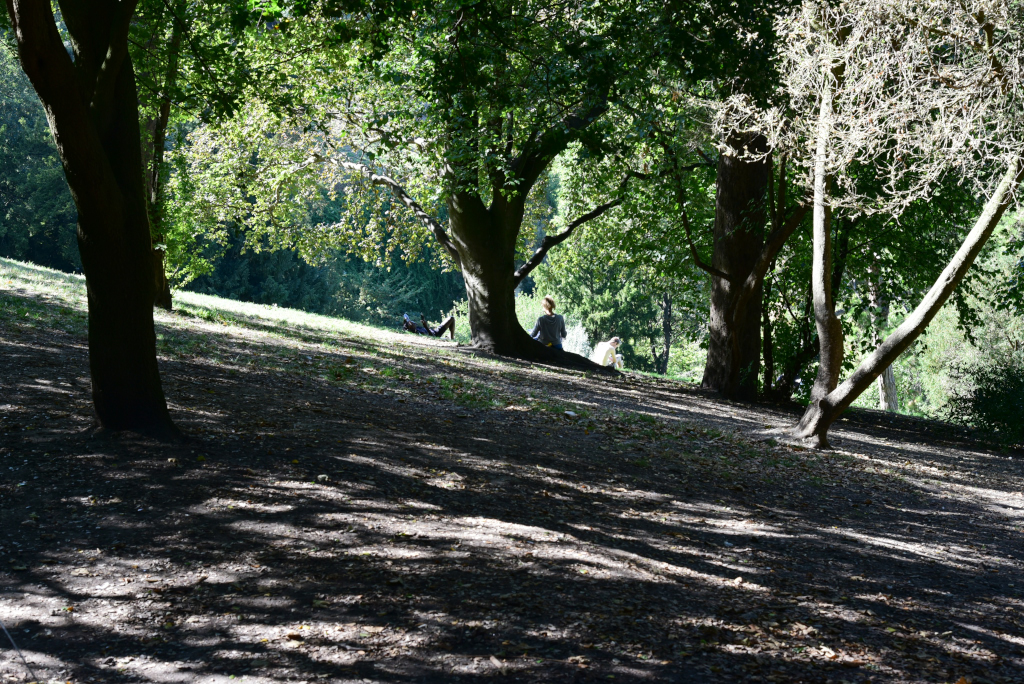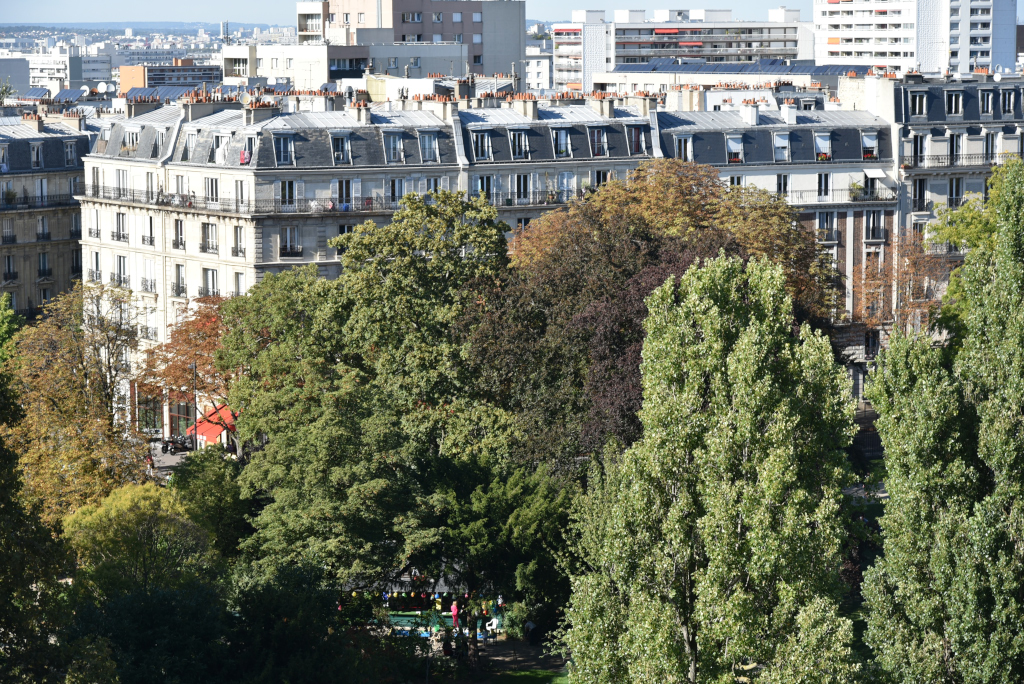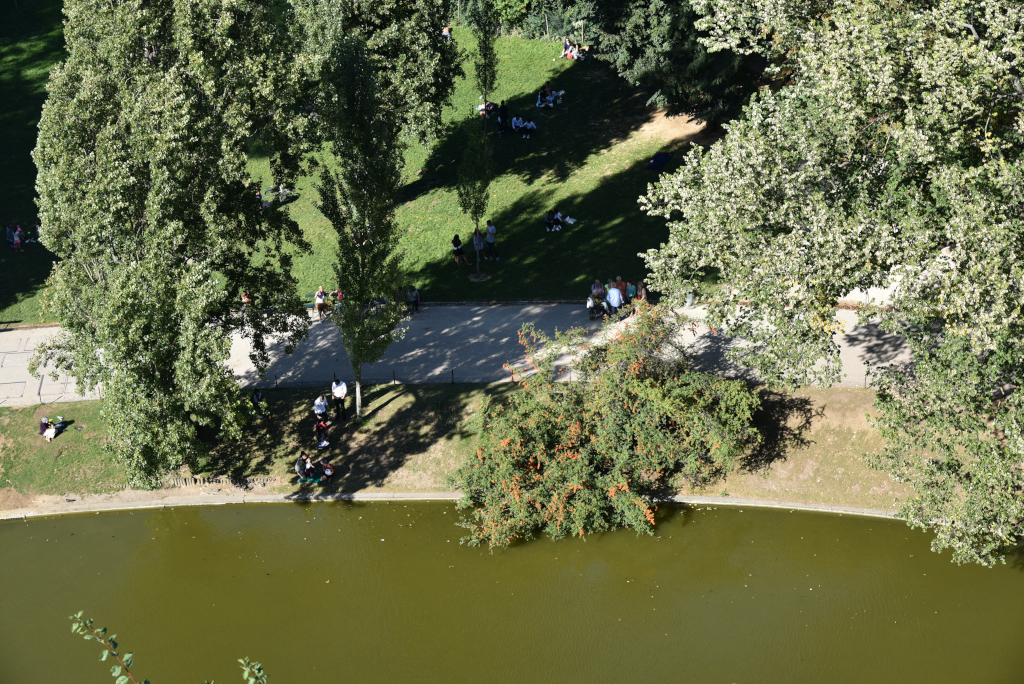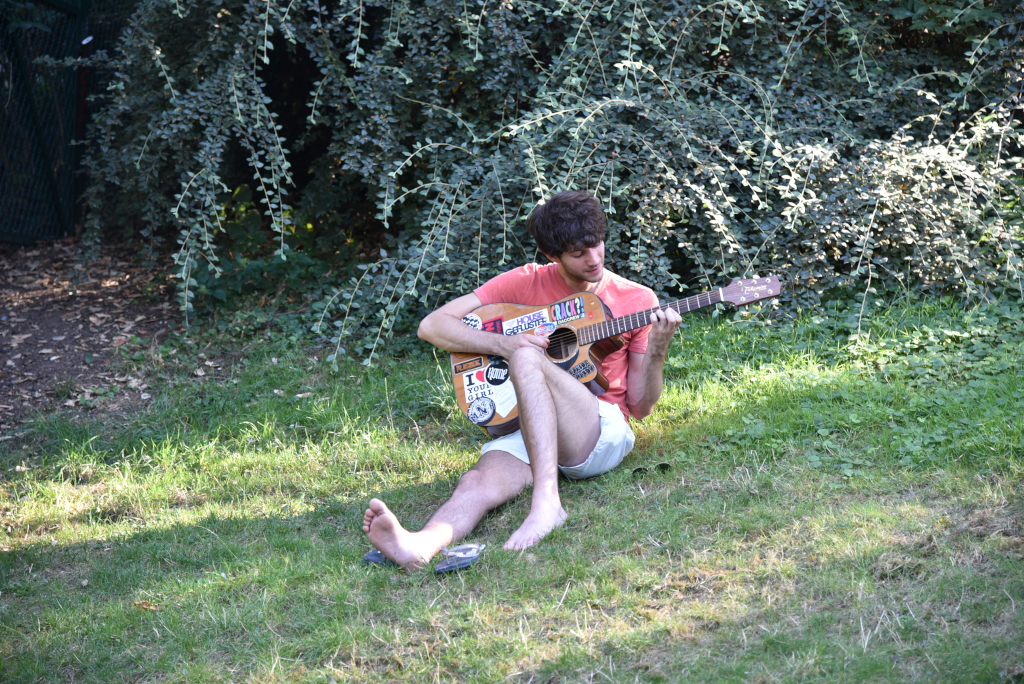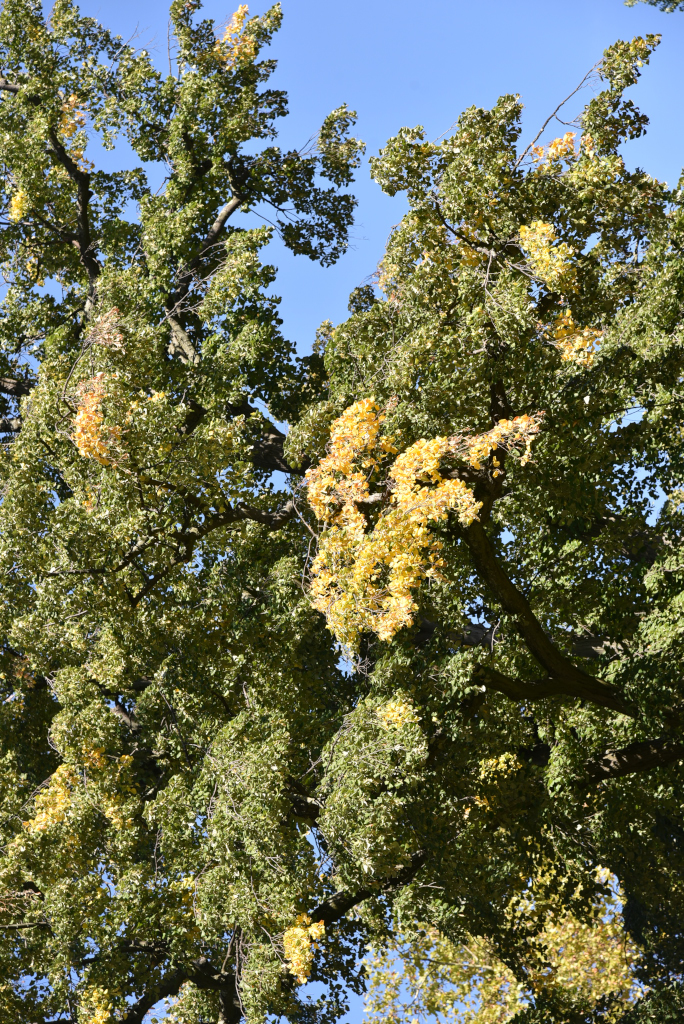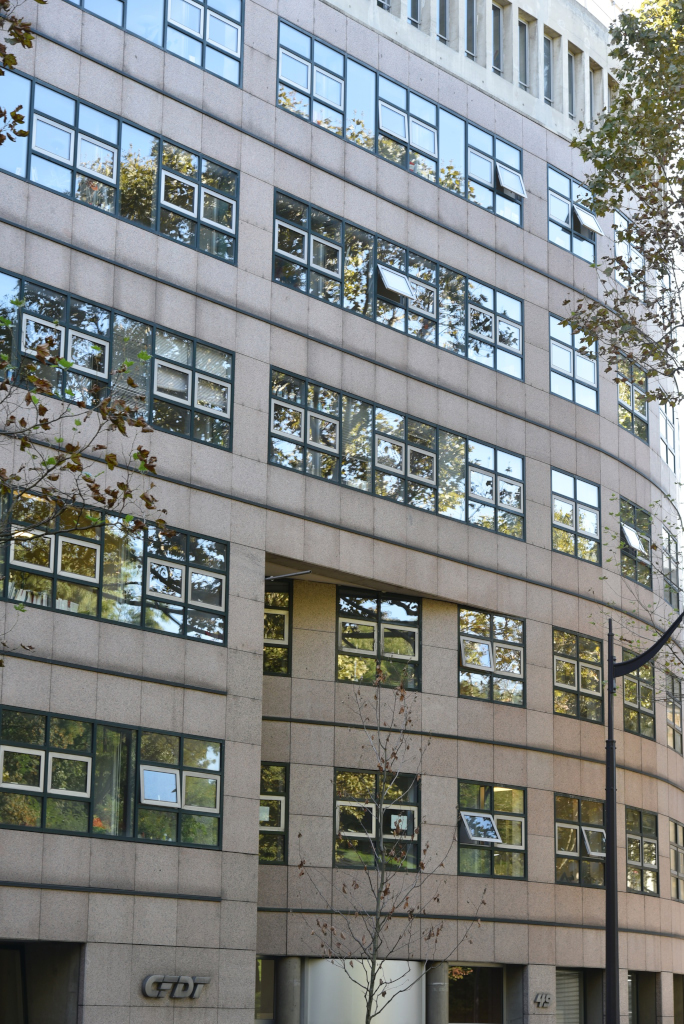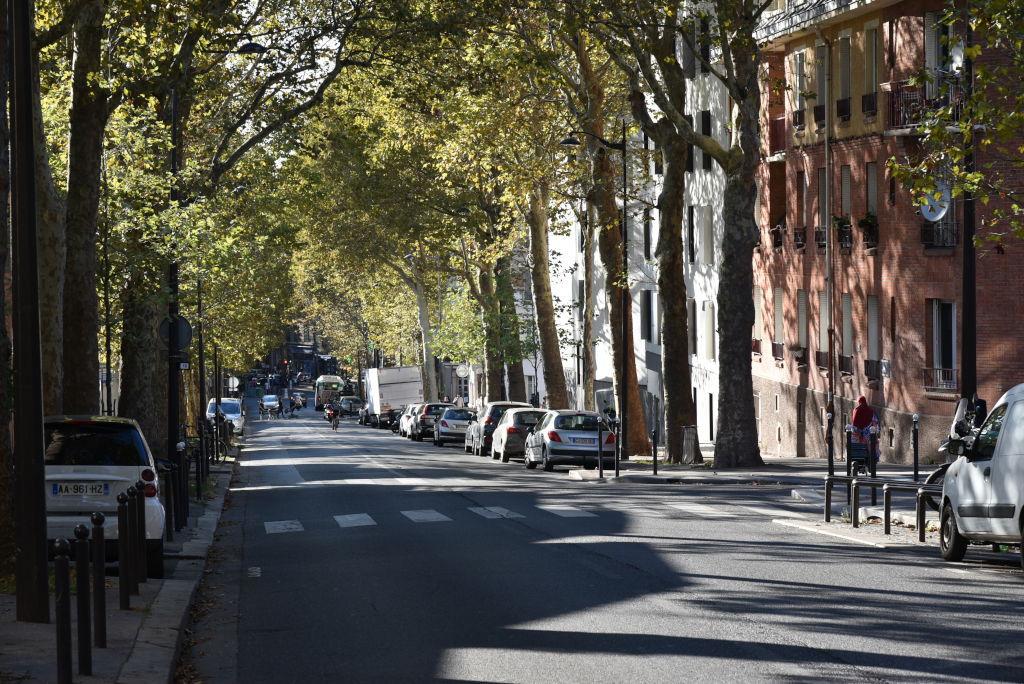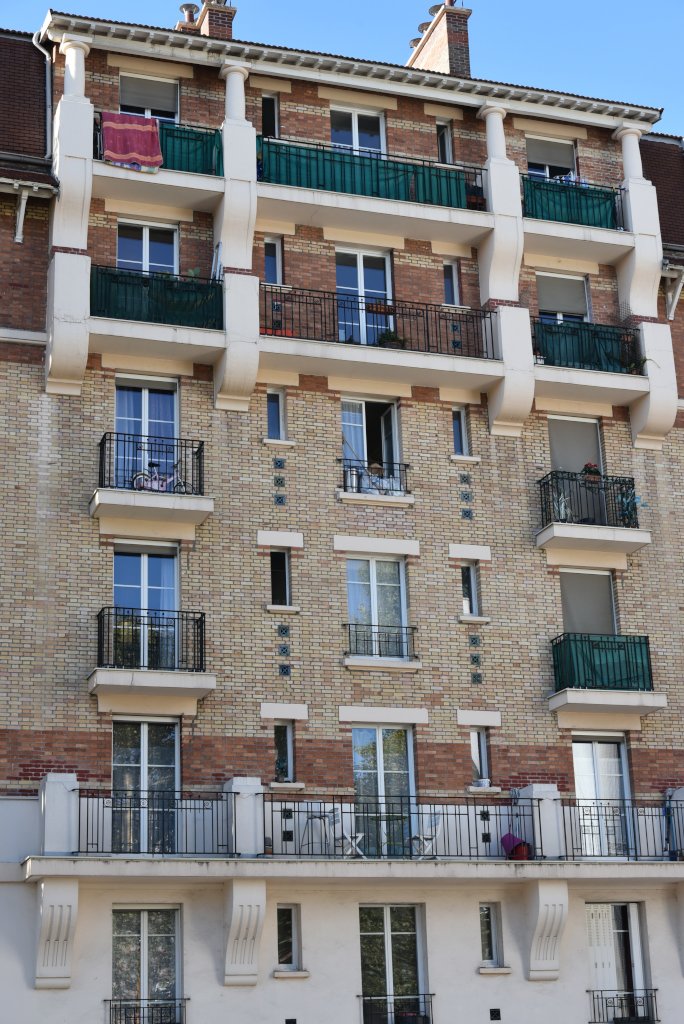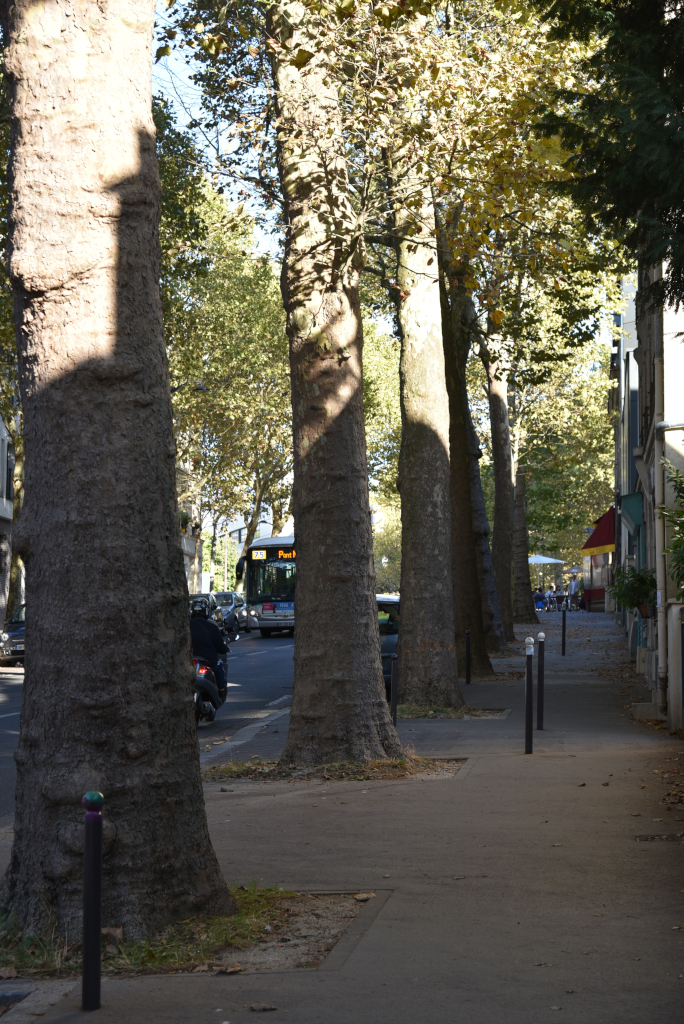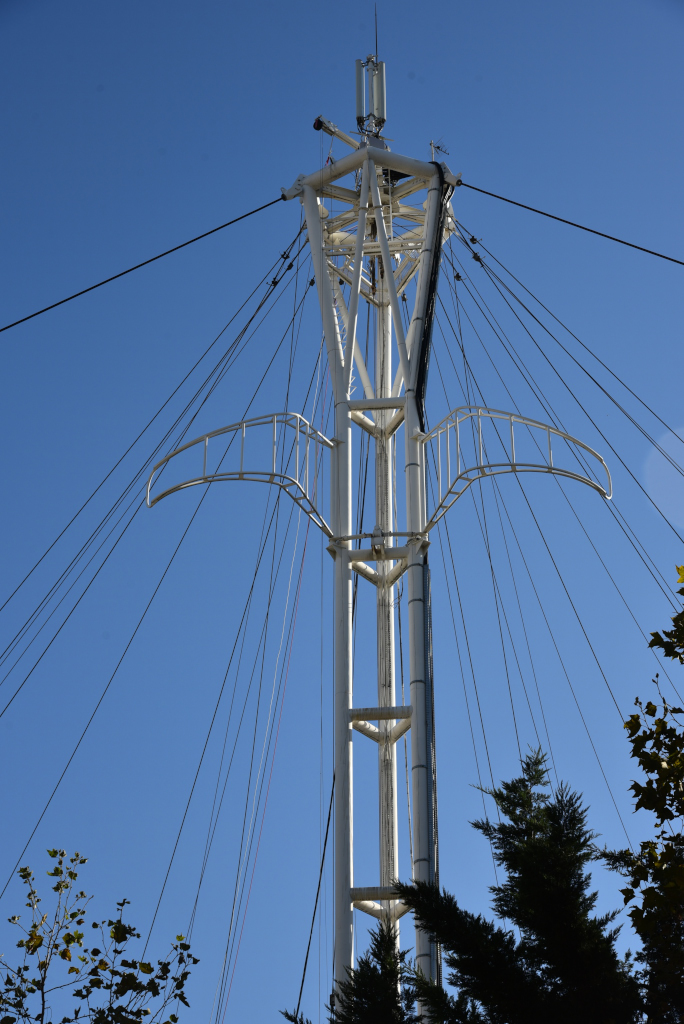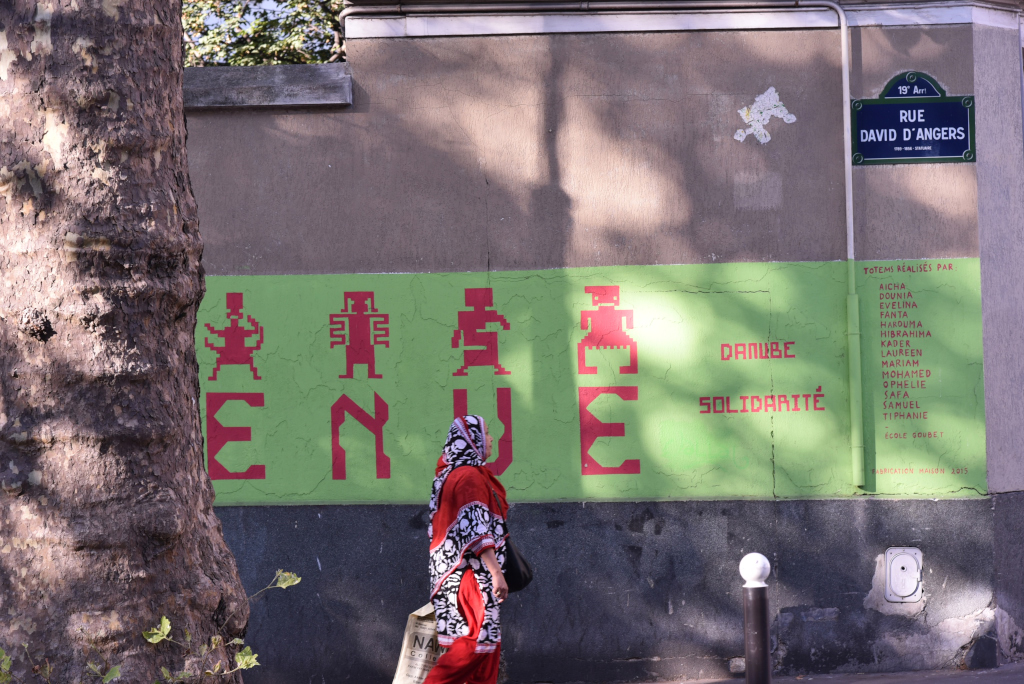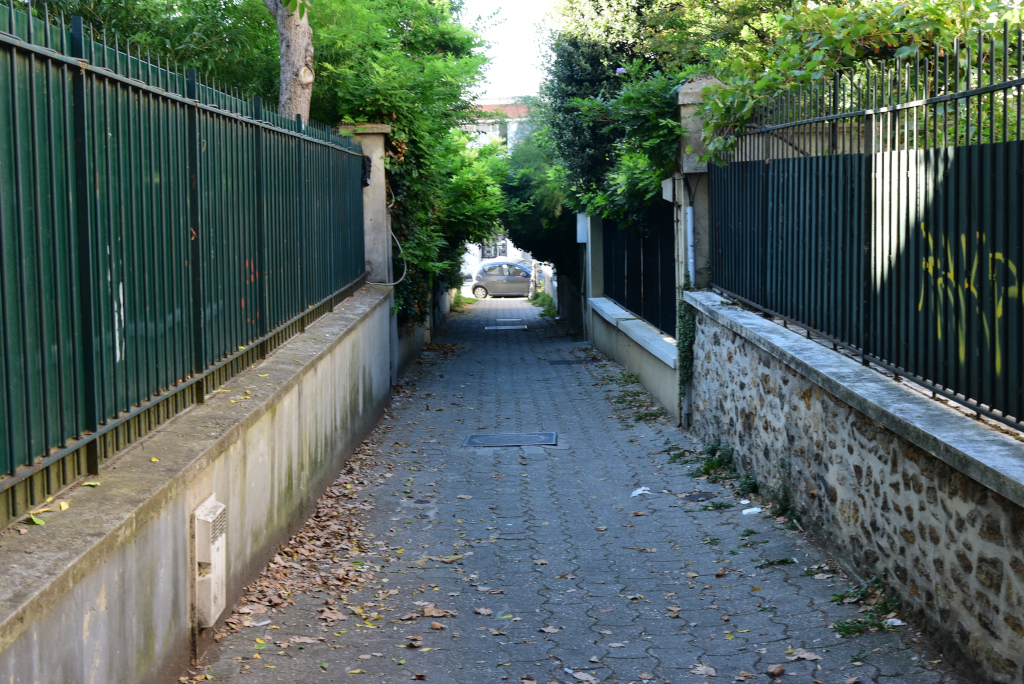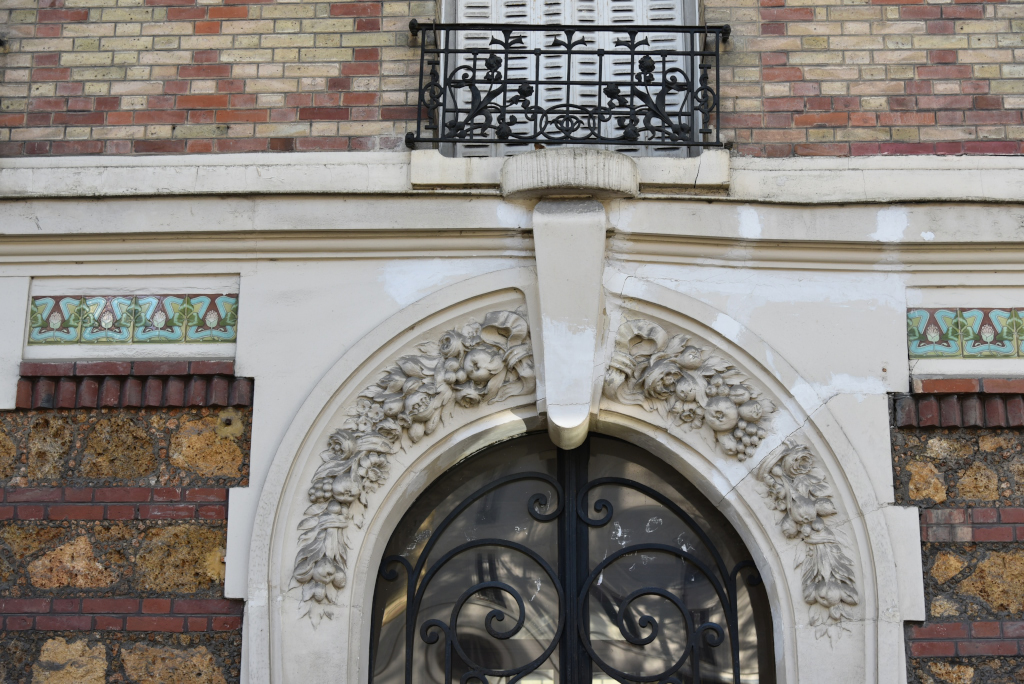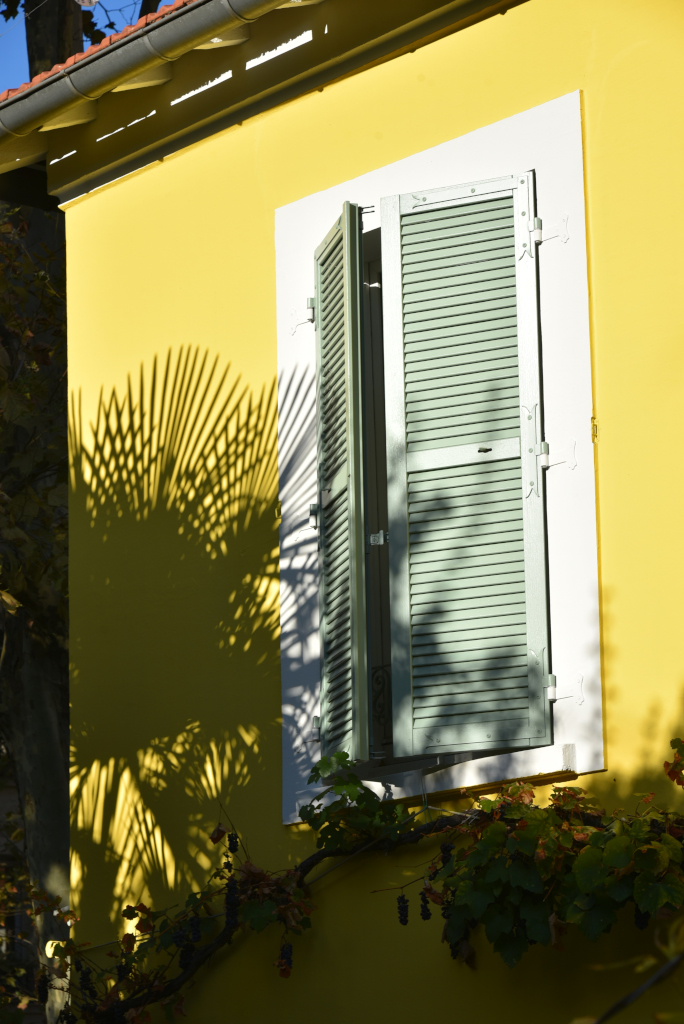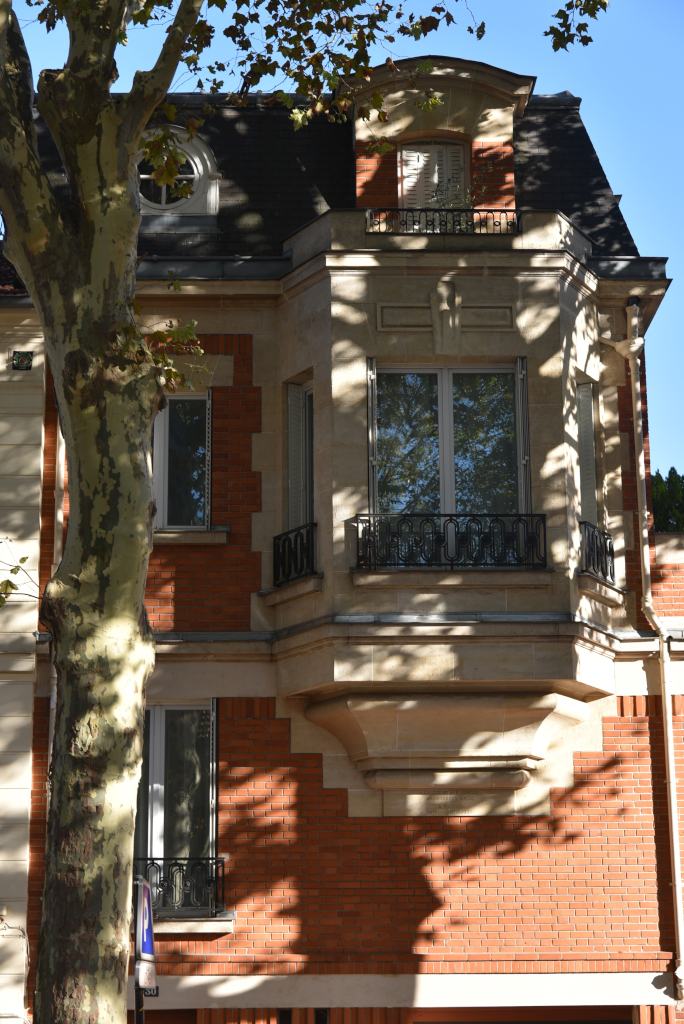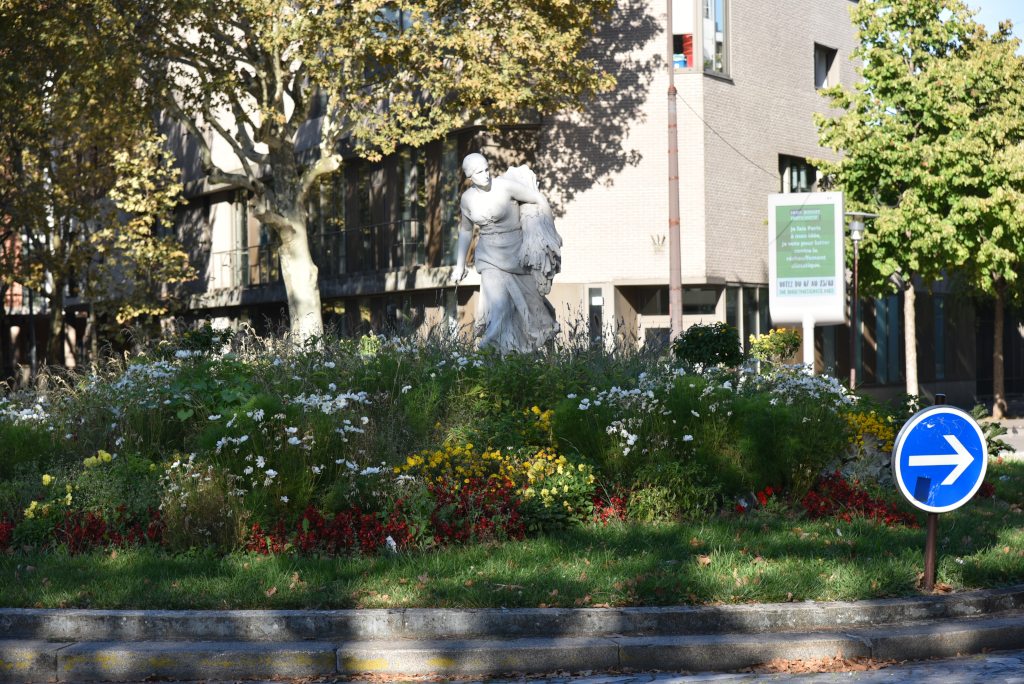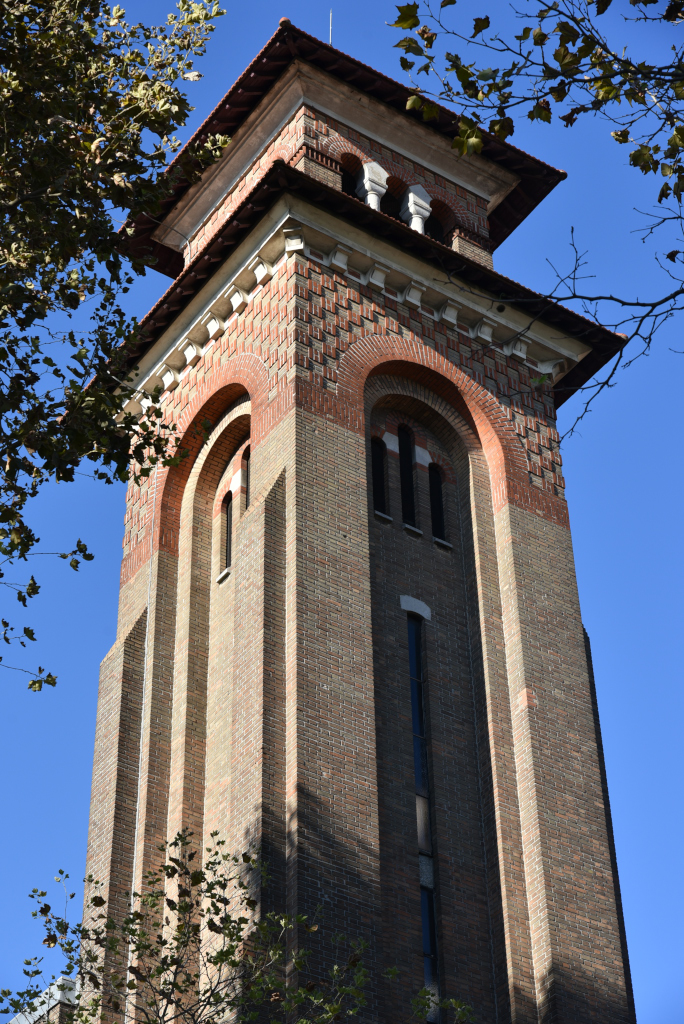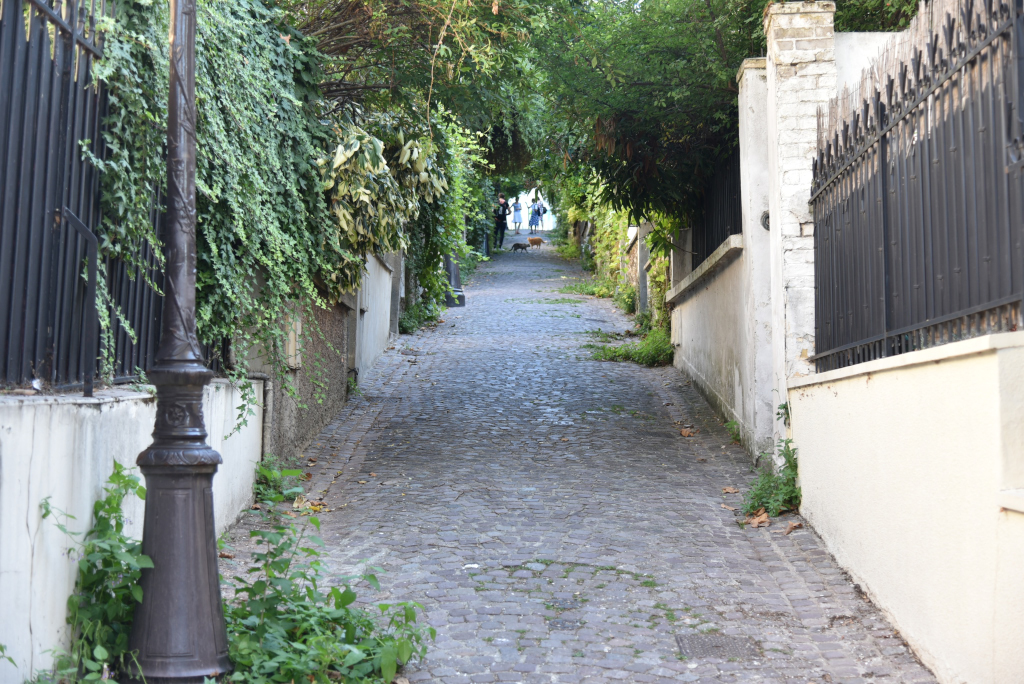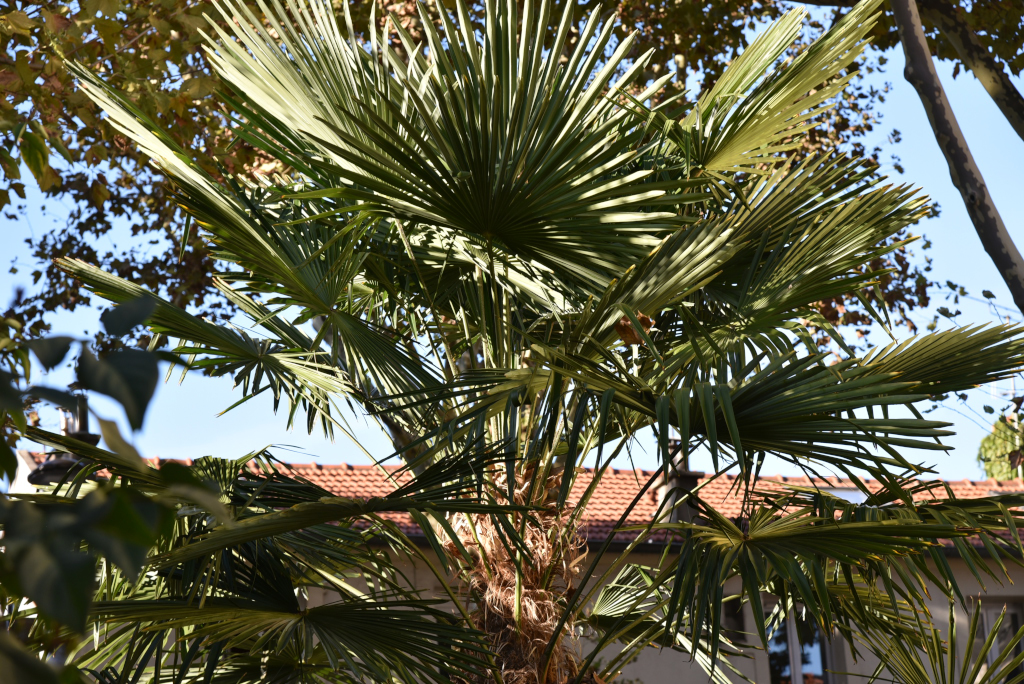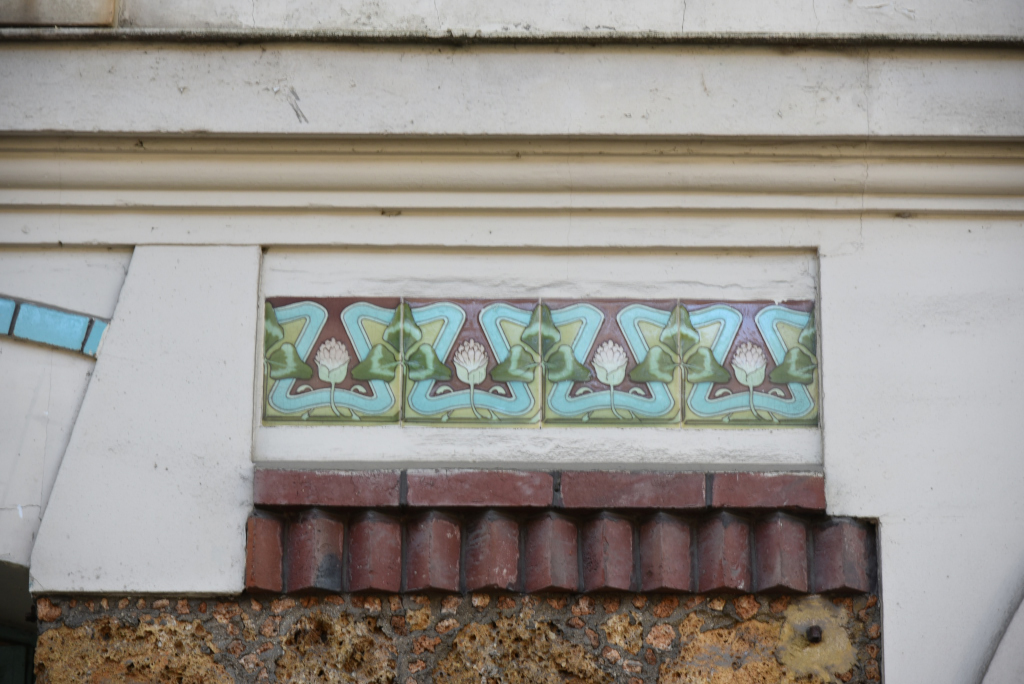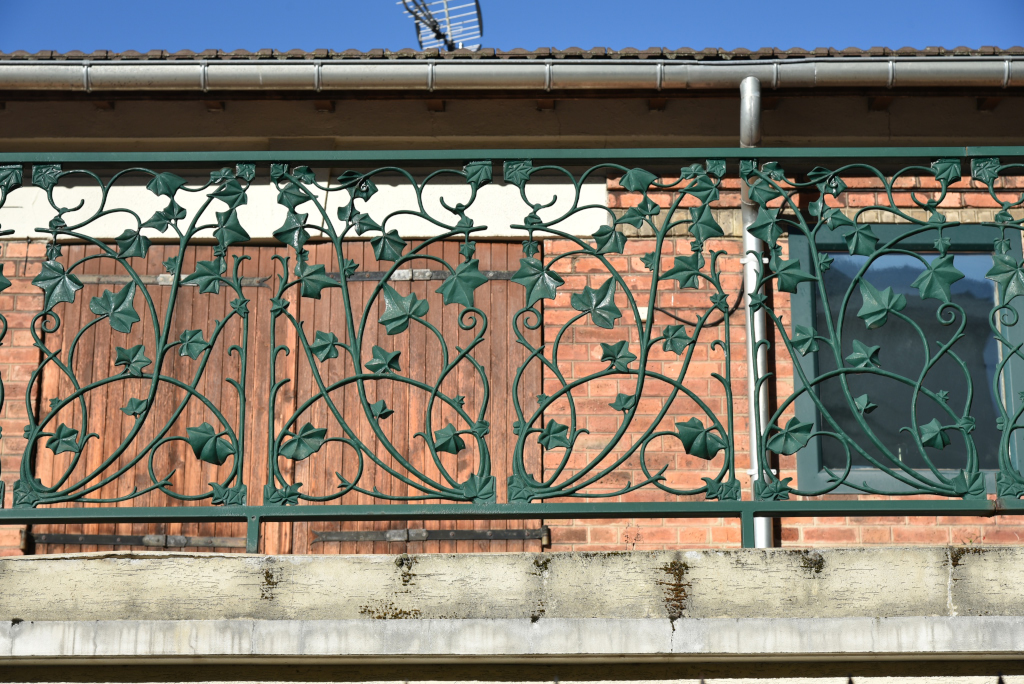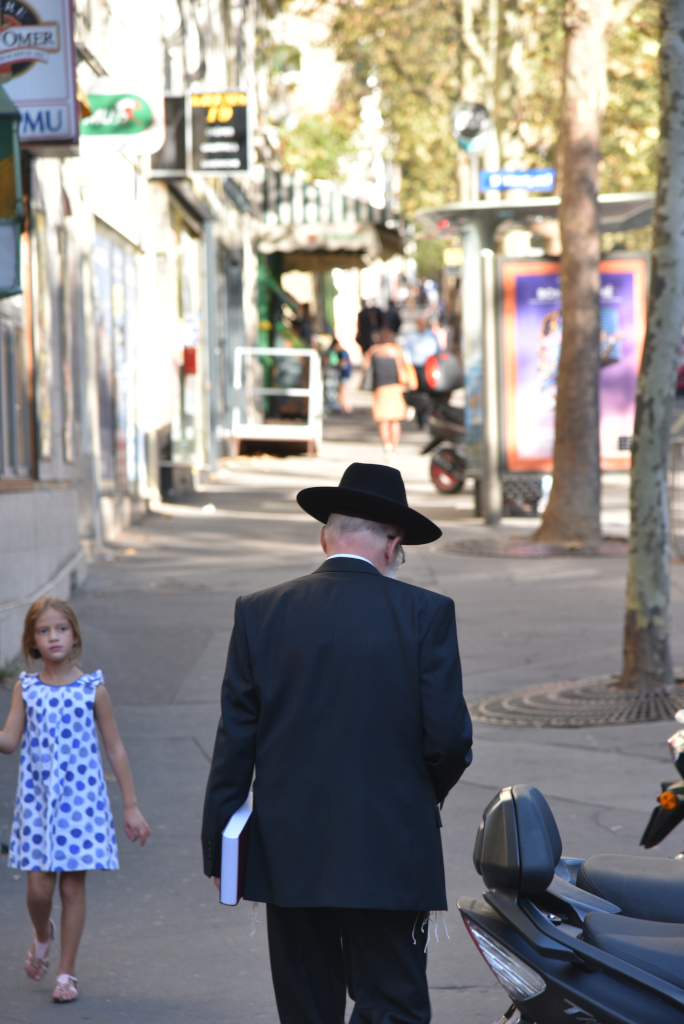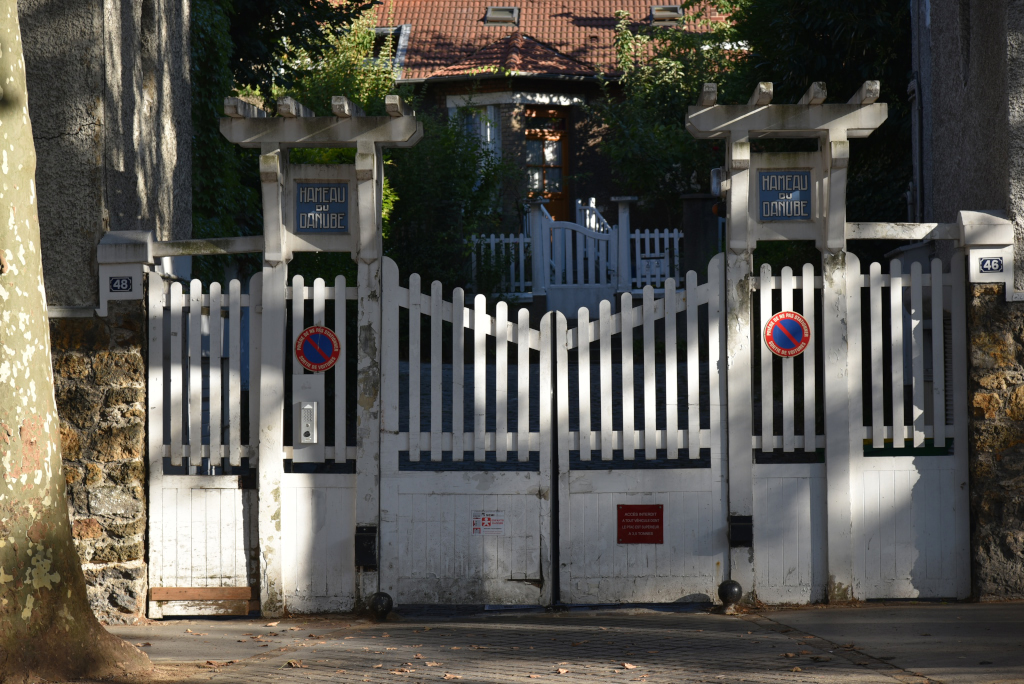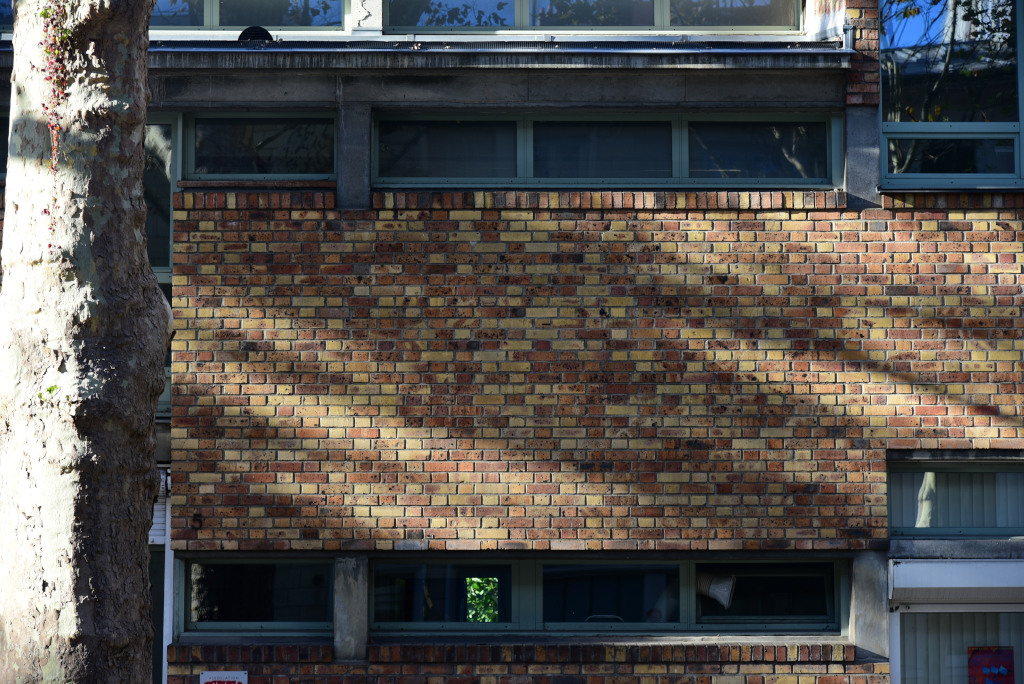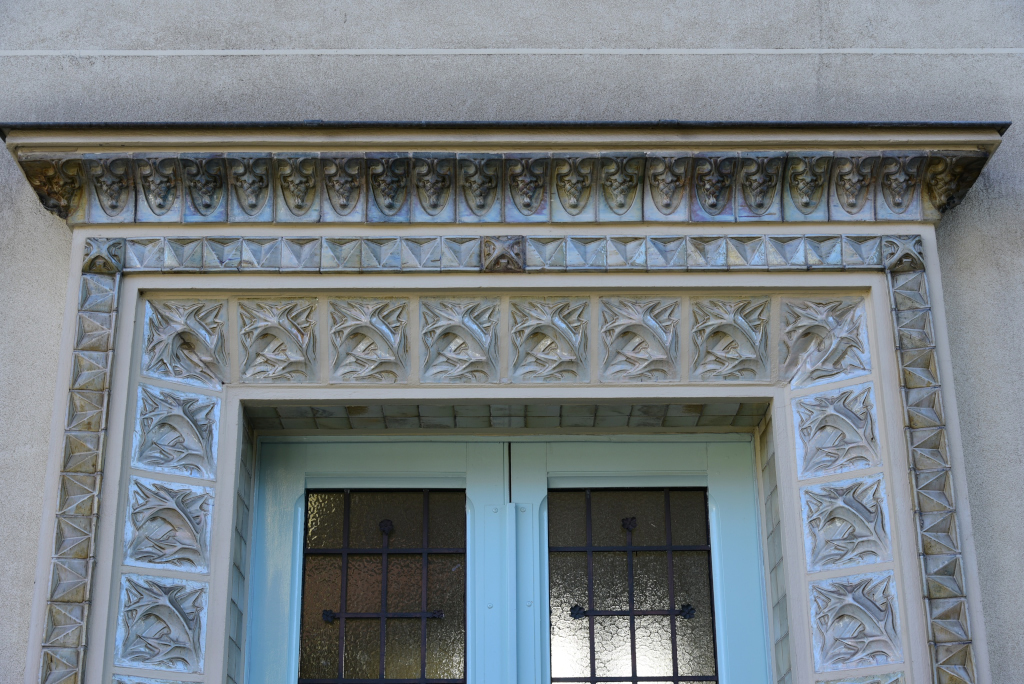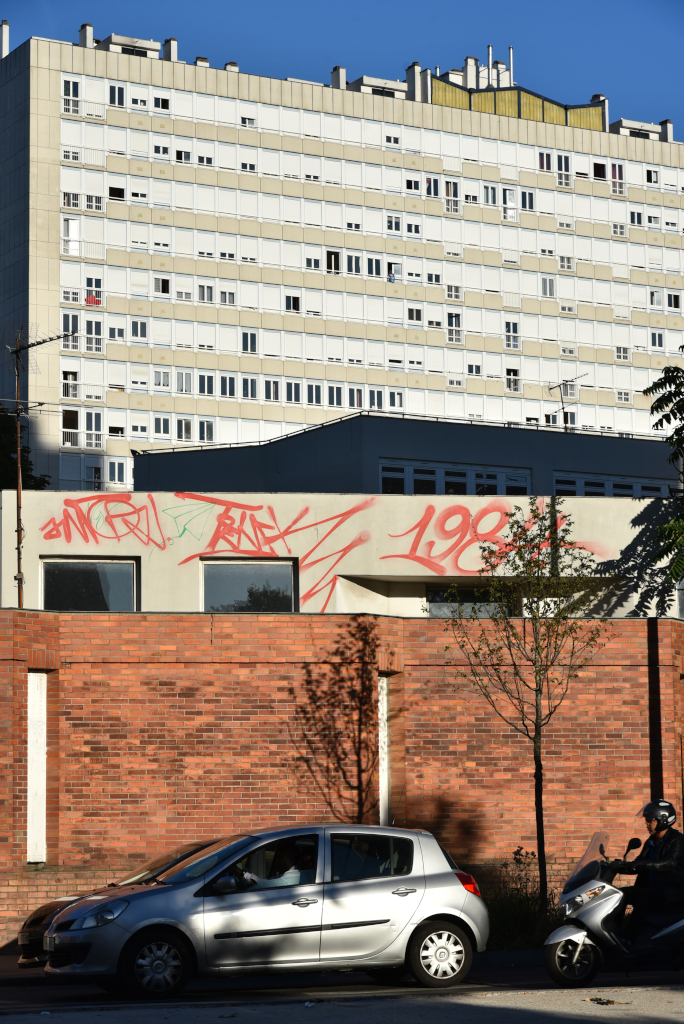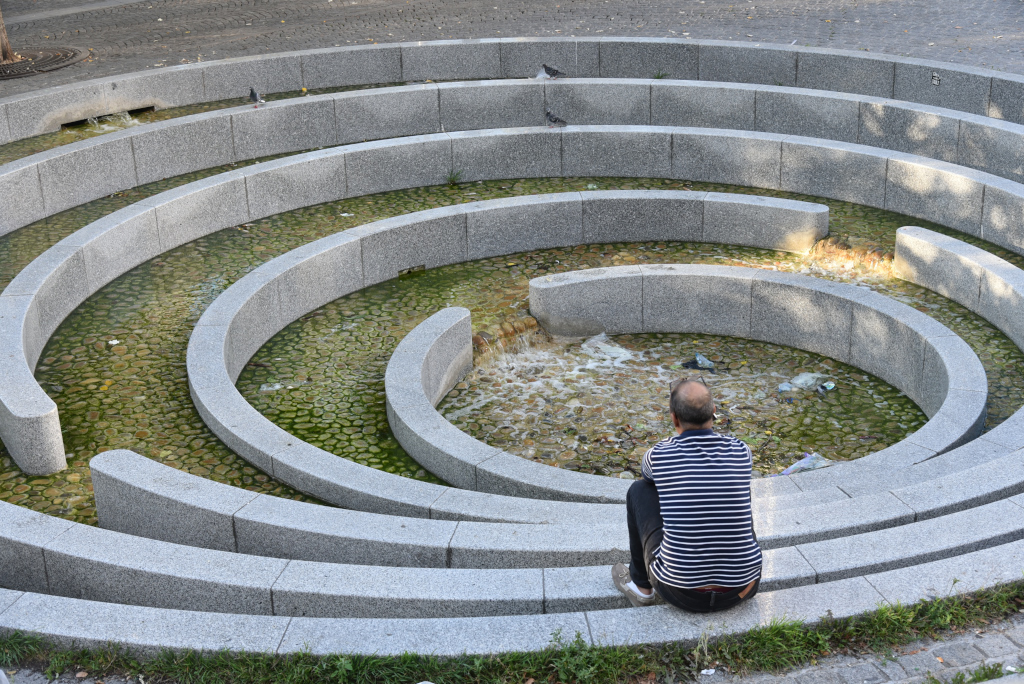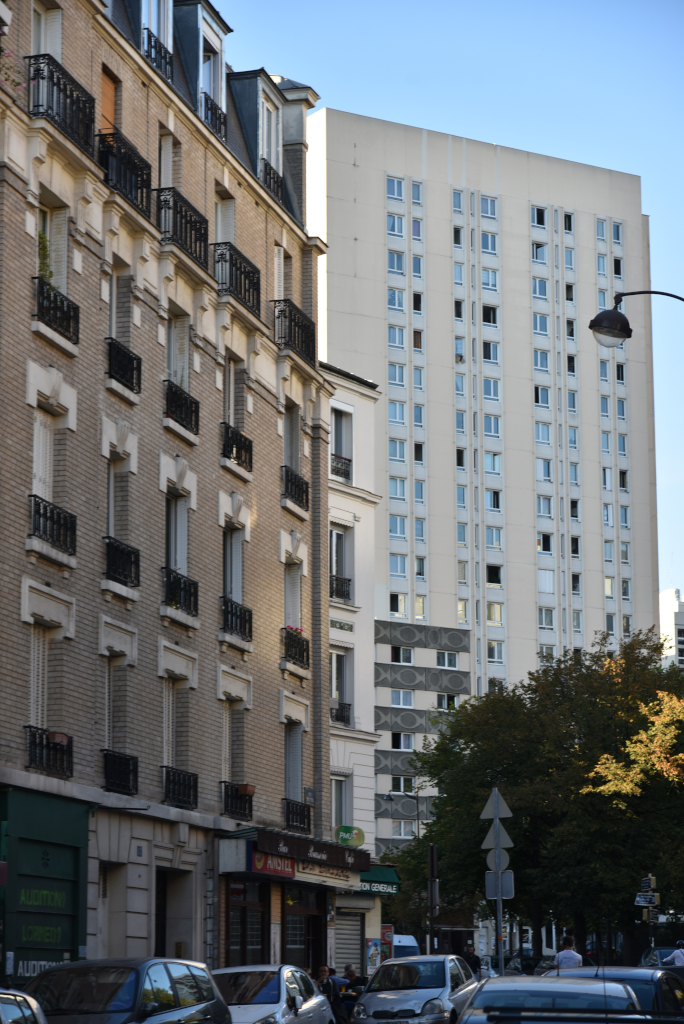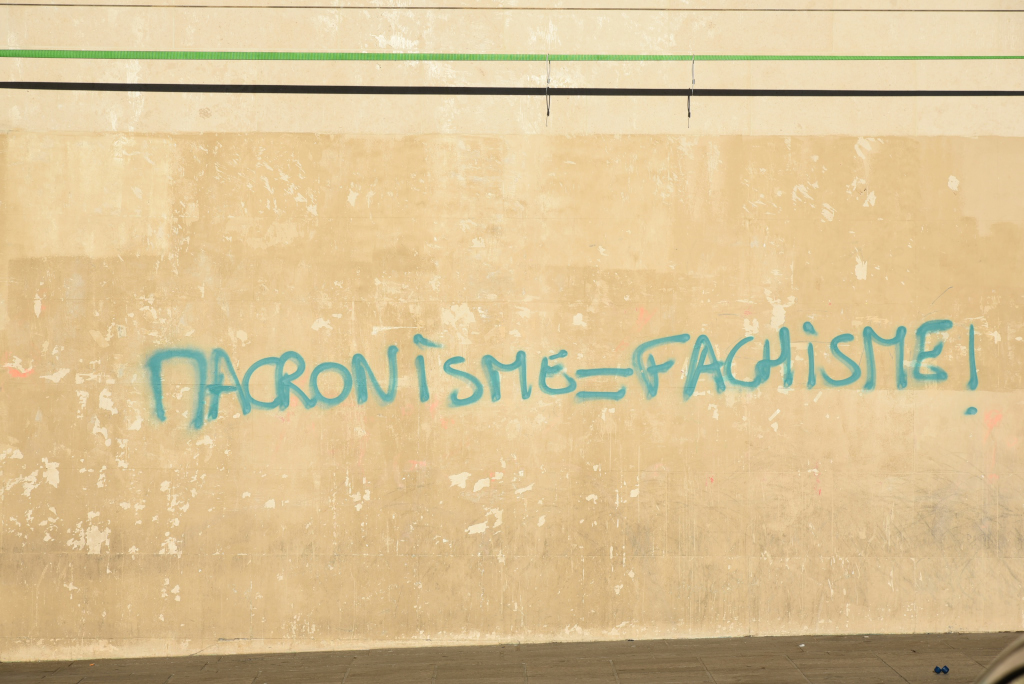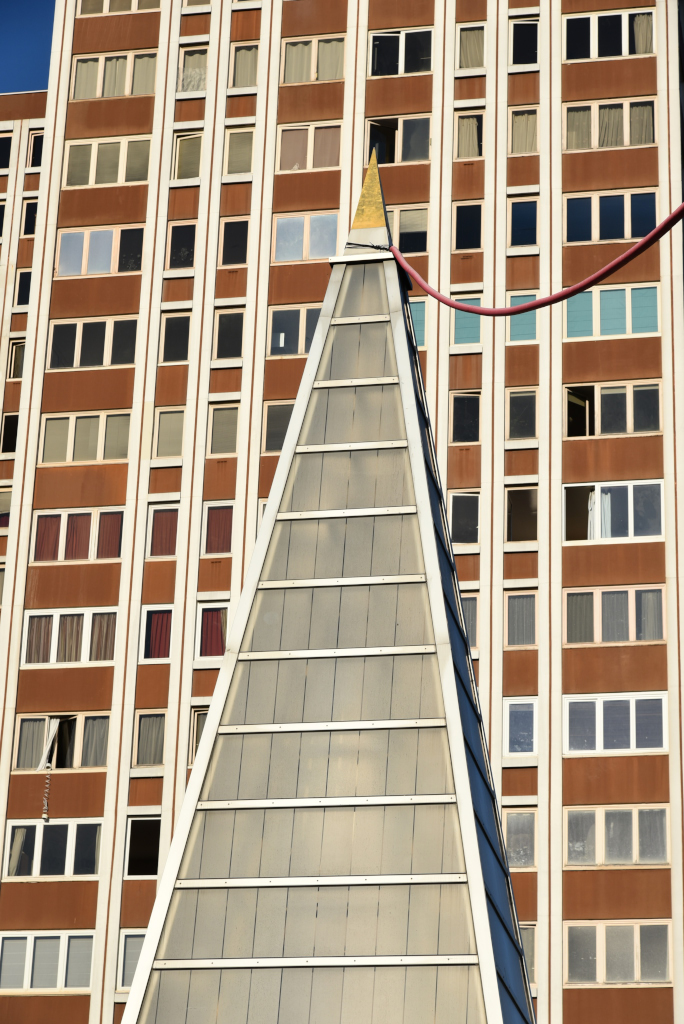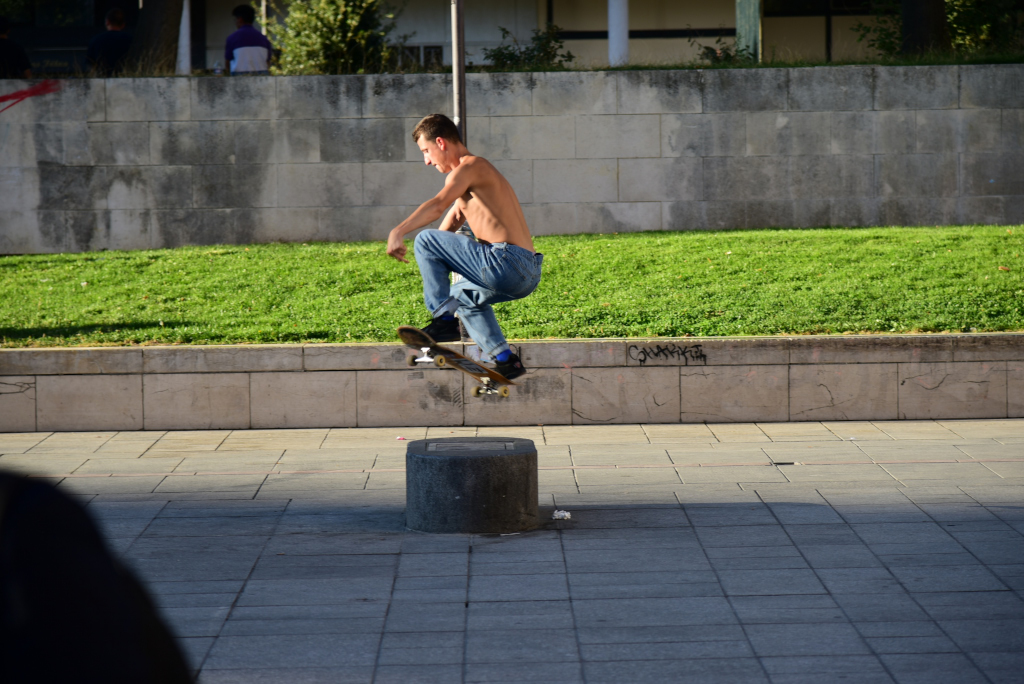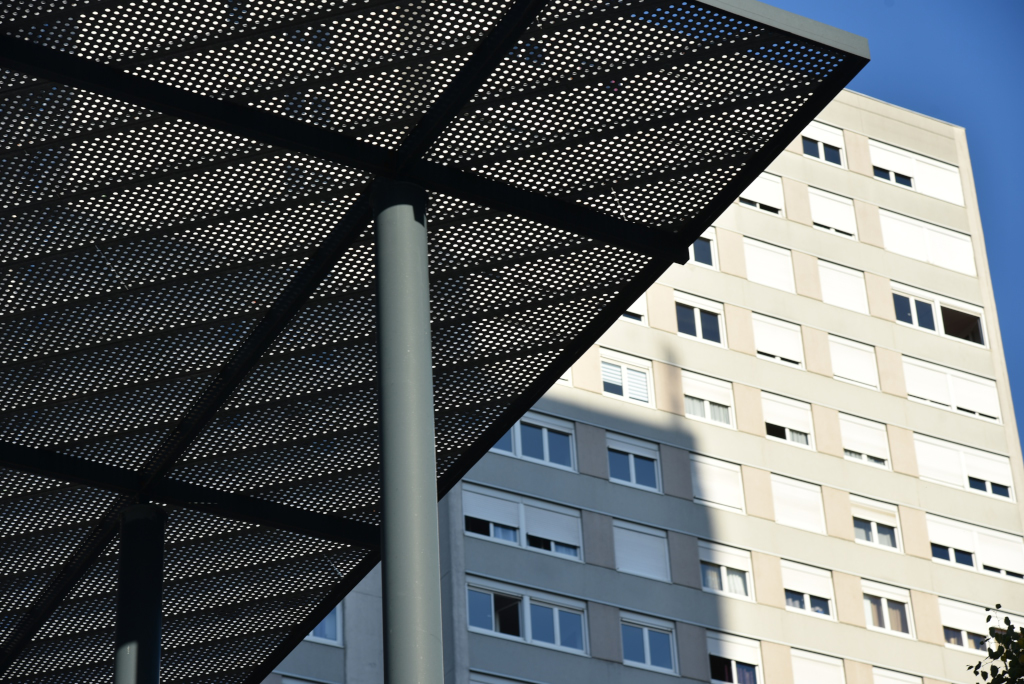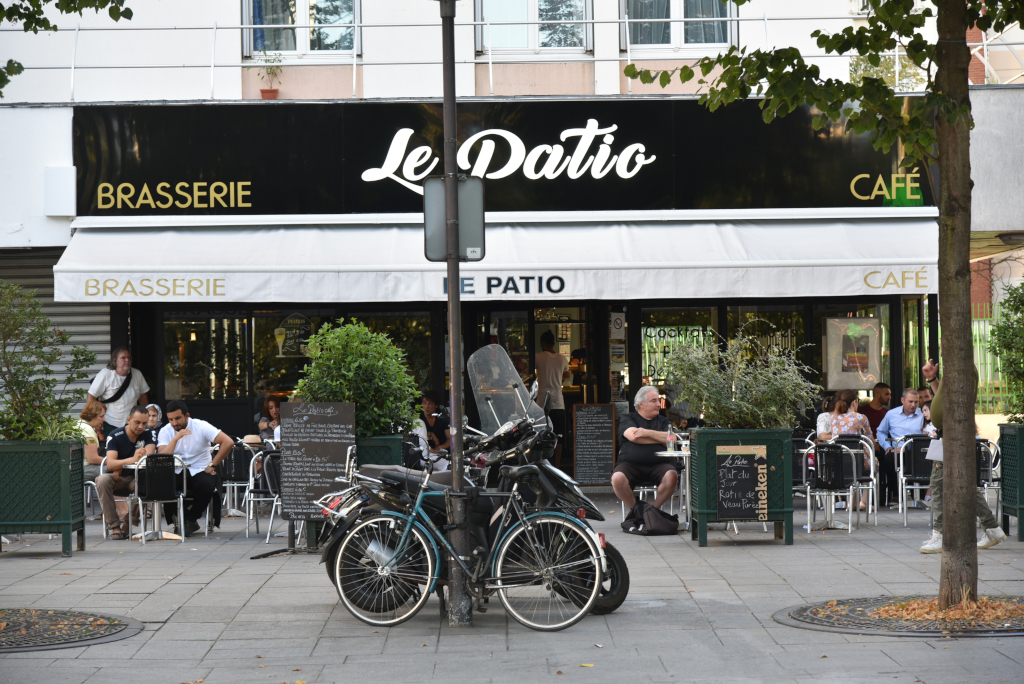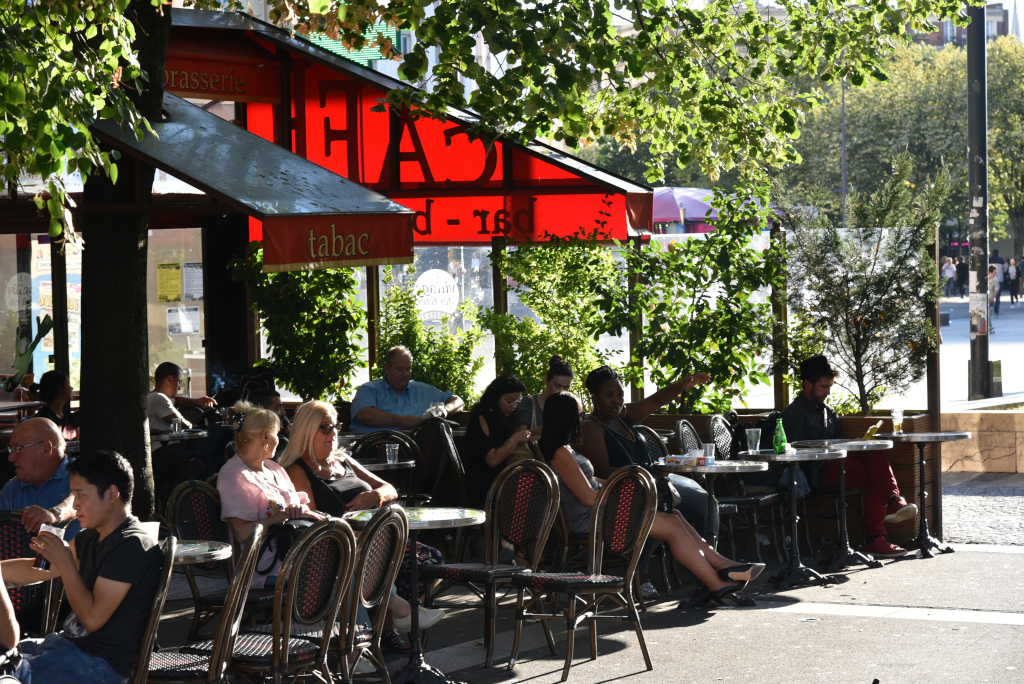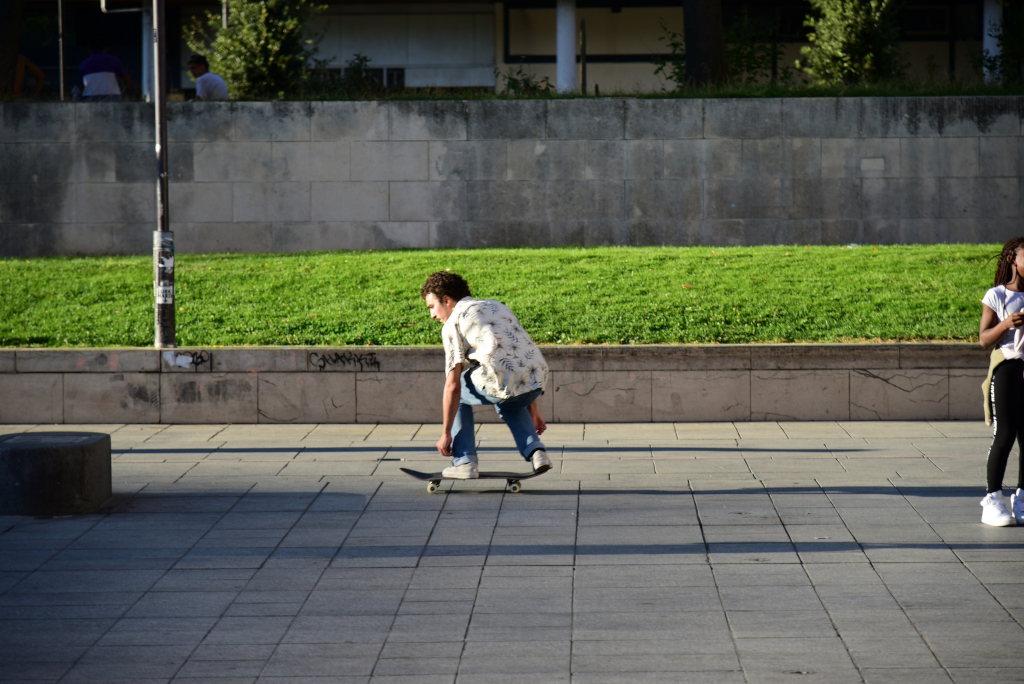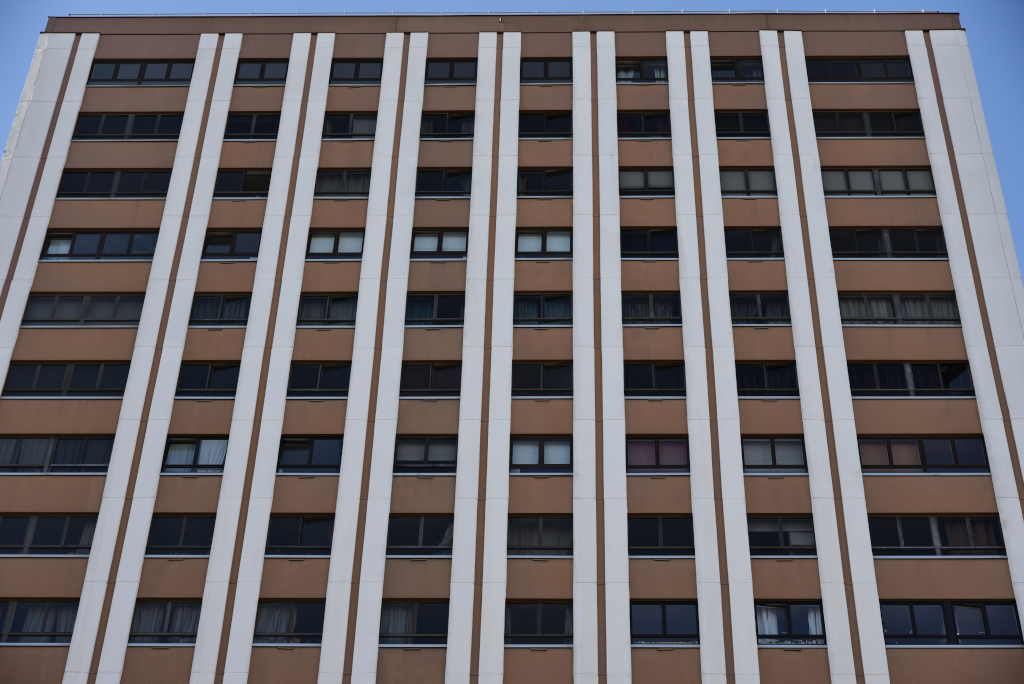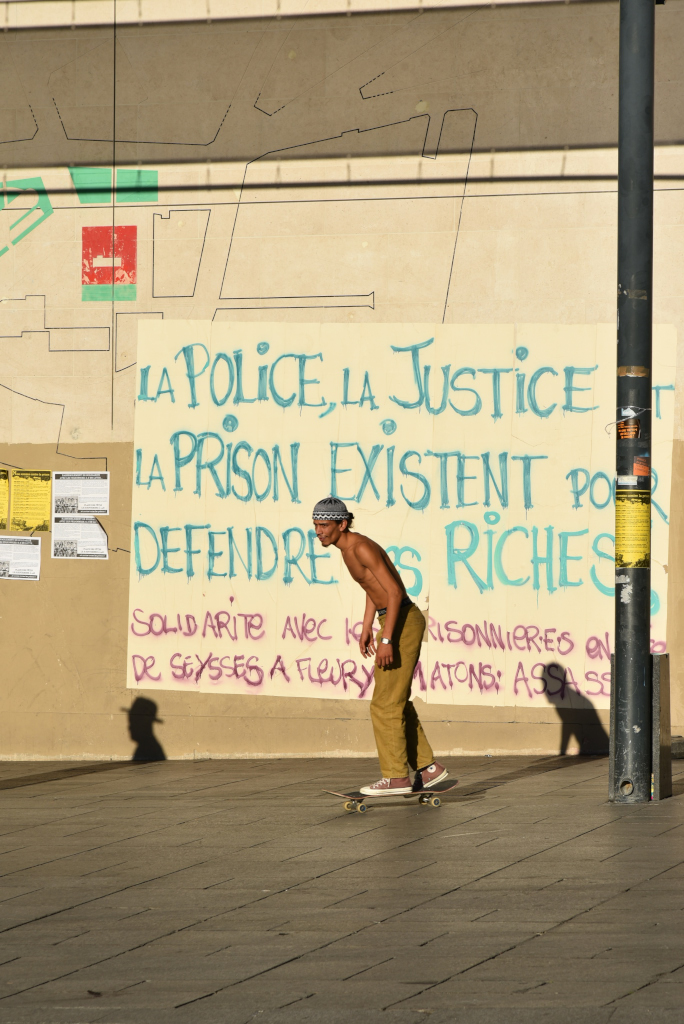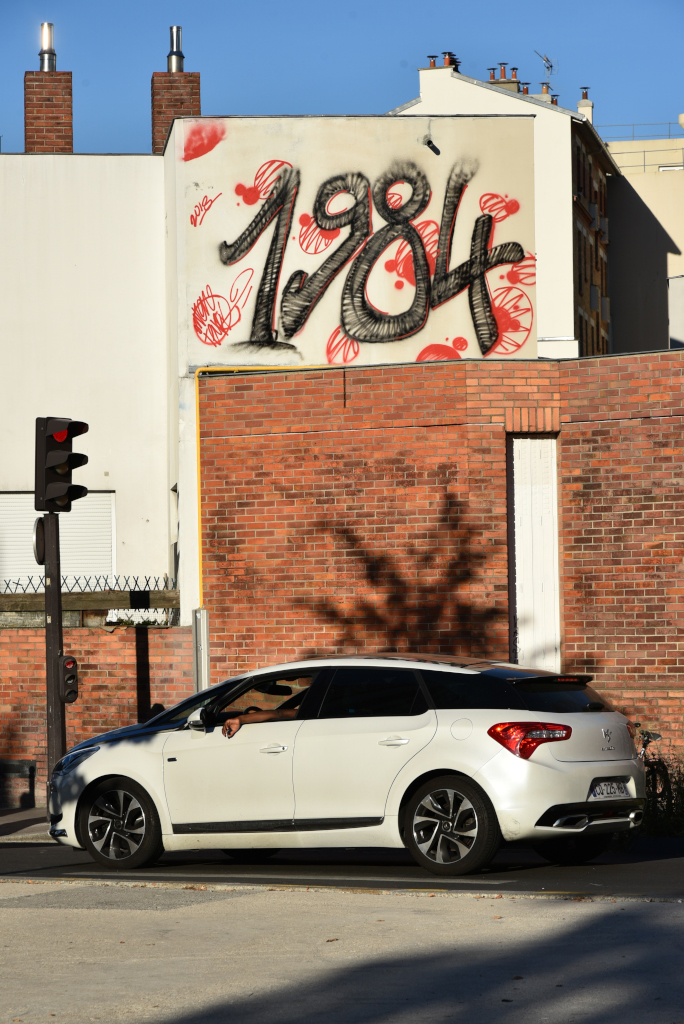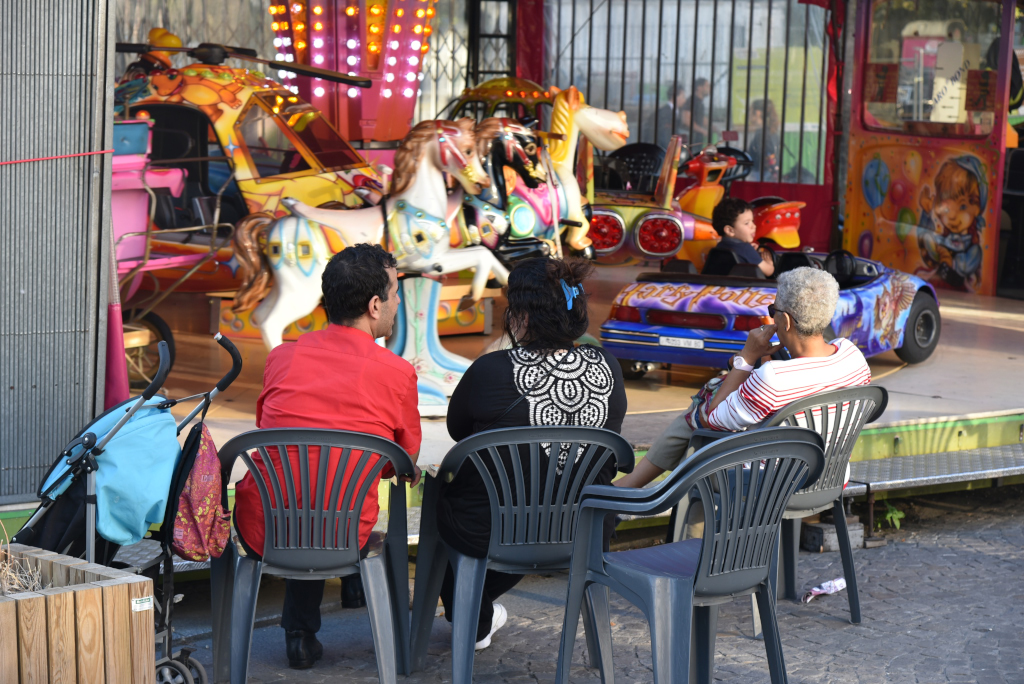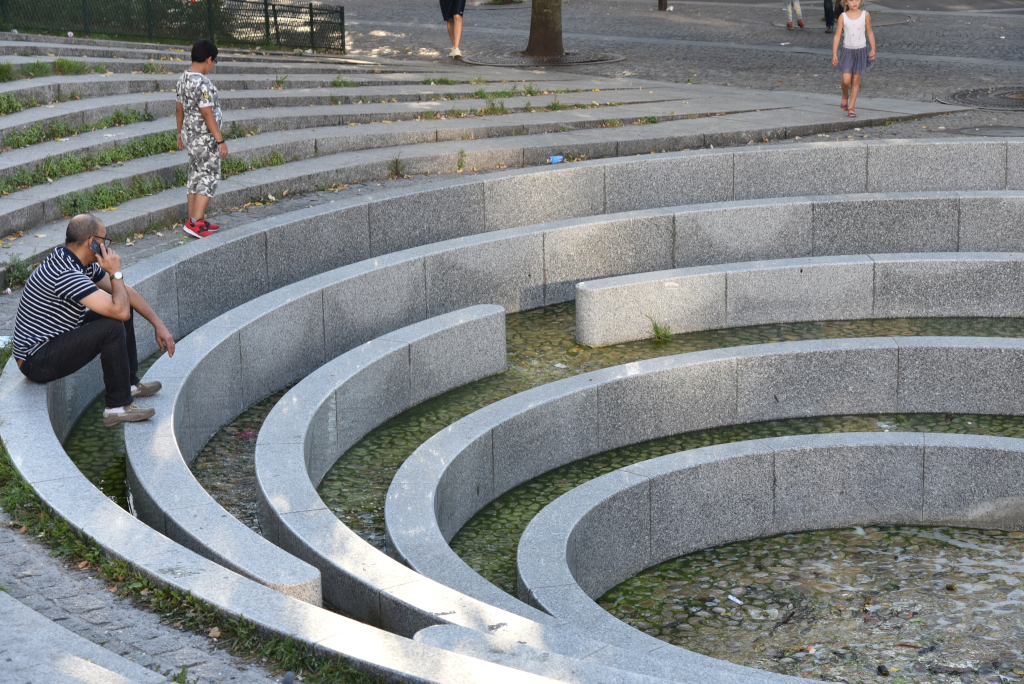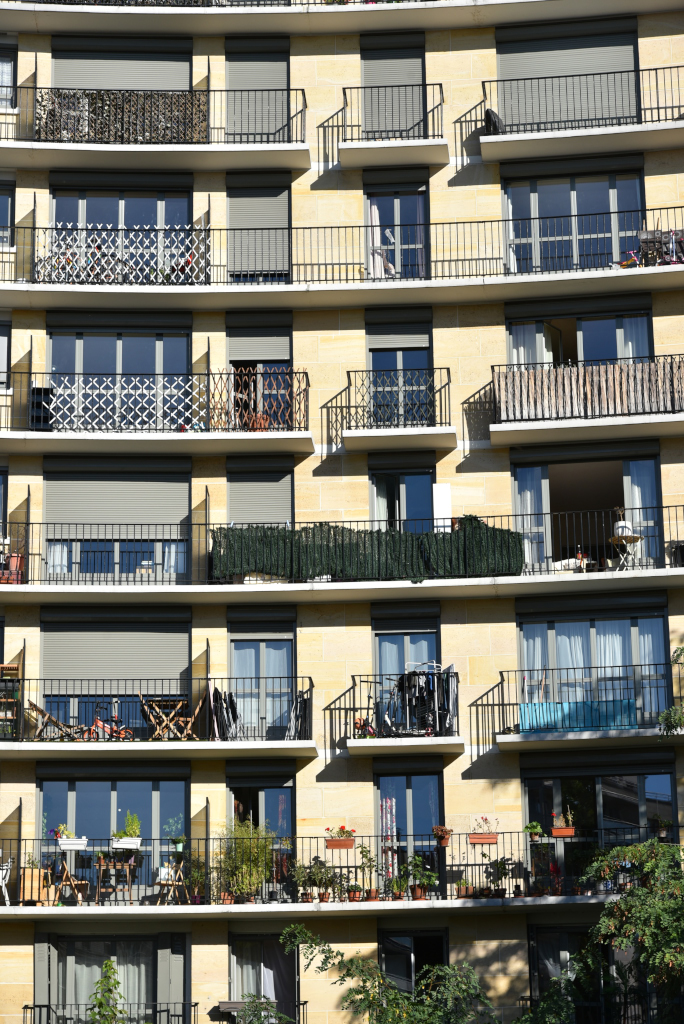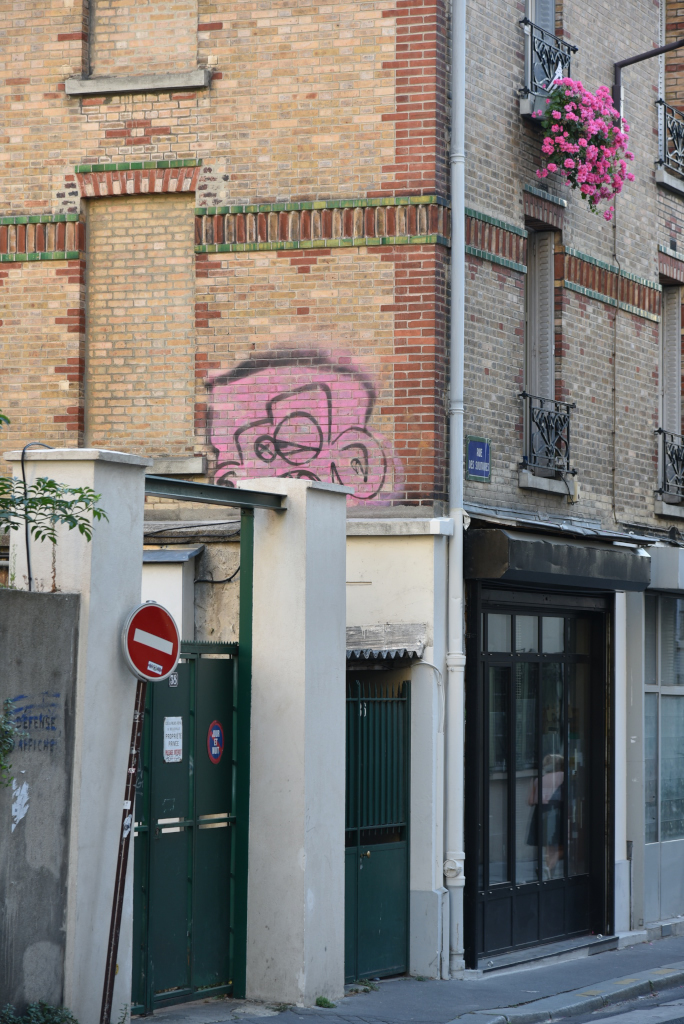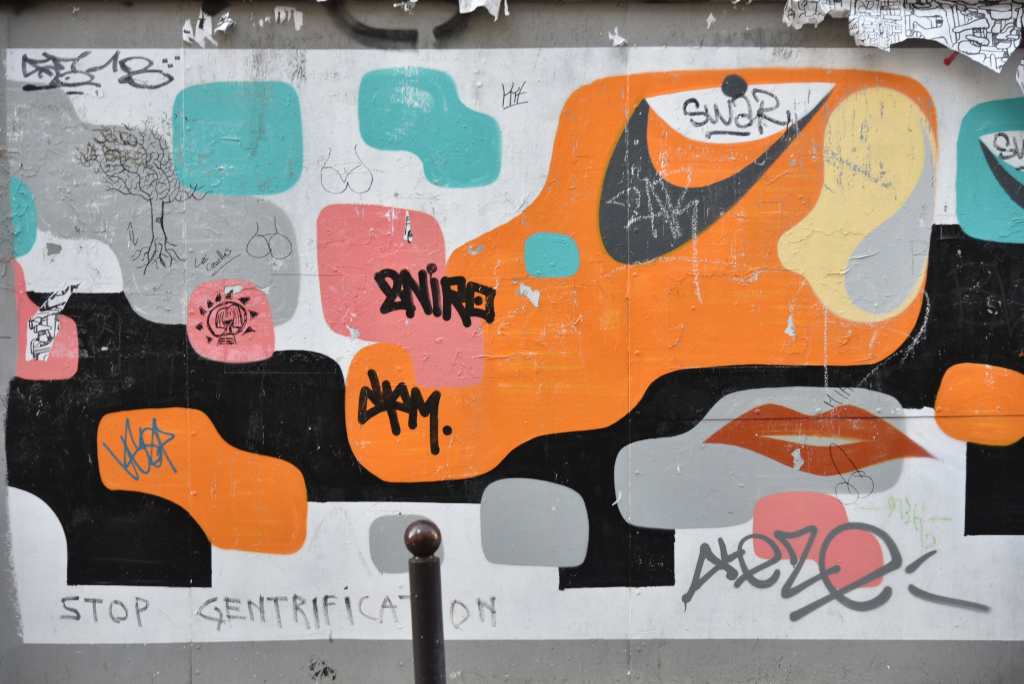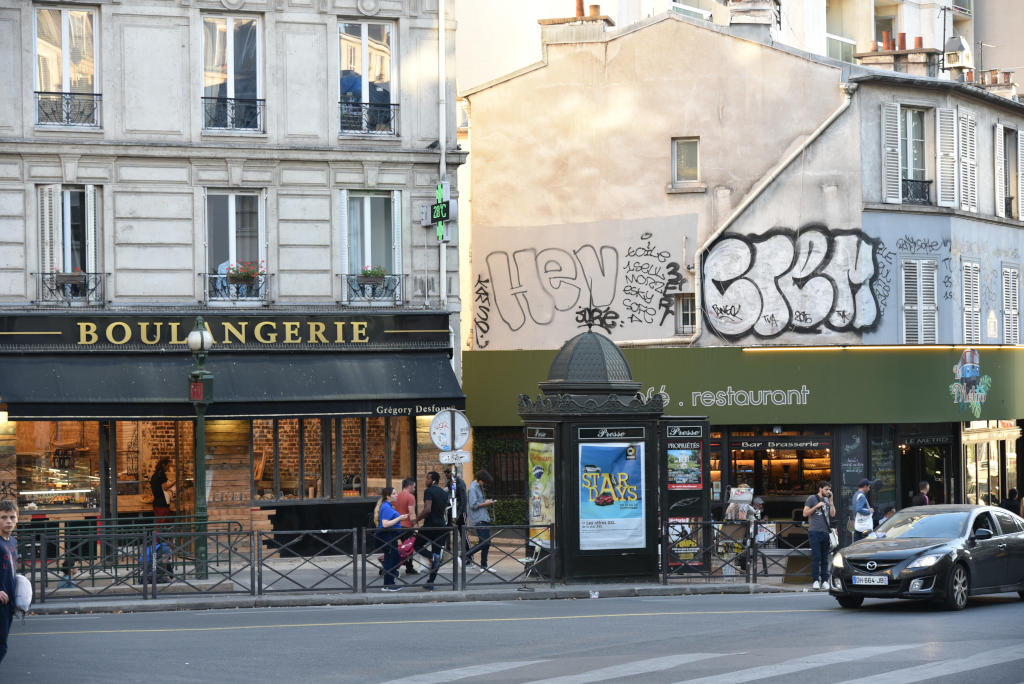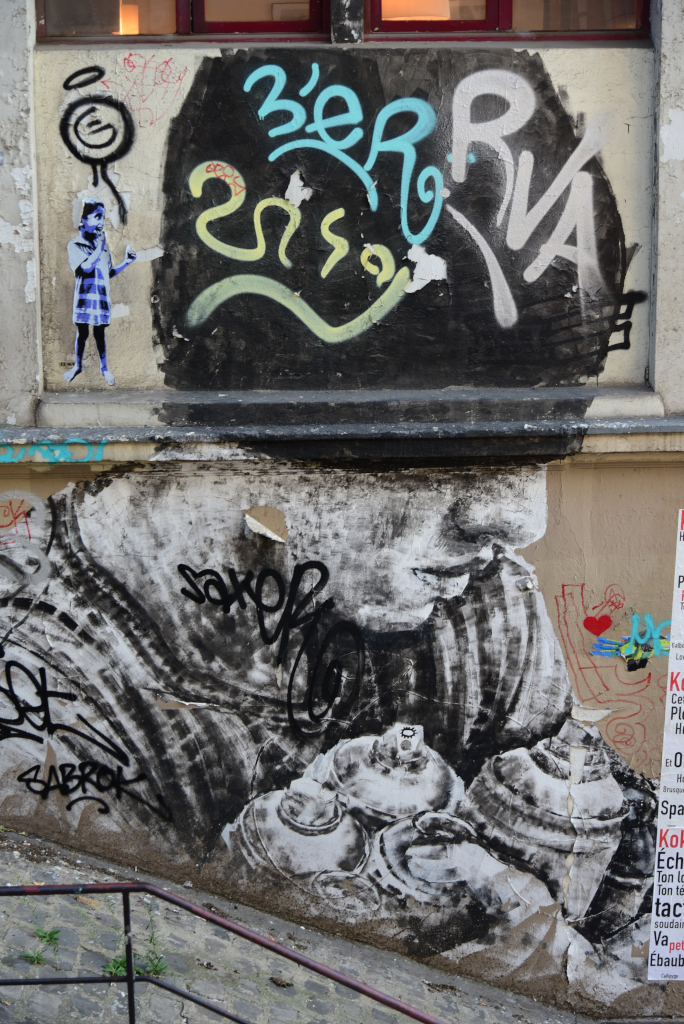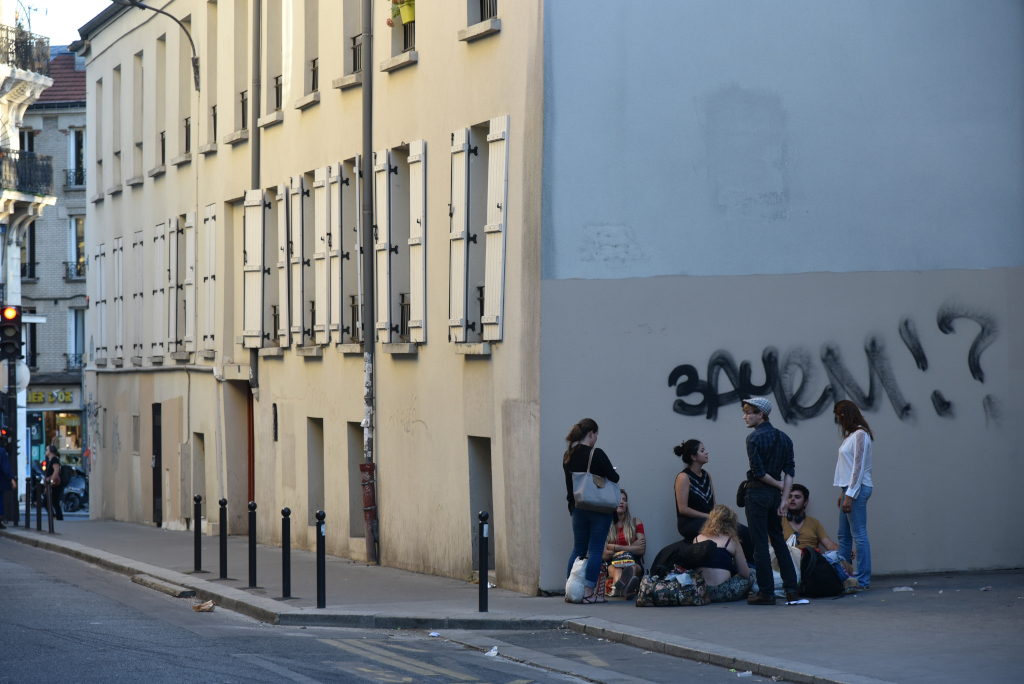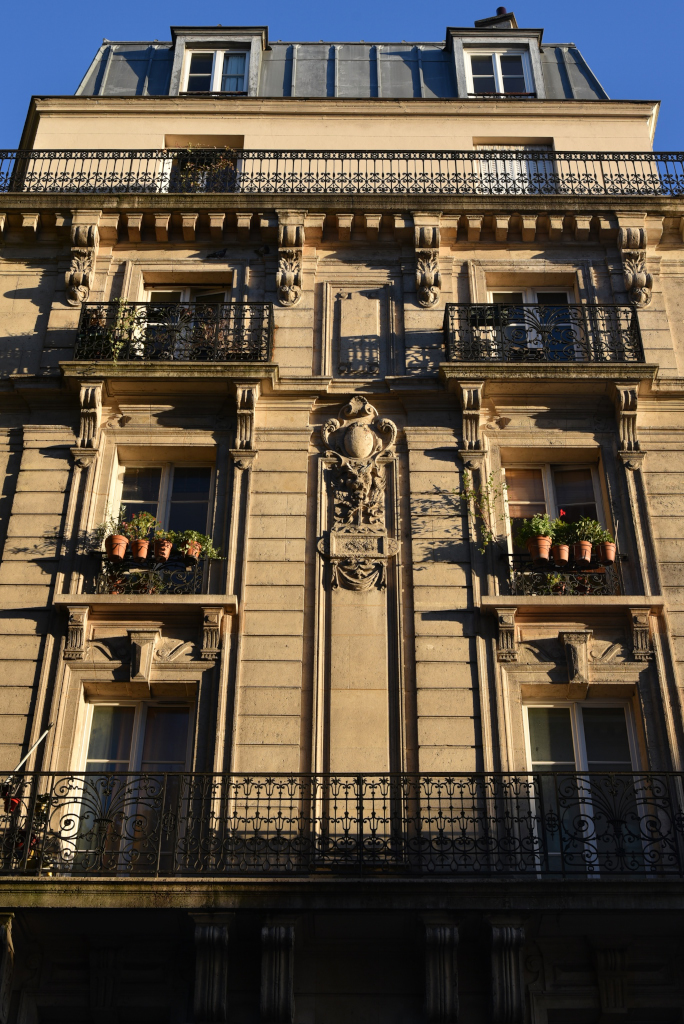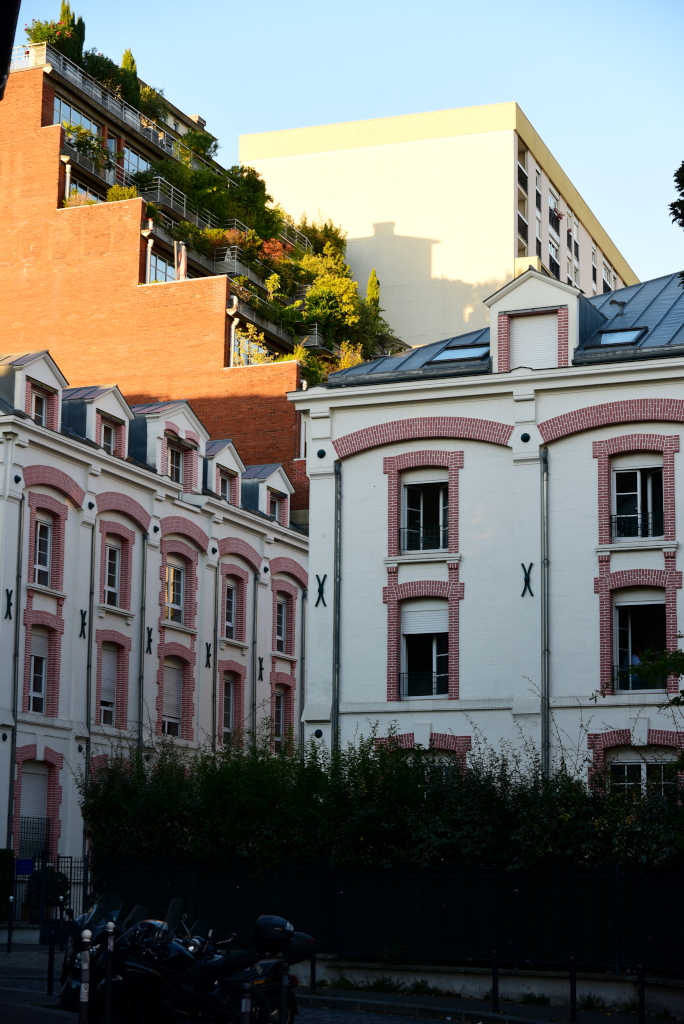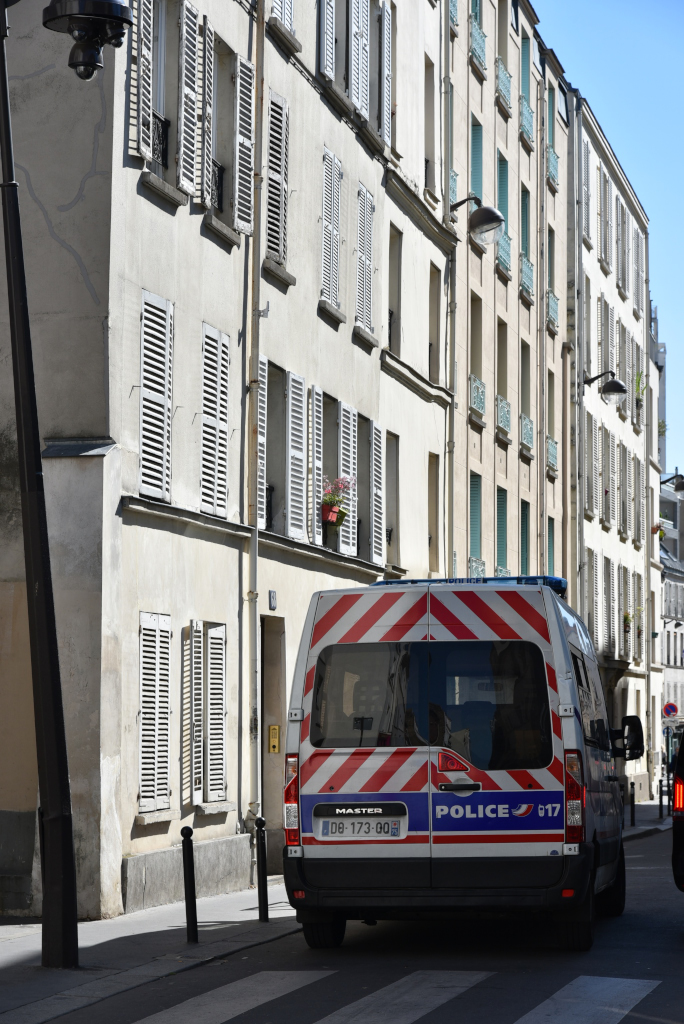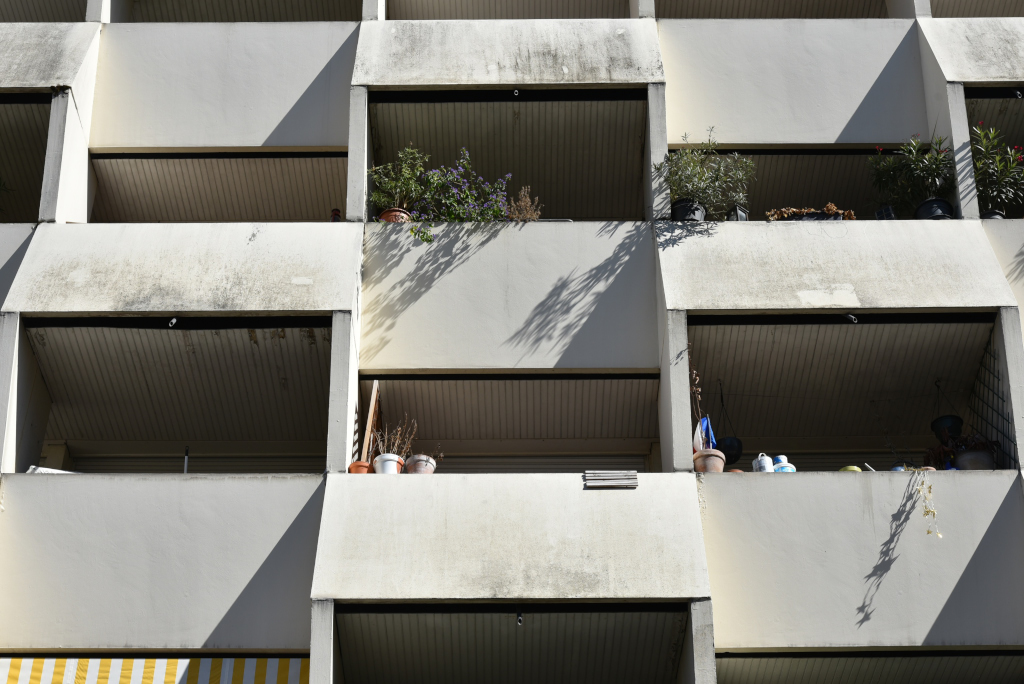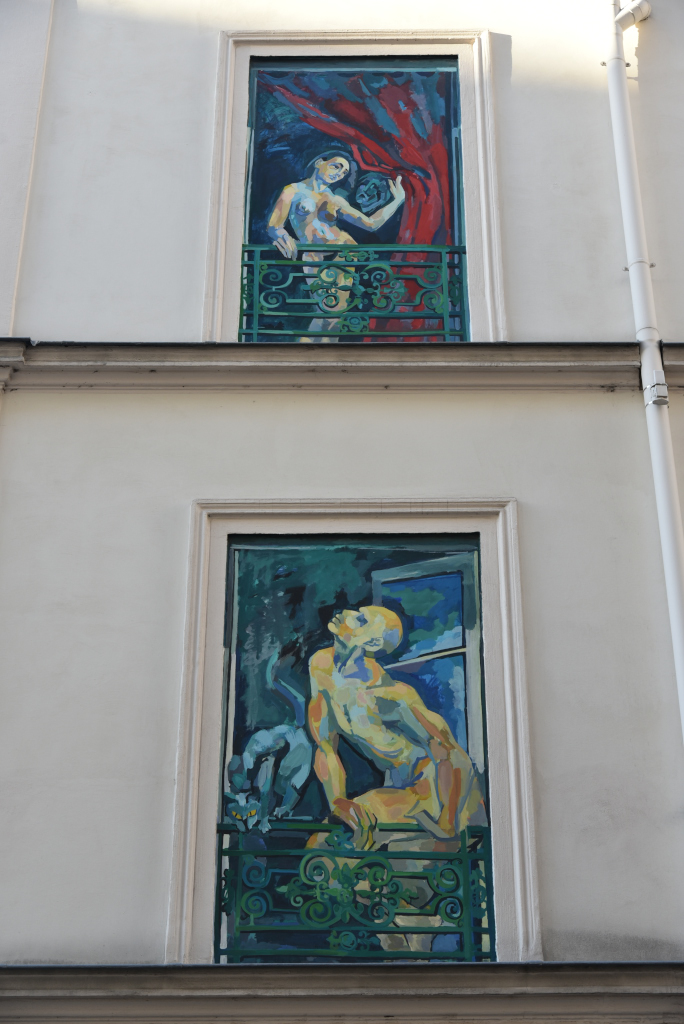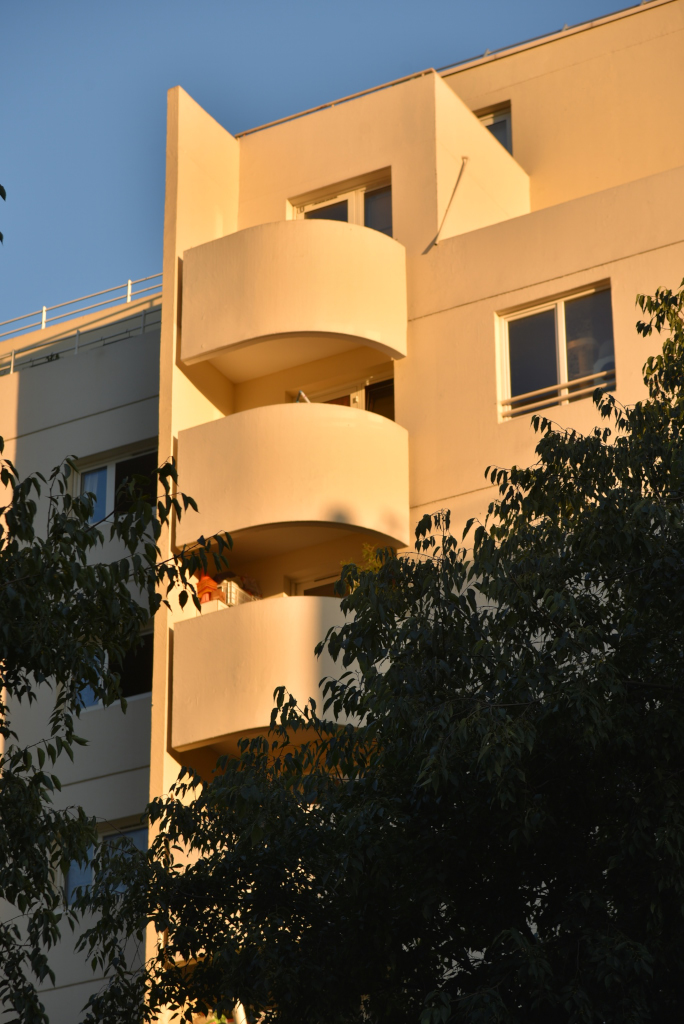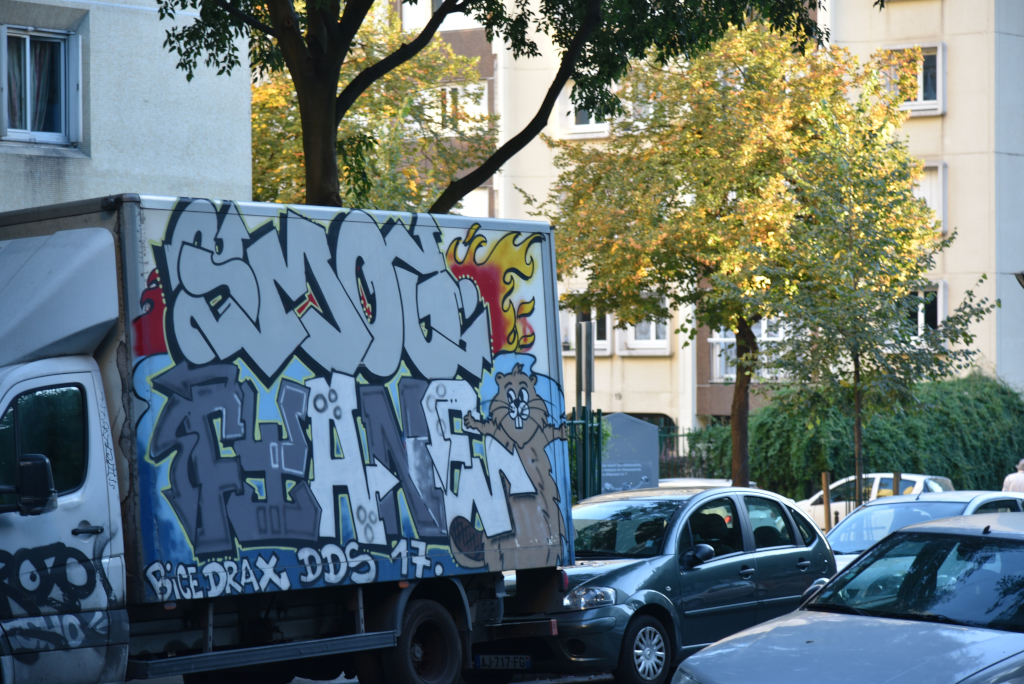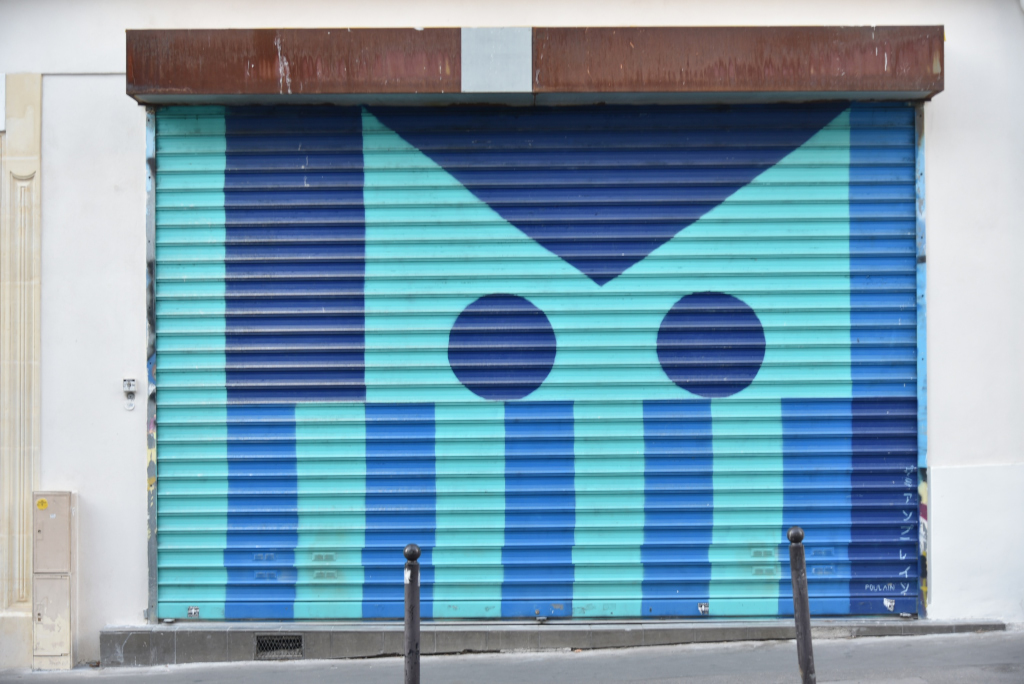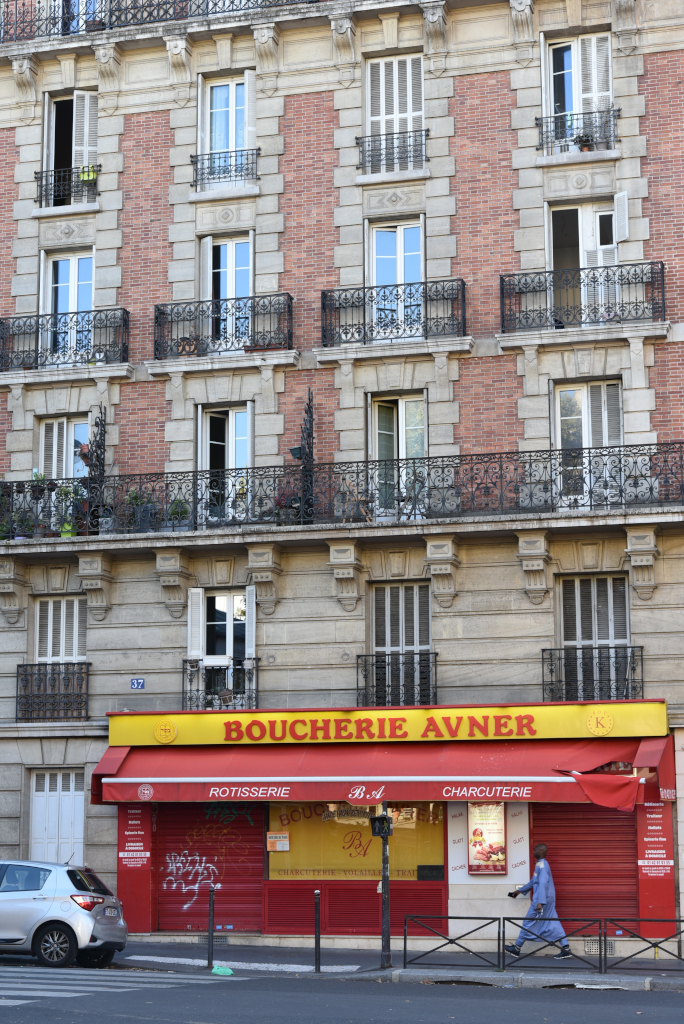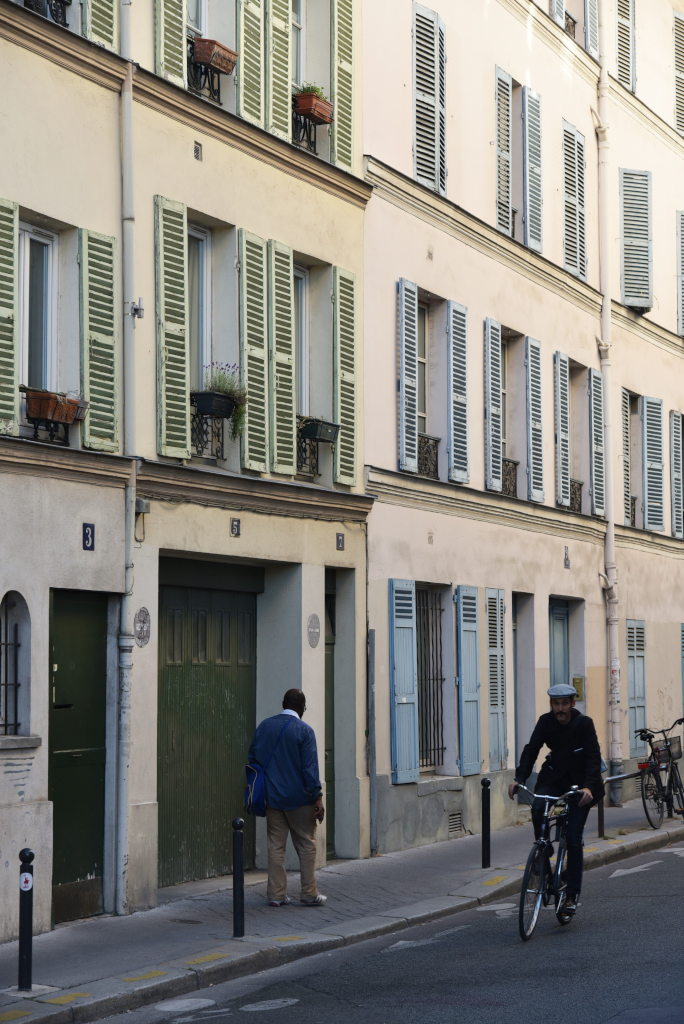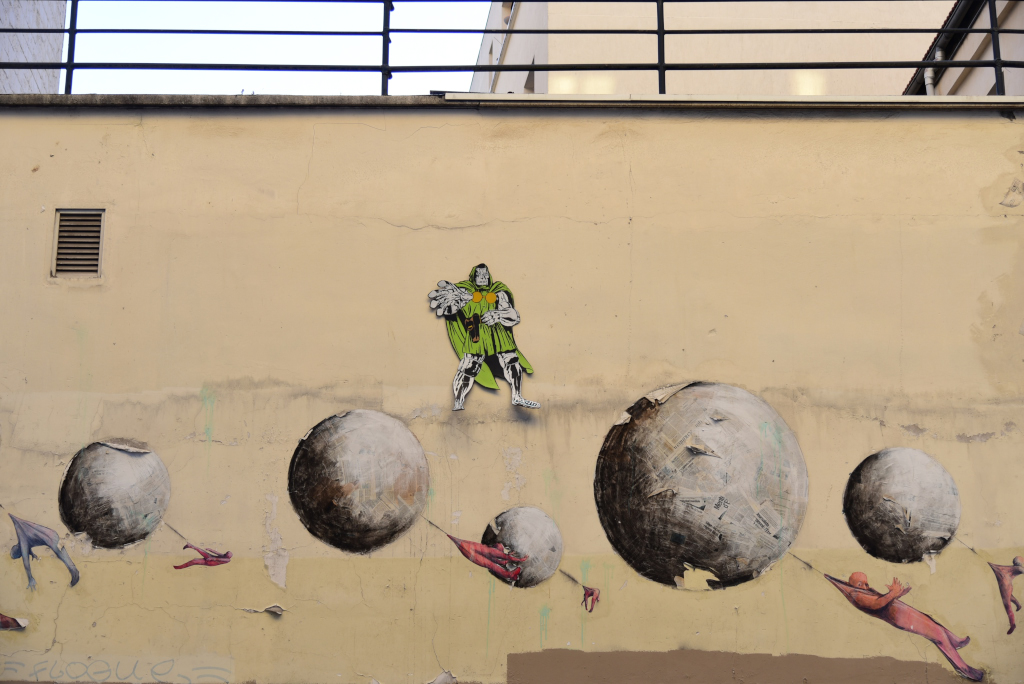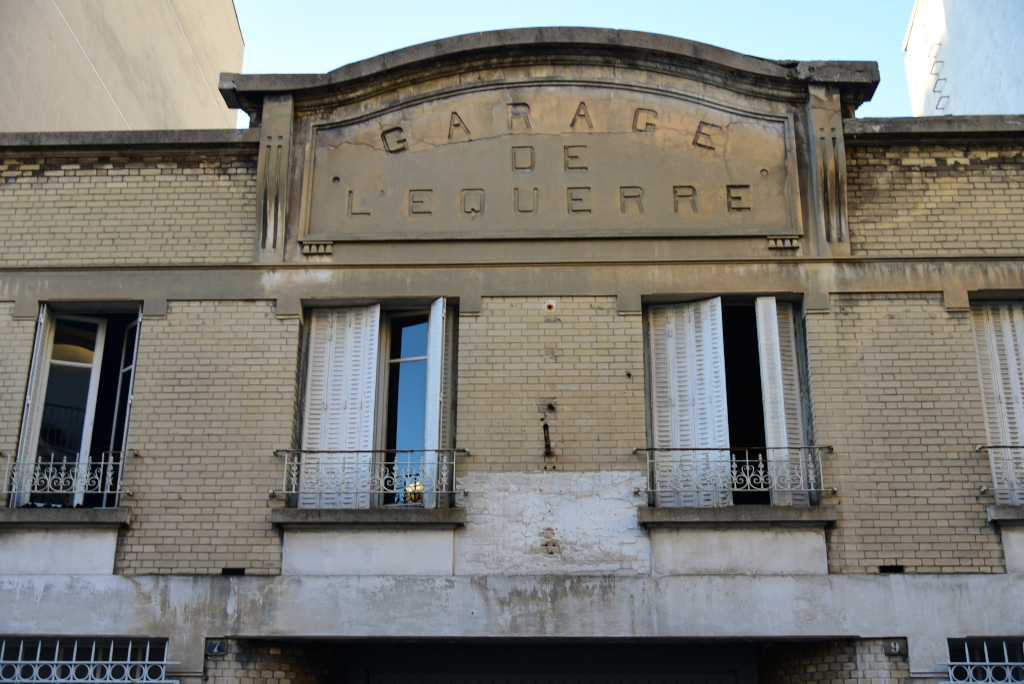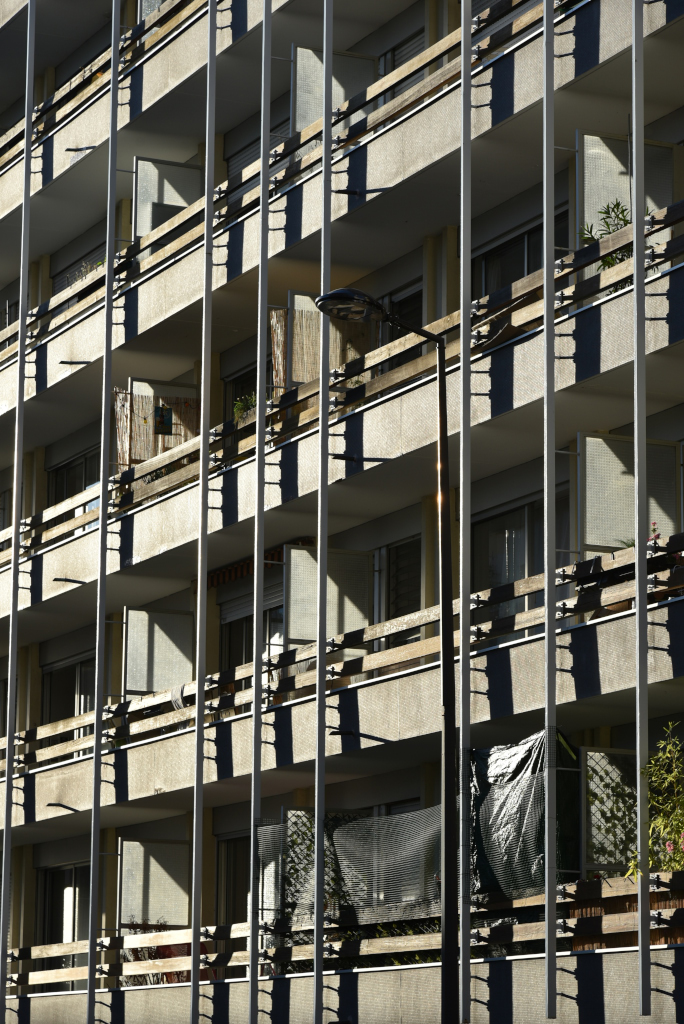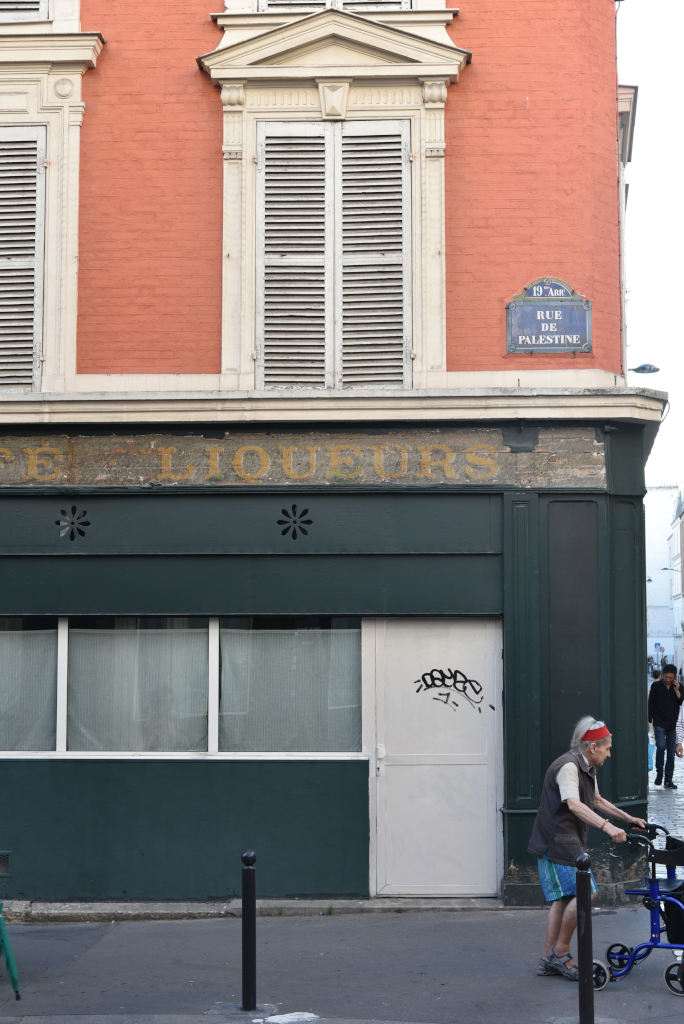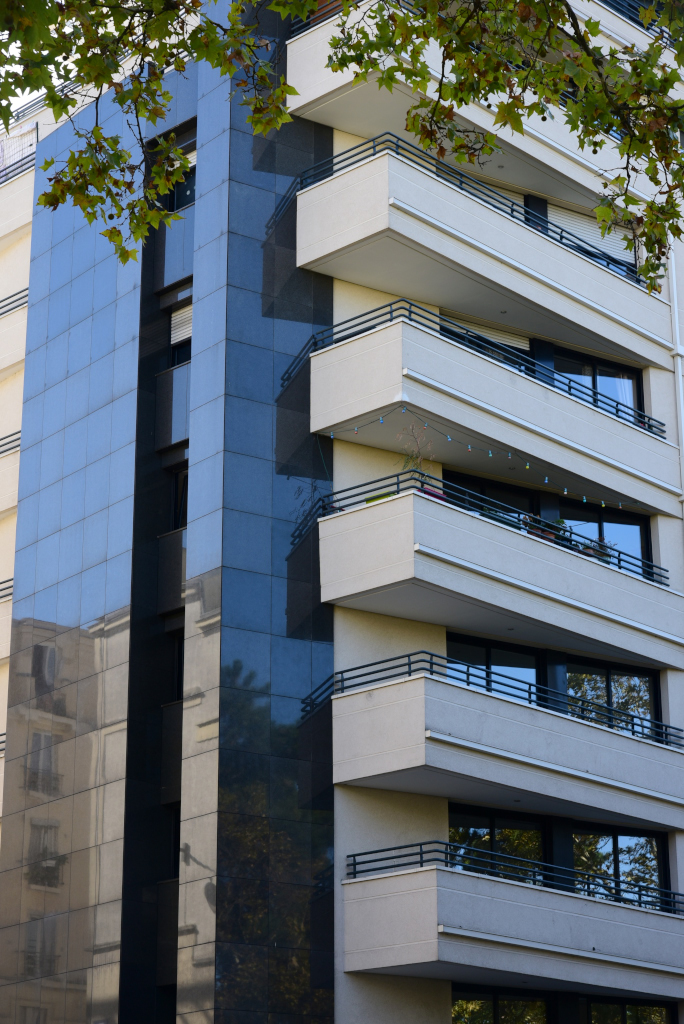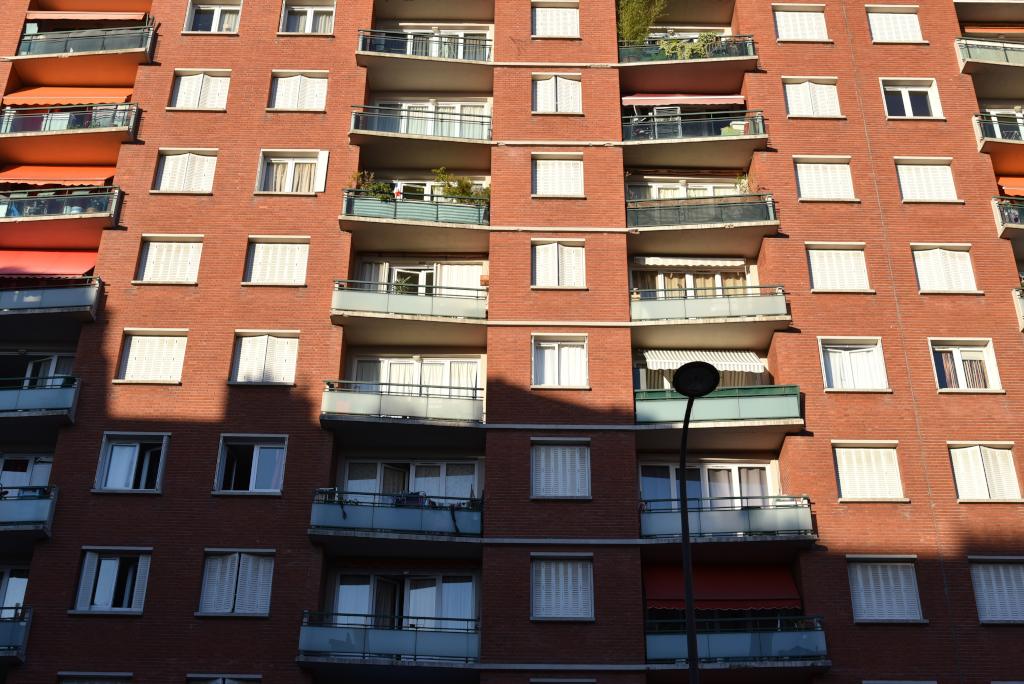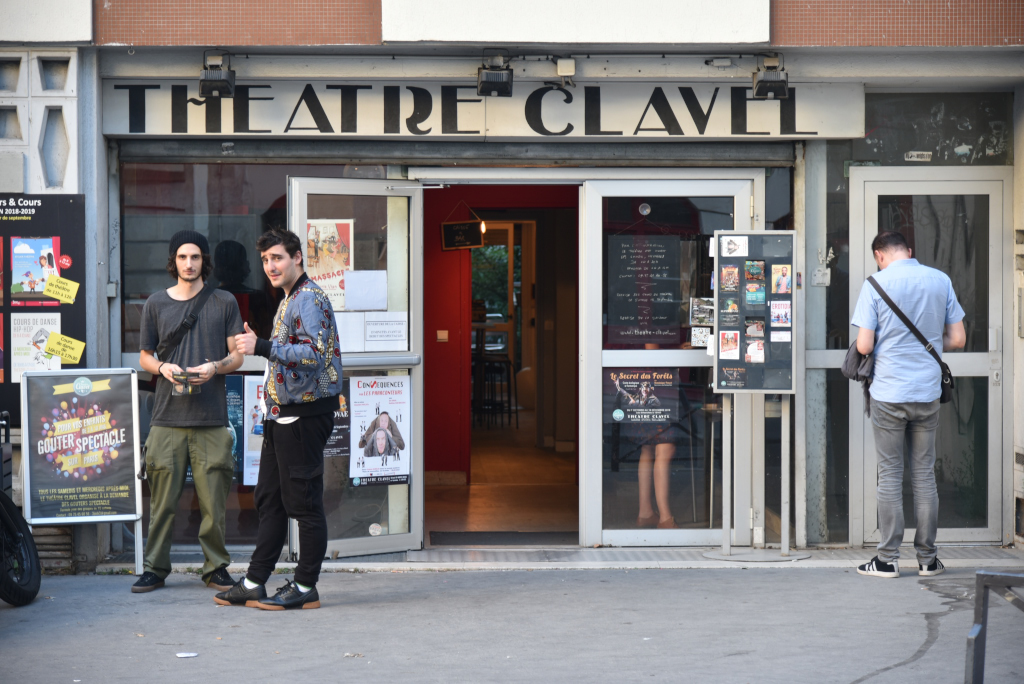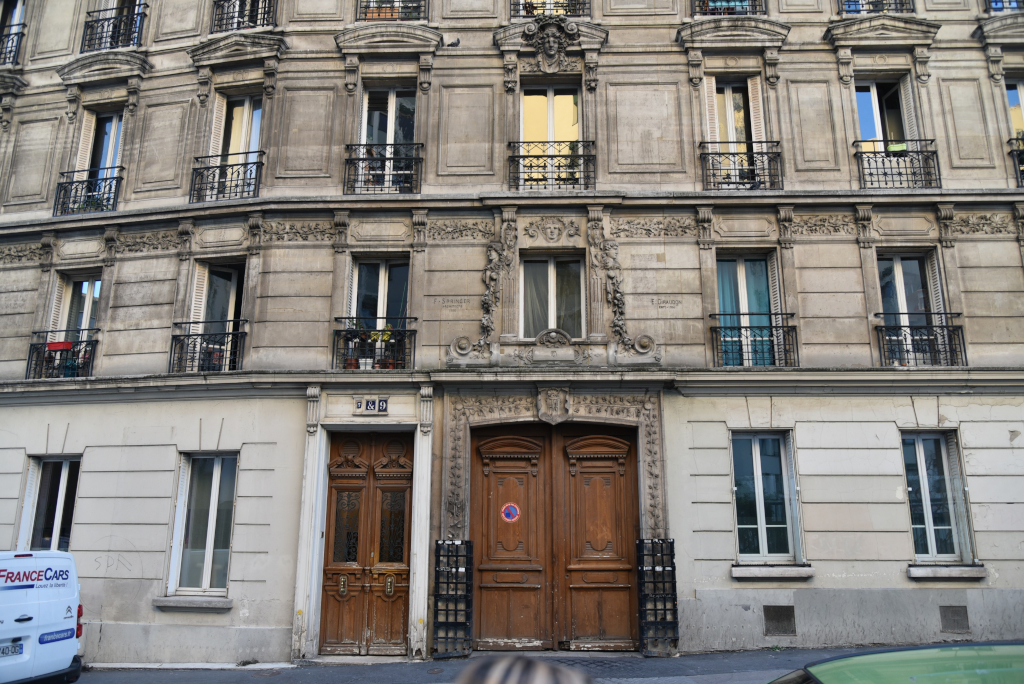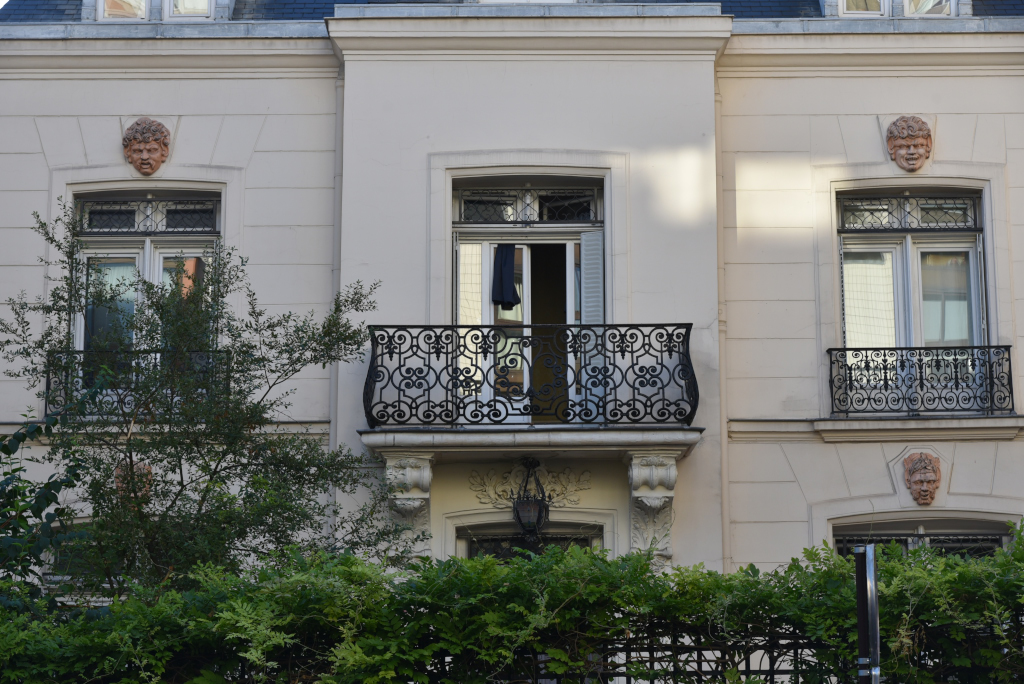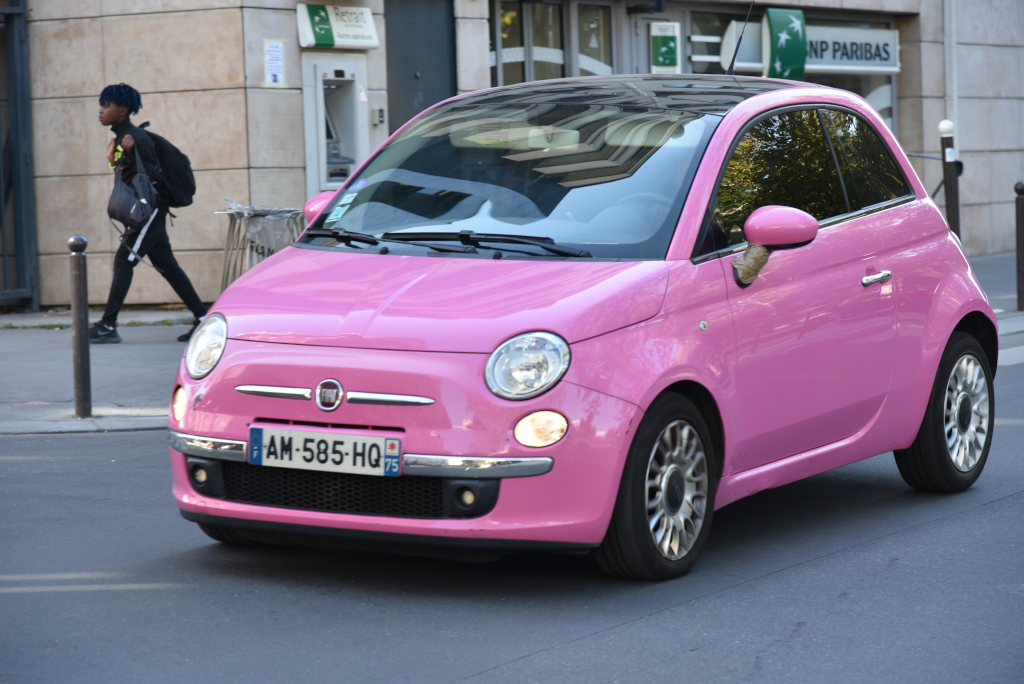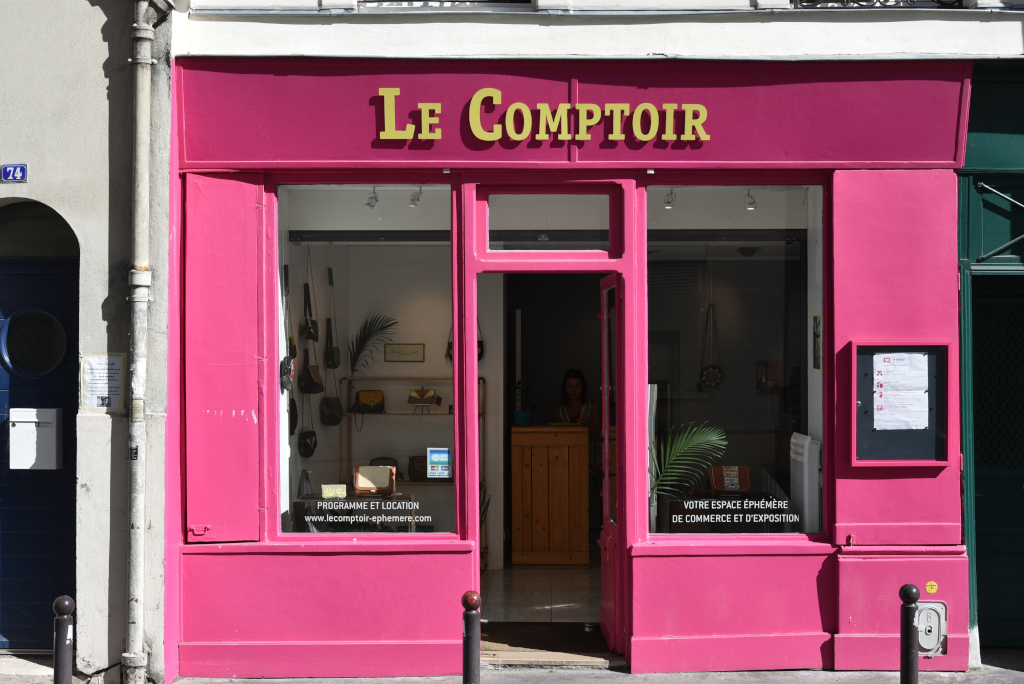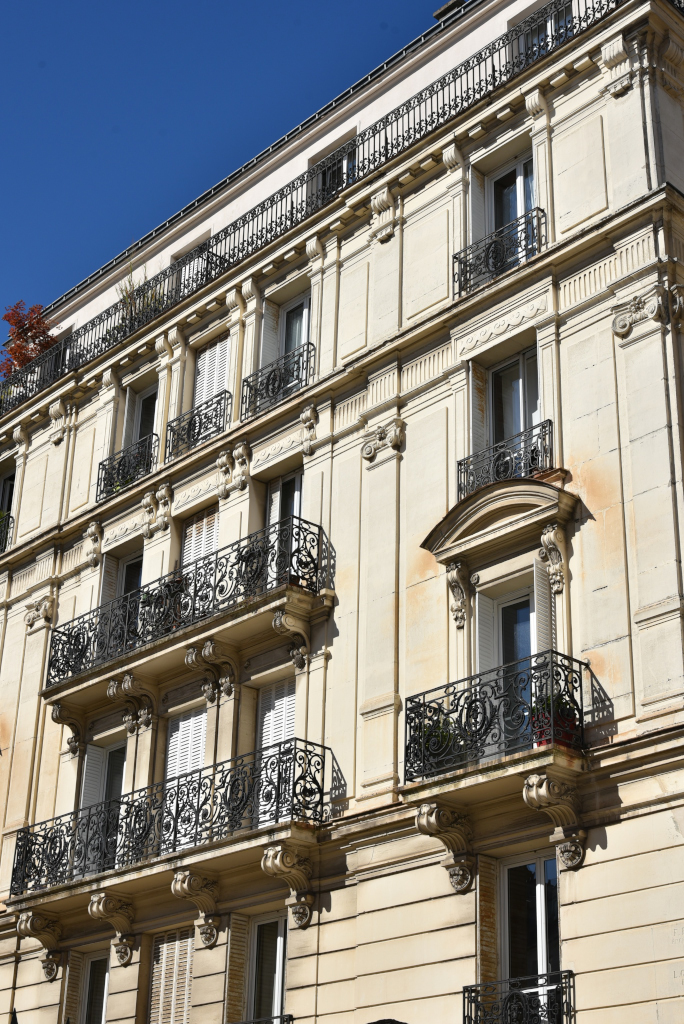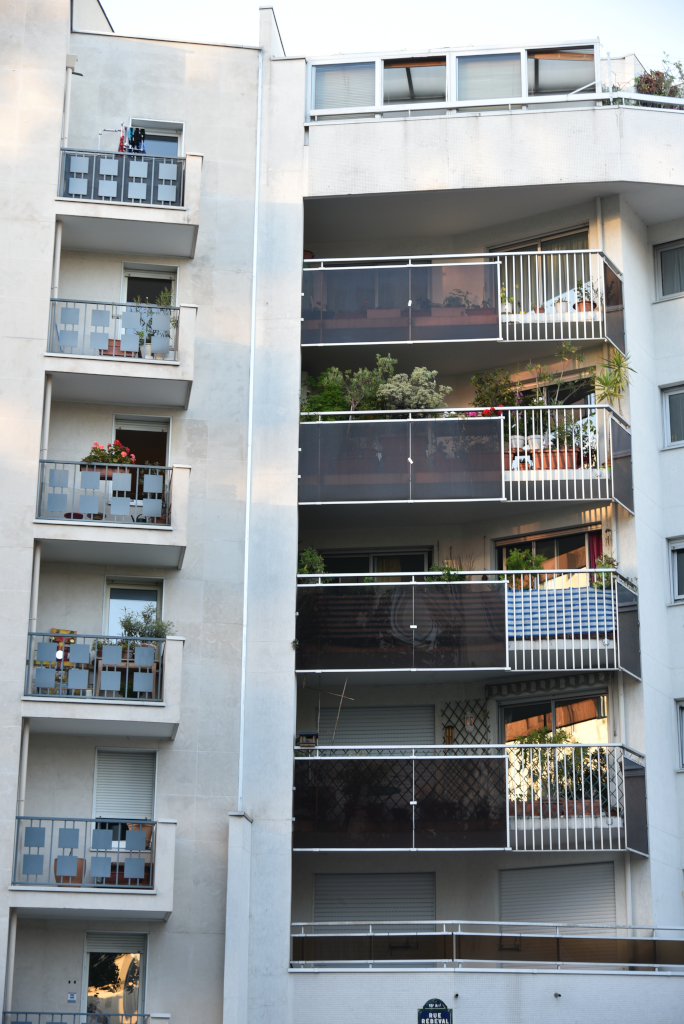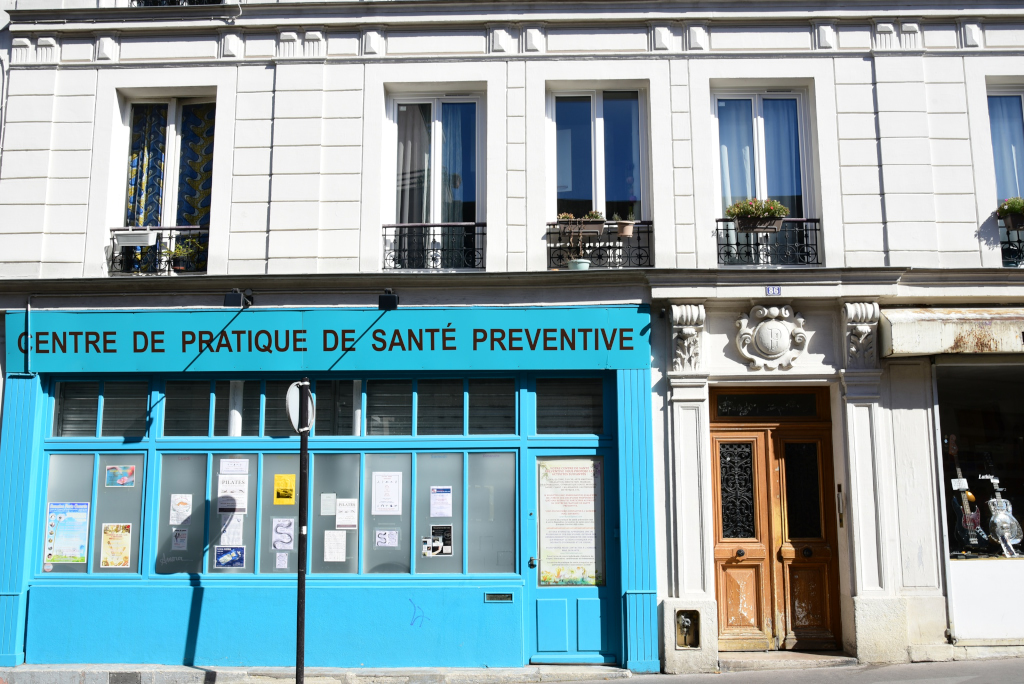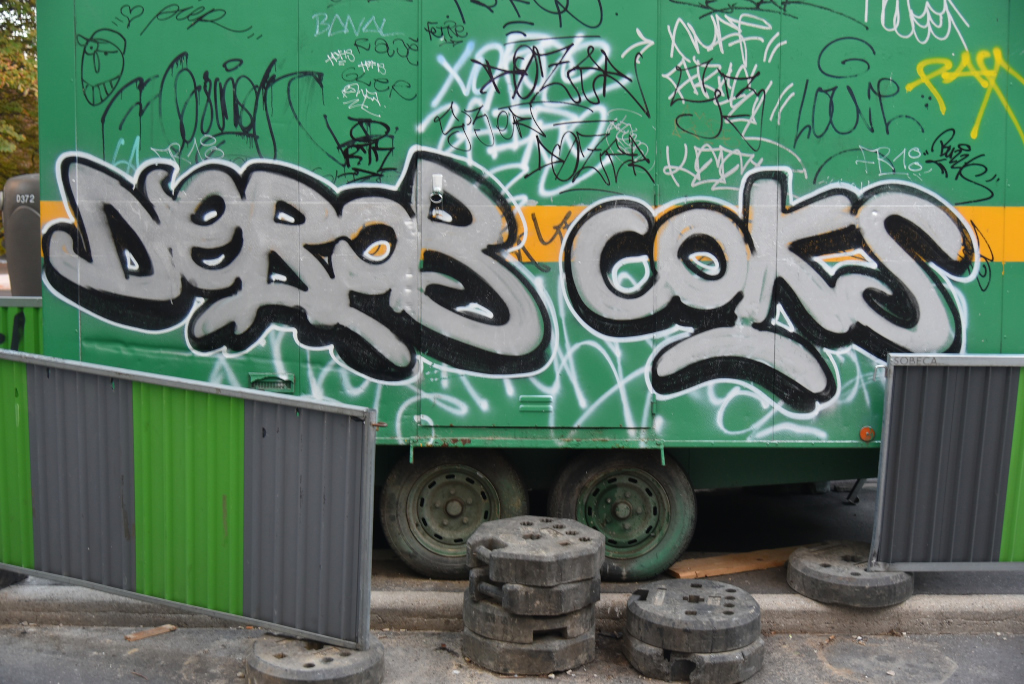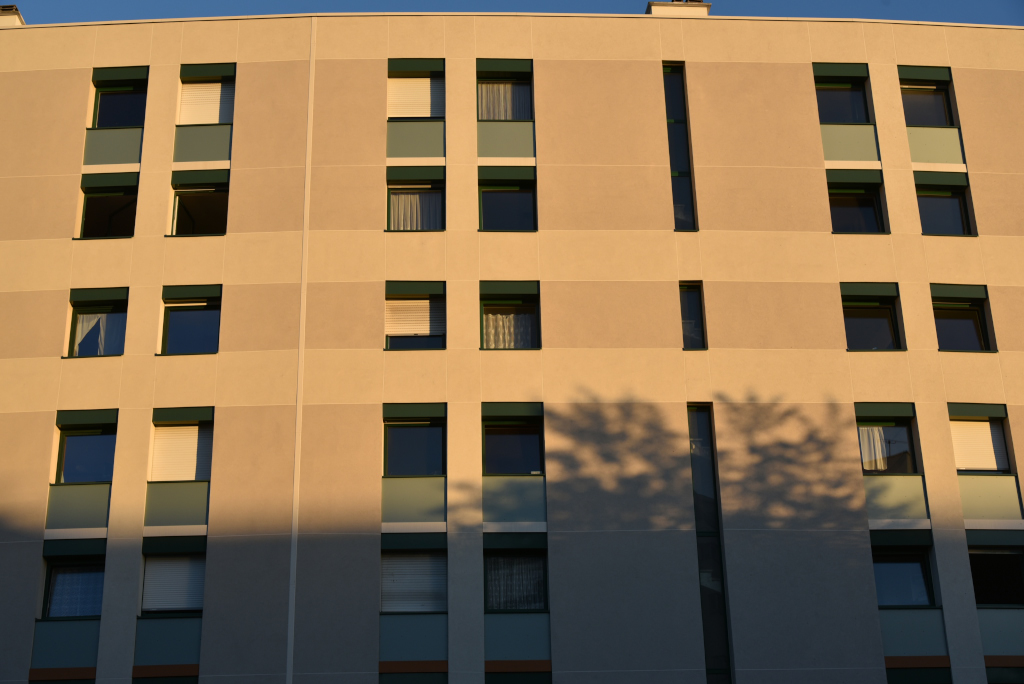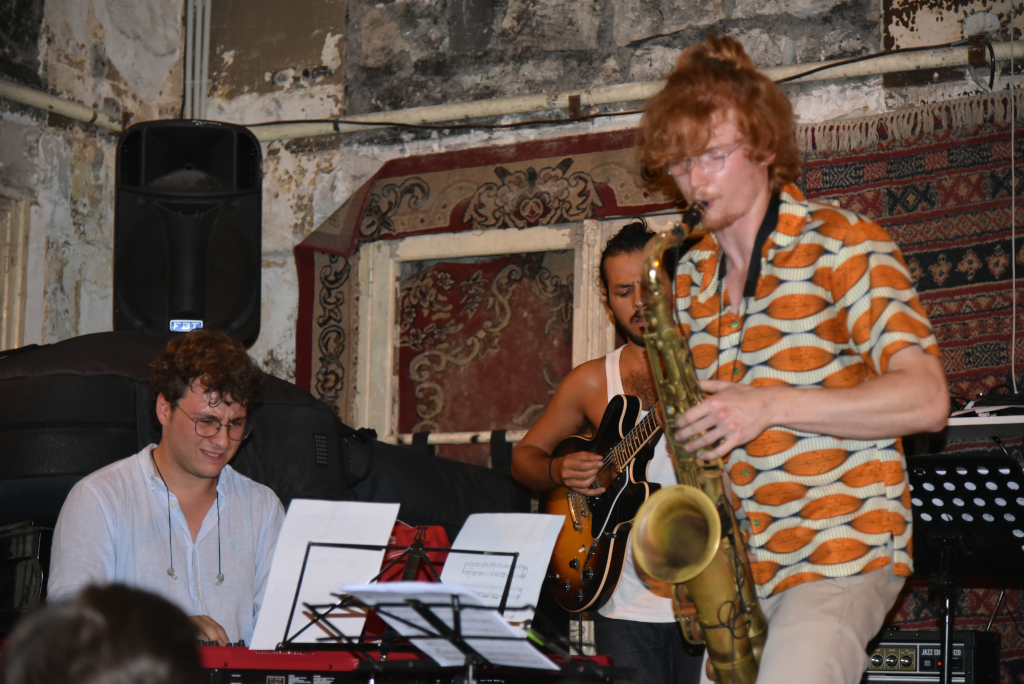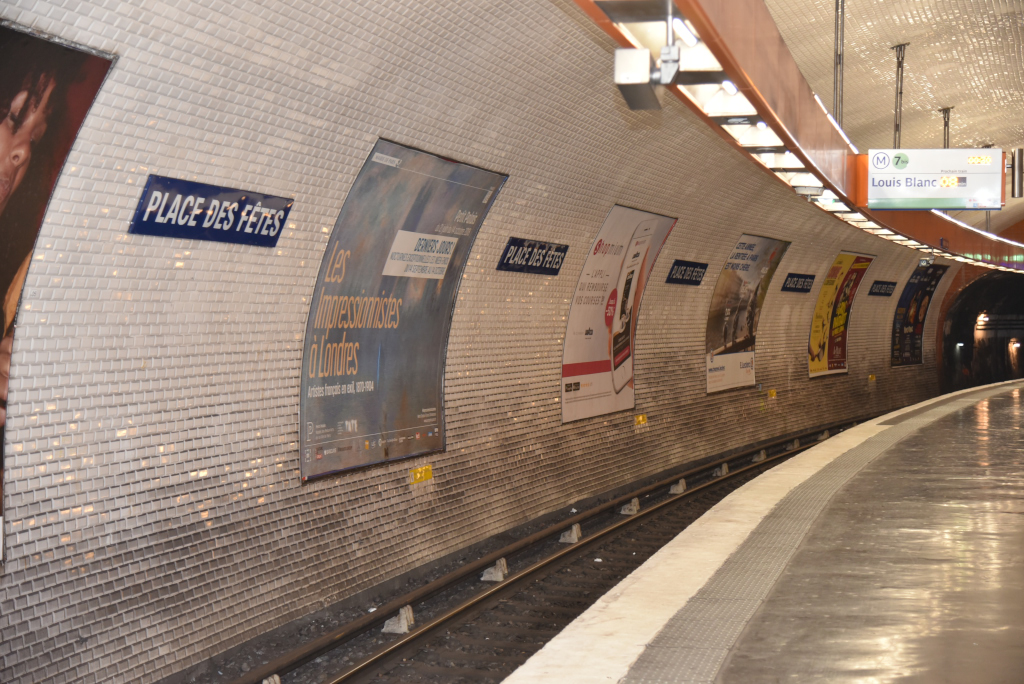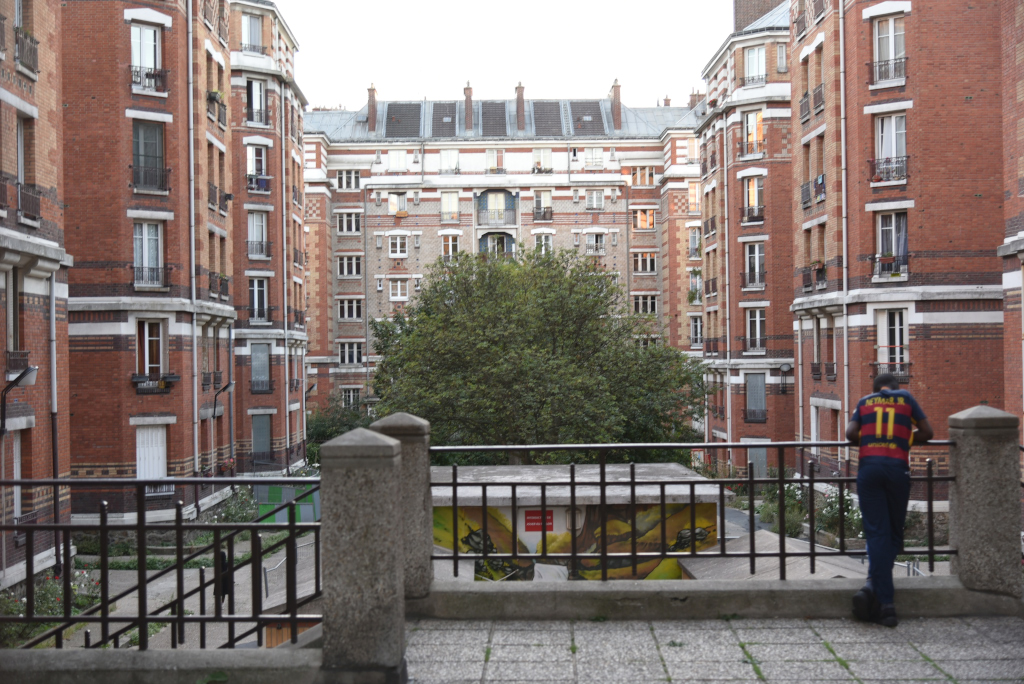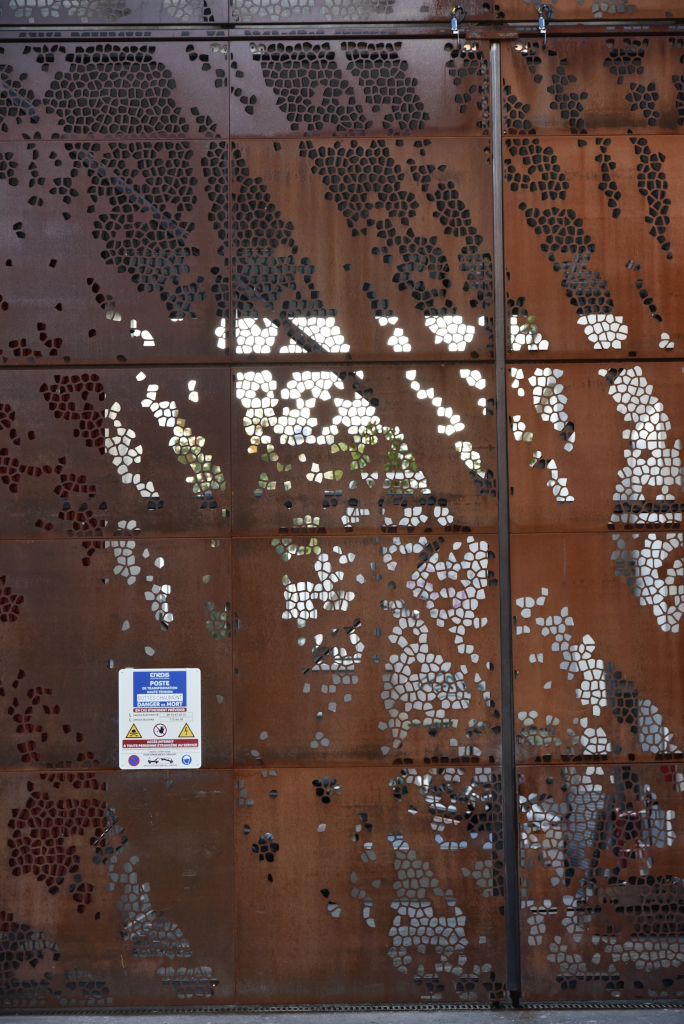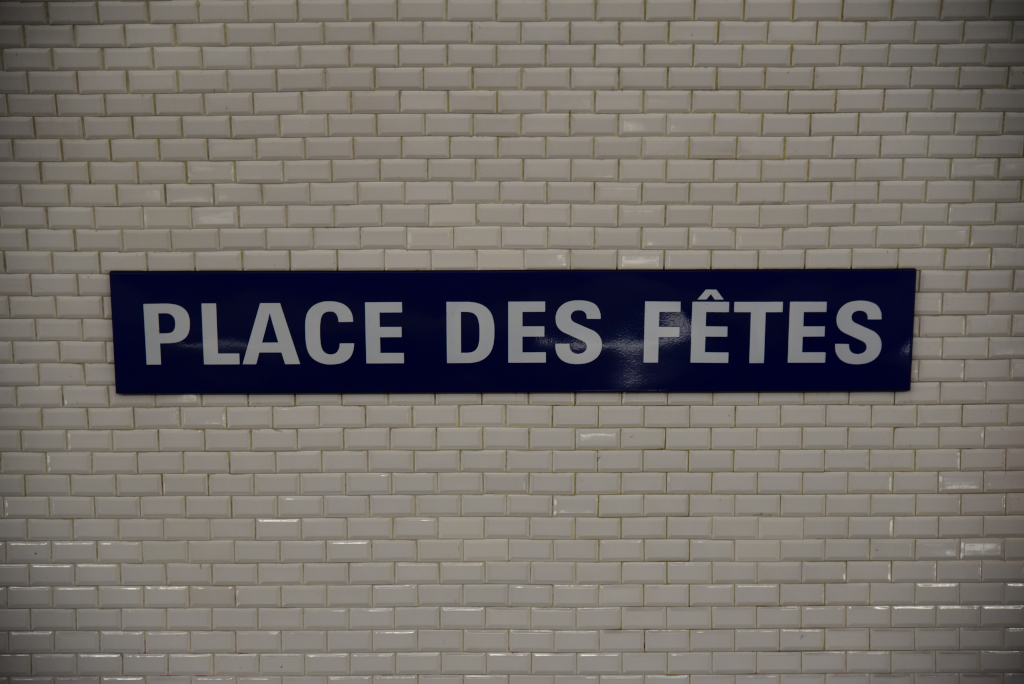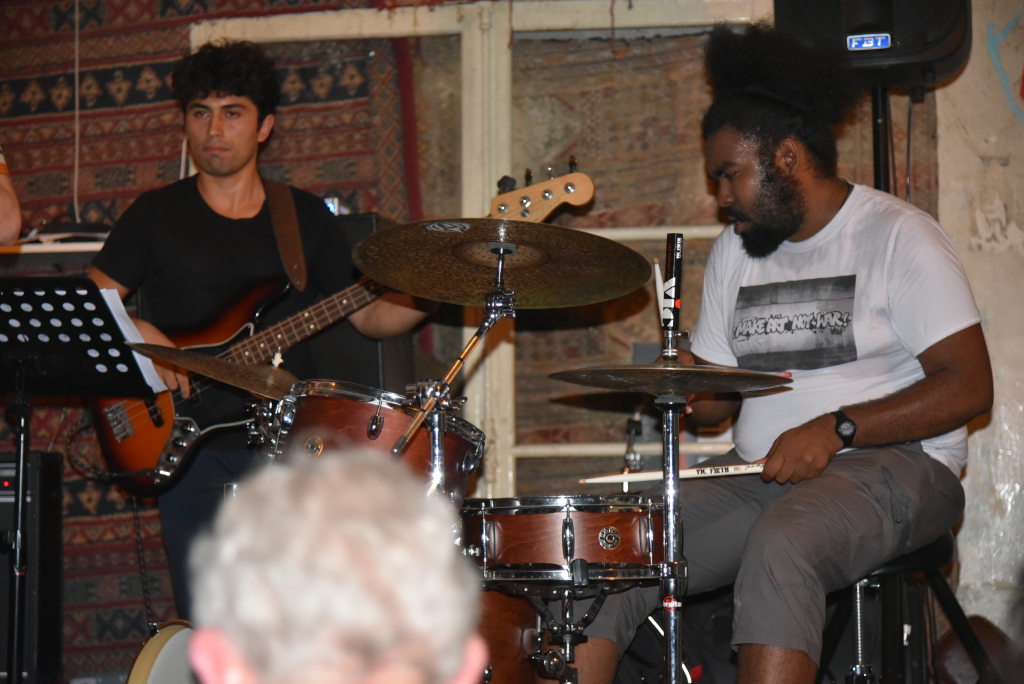September 11, 2018
The 19th arrondissement located in the northeastern sector of Paris is one of the largest in Paris. It contains two of the city’s largest parks, the Parc des Buttes Chaumont and the Parc de la Villette. At a distance from the centre, the 19th Arrondissement has become a sort of cultural hub, especially with the new Philharmonie de Paris music complex. But it is also one of the liveliest and most authentic sectors of the city. Two of the great attractions of the arrondissement – Parc des Buttes Chaumont and La Mouzaïa neighborhood – are described later on in this post.
A short and atmospheric walk from the somewhat grimy rue de Belleville lies the Parc des Buttes-Chaumont, the fifth-largest park in Paris, after the Bois de Vincennes, Bois de Boulogne, Parc de la Villette and Tuileries garden. It is arguably one of the most beautiful parks of the city, in fact, probably one of the most beautiful urban parks anywhere. The park was created in 1867 during the time of Napoleon III.
Belying the beauty of the contemporary park, Buttes-Chaumont derives its name from the bleak hill which occupied the site, originally almost devoid of vegetation due to the chemical composition of its soil, when it was called Chauve-mont (bare hill). The area had a sinister reputation, as it was the site of the Gibbet of Montfaucon, the notorious place where from the 13th century until 1760 bodies of hanged criminals were displayed after their executions. Following the 1789 Revolution, the area became a refuse dump, and then a place for cutting up horse carcasses and a depository for sewage.
Another part of the site was a former gypsum and limestone quarry mined for the construction of buildings in Paris. The raw material was used for a long time to produce plaster and lime. By the end of the 1850s, the quarry was exhausted. The site was chosen by Baron Haussmann, the Prefet of Paris, for the site of a new public park for the recreation and pleasure of the rapidly growing population of the new 19th and 20th arrondissements of Paris, which had been annexed to the city in 1860.
The heart of the park is an artificial lake of 1.5 hectares surrounding the Île de la Belvédère, a rocky island with steep cliffs made from the old gypsum quarry. On the top is the Temple de la Sibylle, a miniature version of the famous ancient Roman Temple of Vesta in Tivoli, Italy. The island is connected by two bridges with the rest of the park and is surrounded by paths, with a steep stairway of 173 steps leading from the top of the belvedere down through the grotto to the edge of the lake.
The grotto is a vestige of the old gypsum and limestone quarry that occupied part of the site, now adjacent to rue Botzaris on the south side of the park. It is fourteen meters wide and twenty meters high, and has been sculpted and decorated with artificial stalactites as long as eight meters to make it resemble a natural grotto, in the style of the romantic English landscape garden of the 18th and 19th century. An artificial waterfall, fed by pumps, cascades from the top of the cave and down through the grotto to the lake.
The Mouzaïa district is located east of the Parc des Buttes-Chaumont at the south of the 19th arrondissement of Paris. It consists of small, charming houses, built in brick along 3 metre-wide alleys, lined with flower gardens. The villas of Alsace, Eugène-Leblanc, Émile-Loubet, Bellevue, Les Lilas, Sadi-Carnot and Félix-Faure are on the south side of the Rue de Mouzaïa, and on the north side are those of Le Progrès. The slopes of the neighborhood are situated over the old quarries on which the district is built.
The neighborhood is named after a locality where a battle during the French colonial conquest of Algeria took place. The district was established on a gypsum deposit known as quarry of America. The quarry, exploited from the Middle Ages to the 1860s, extended over 25 hectares, an area greater than that of the current district.
The Place des Fêtes refers to a large pedestrian square and the surrounding neighborhood located in the south-east corner of the 19th arrondissement of Paris. It is located at the top of the hill of Belleville, and occupies a vaguely oval shape, just over 200 metres in length and about 150 metres wide. The west side of the square is occupied by the square Monseigneur-Maillet, while its east and south sides are bordered by high-rise apartment buildings. The center of the square is a concrete esplanade. It also includes Marta Pan’s labyrinth fountain and a translucent obelisk illuminated at night.
In 1611, hospices acquired the land where the square is now located in order to capture the waters of Belleville to supply the Saint-Louis Hospital. In 1836, the land was sold to the town of Belleville. The genesis of the square occurred with the town planting an alley of four rows of lime trees. The central part was used to organize public parties in front of the church, as well as rallies of the National Guard, patron saint festivals, amusement rides, and so on.
The Parc de la Villette in the northeastern corner of the 19th arrondissement is the second-largest park in Paris, occupying the former location of the largest meat market in France. The original Grande Halle was preserved and restored, and now hosts fairs and various cultural events. Other parts of Villette are home to the Cité de la Musique, the Cité des Sciences, a giant geodome, and the impressive new performance venue, Philharmonie de Paris. The Cité des Sciences et de l’Industrie is located at the northern end of Parc de la Villette and hosts the largest science museum in Europe with a planetarium, an IMAX theater, and an impressive collection of interactive and engaging exhibits.
Located in the heart of the Parc de la Villette, the Museum of Music features 1,000 vintage instruments on display, including ones owned by Frank Zappa and Frederic Chopin. One of the most spectacular attractions of the city, the Philharmonie de Paris is a stellar new performance venue and music complex, designed by Jean Nouvel. The acoustically-superior symphony hall is apparently also the largest in the world. The Conservatoire de Paris is one of the country’s most prestigious schools of music, dance, and drama, and is located next to the Cité de la Musique and the Philharmonie, allowing students to take advantage of the site’s performance spaces. The Conservatoire is much older than the park, dating back to 1795.
Surprisingly, Paris is also a city of urban waterways other than just the Seine river, although it may not seem apparent to the passing visitor. The Canal de l’Ourcq runs northeast from the centre of the city, passing through the Parc de la Villette, and at some distance outside the city paralleling the river Marne. The canal is a recreational hotspot in the summer for water-related sports, the highlight of the season being the Eté du Canal festival. The canal centers on the Basin de la Villette, a rectangular man-made lagoon resulting from the intersections of the Canal de l’Ourcq and Canal Saint-Martin. It was built in 1802 at the order of Napoleon. Today it hosts concerts, movies, and festivals in the buildings that front onto the bassin.
The Paris metro is one of the great and storied public transit systems of the world. Not so well-known to the outsider is the fact that the system features some very minor, off-beat lines, such as the 7b that takes us from Place des Fêtes to Louis Blanc station, just outside of Gare de l’Est, where we transfer onto the 7, then continue to the area of Porte de la Villette in the northeast of the city. The object of our visit is La Gare, a shambolic former station on the defunct commuter line that encircled the city, now providing a wonderful and off-beat venue for young local jazz musicians to play in its intimate setting.
(Narrative excerpted from Wikipedia and www.parisinsidersguide.com)

